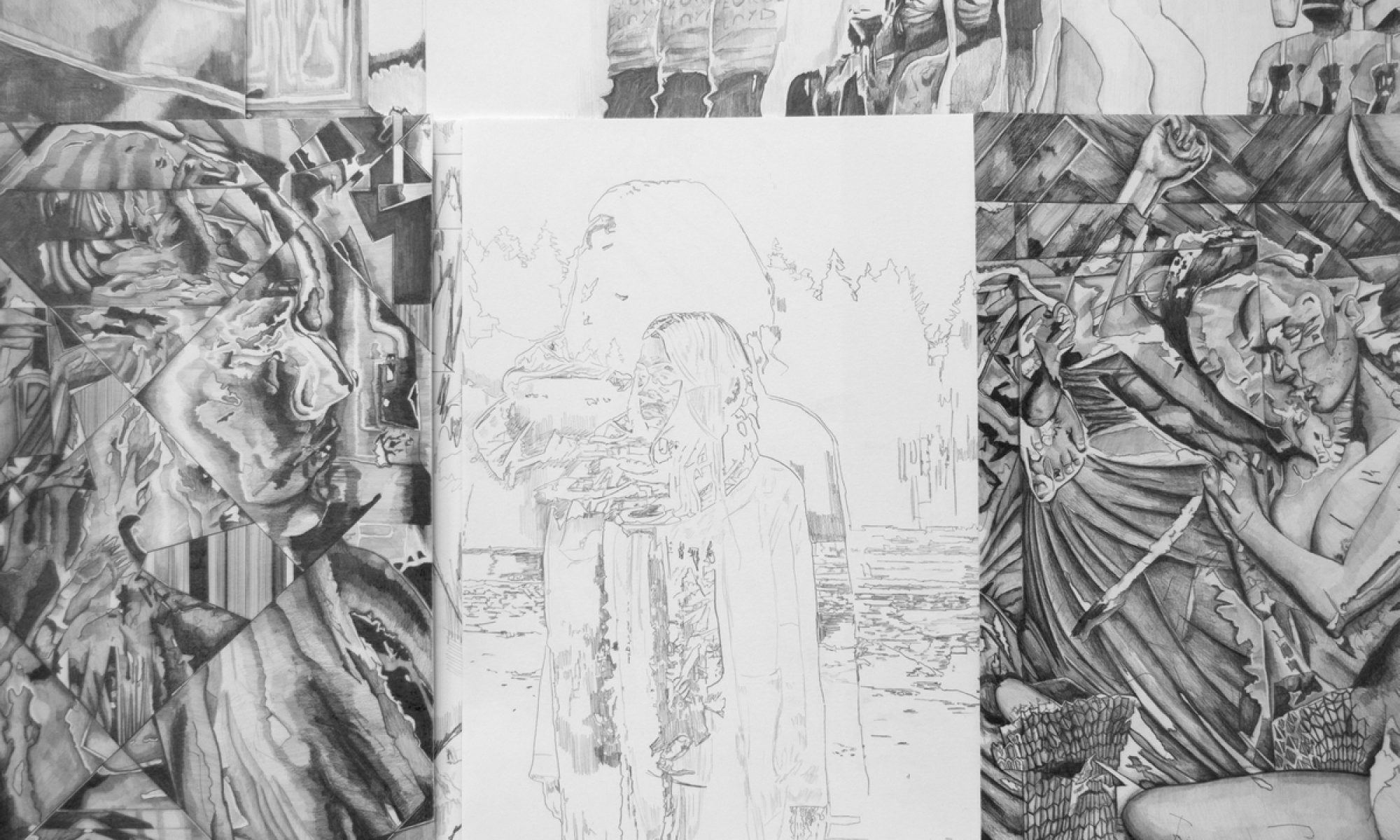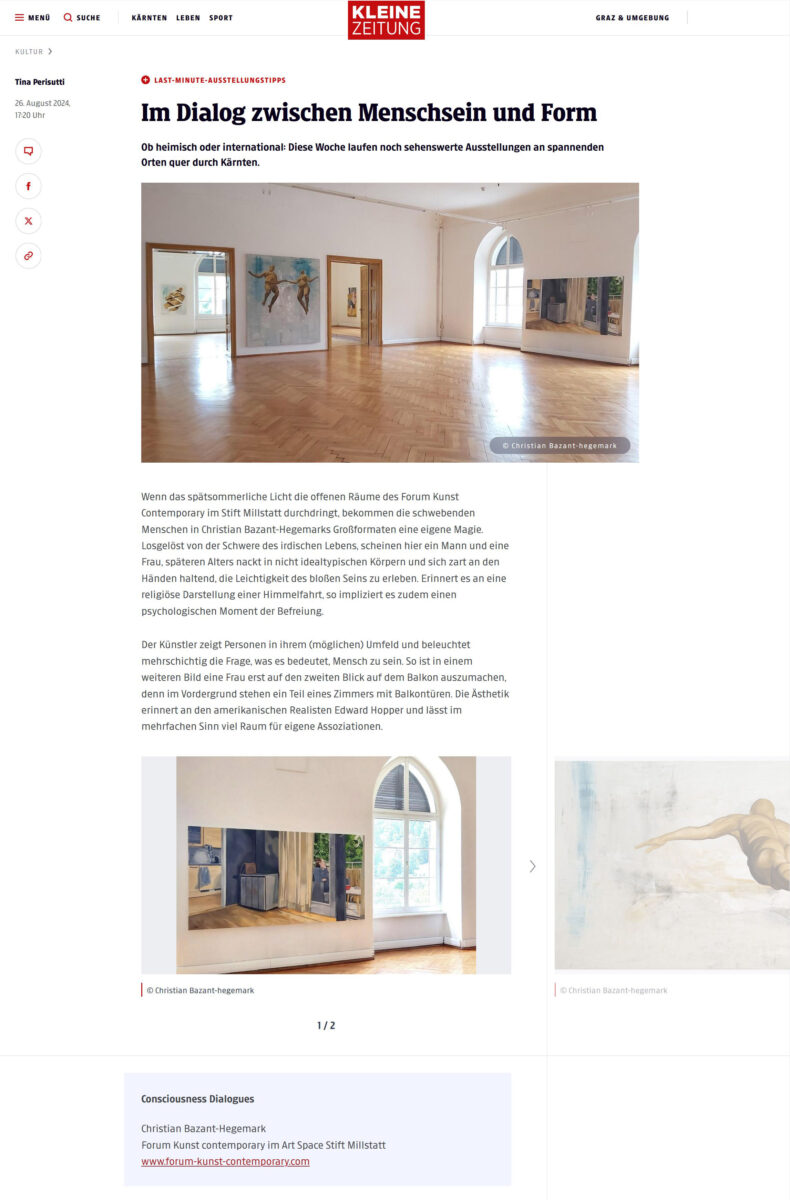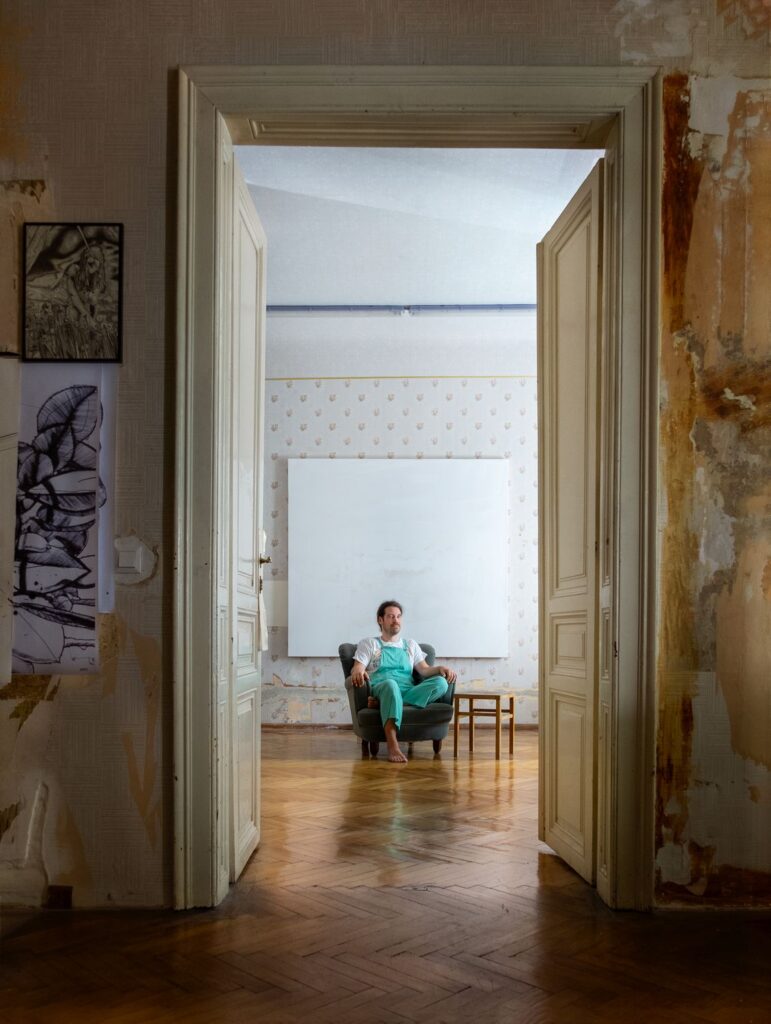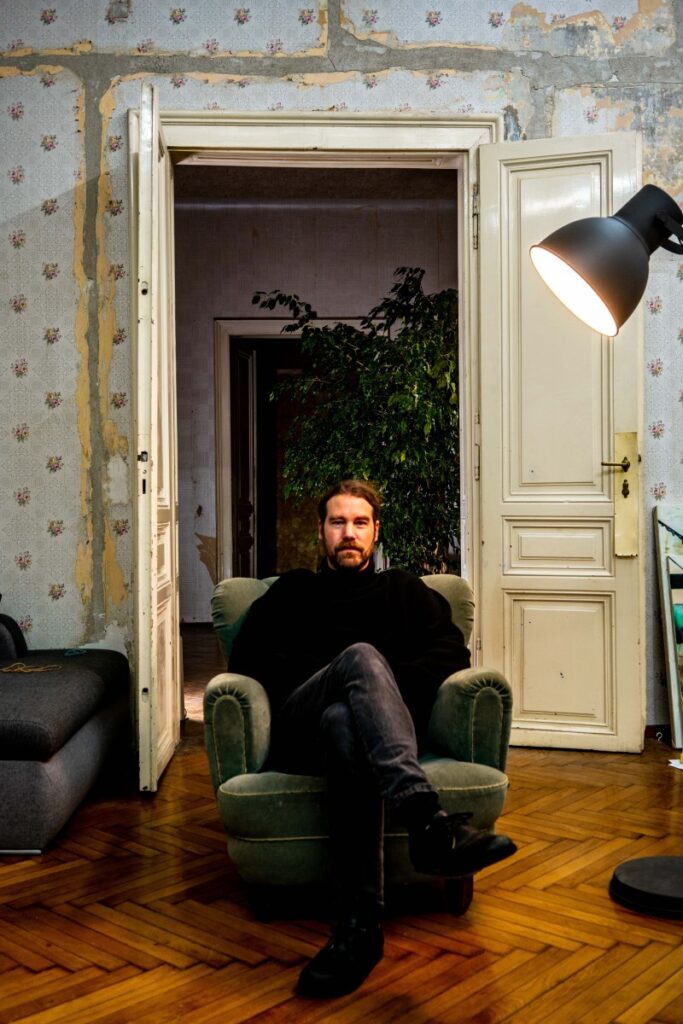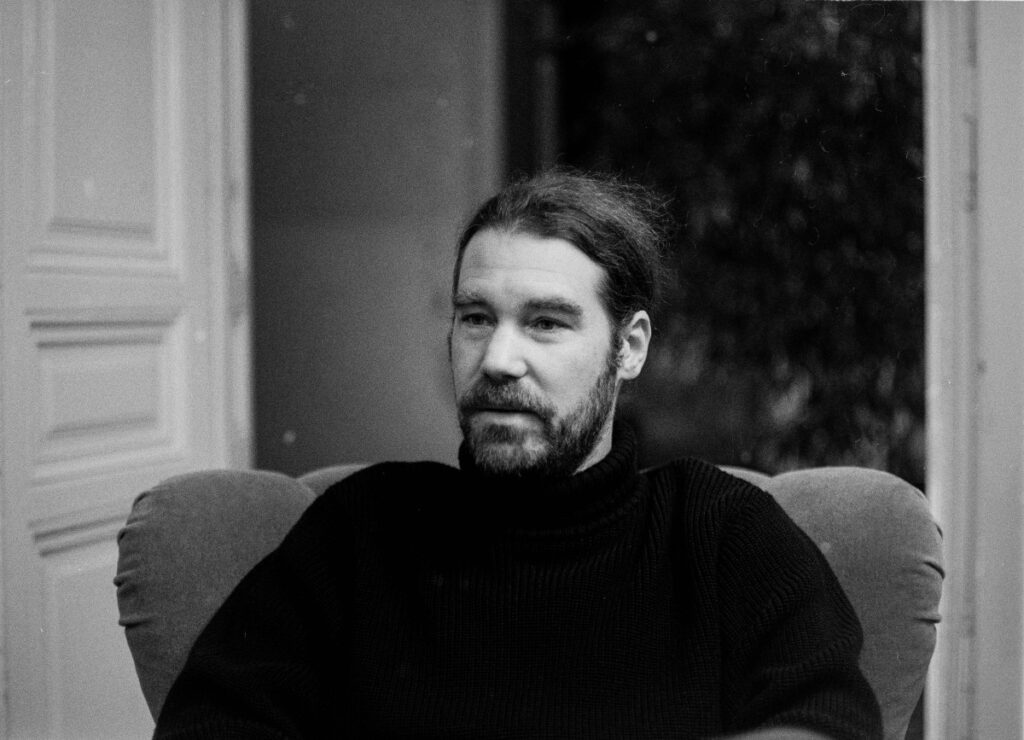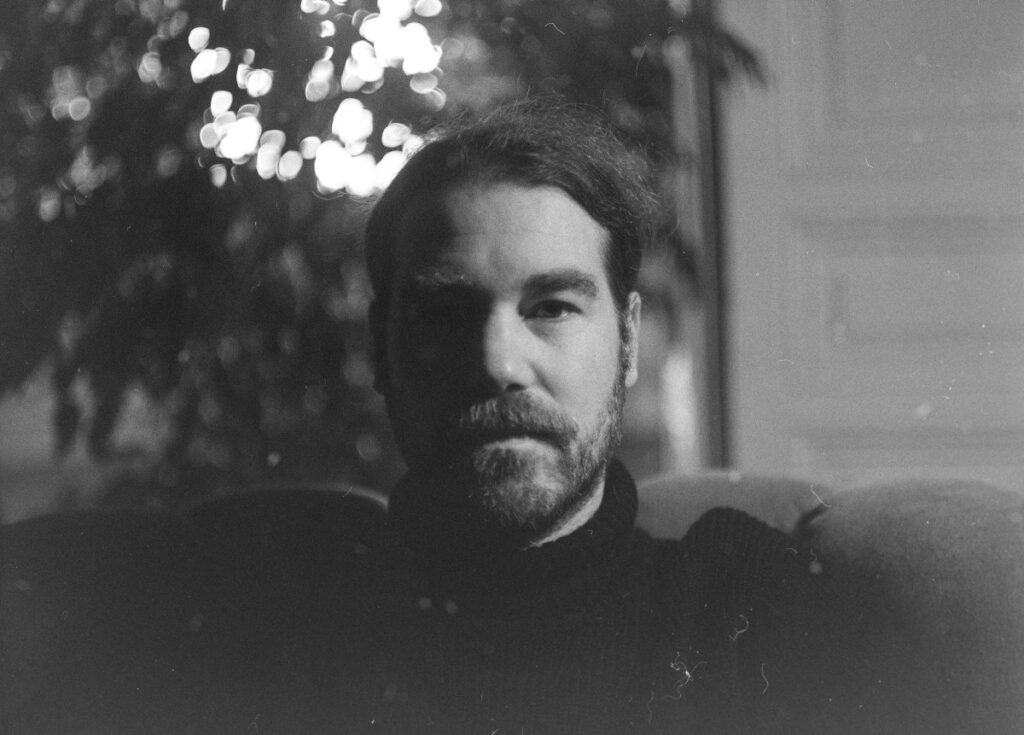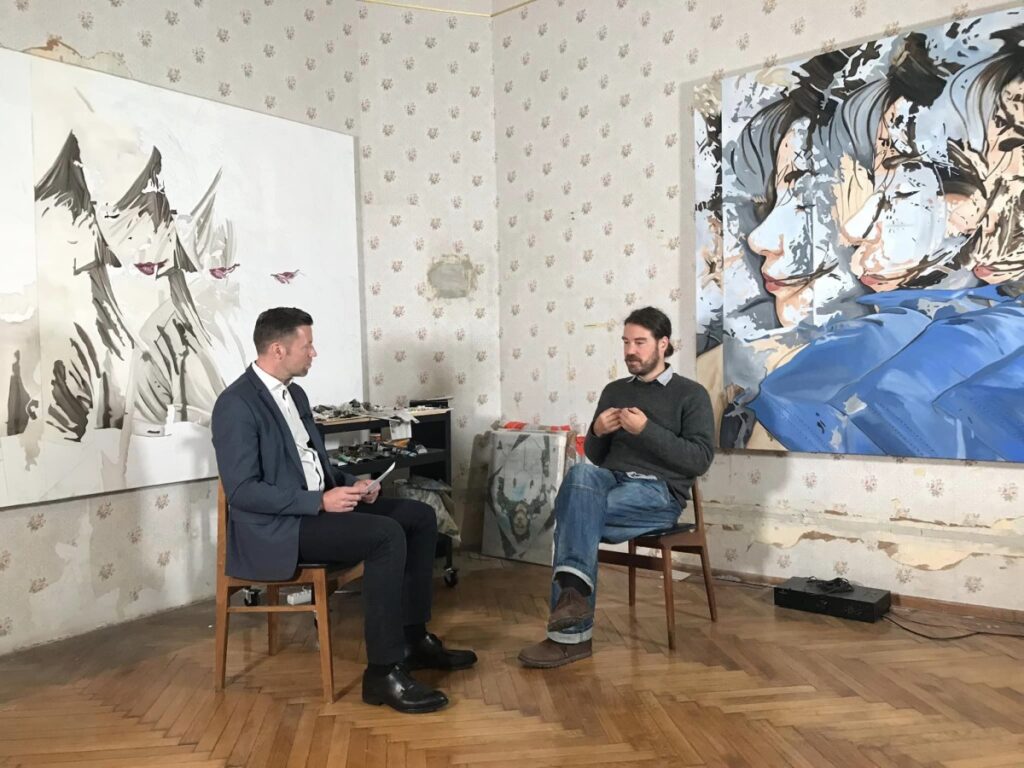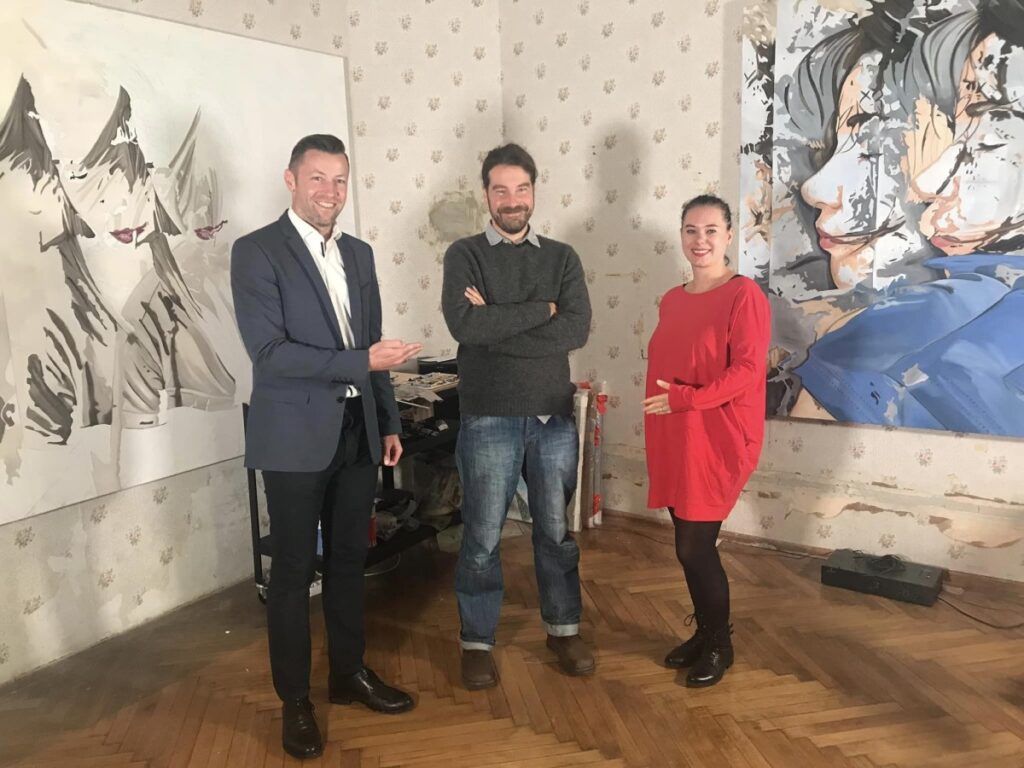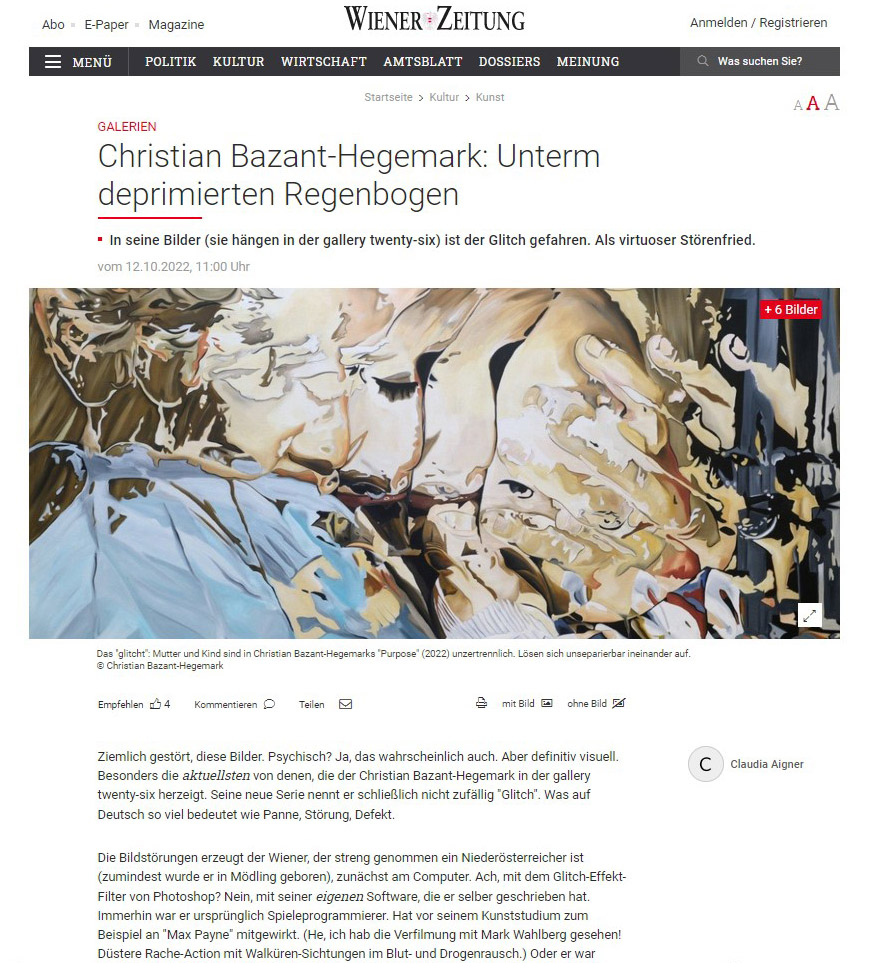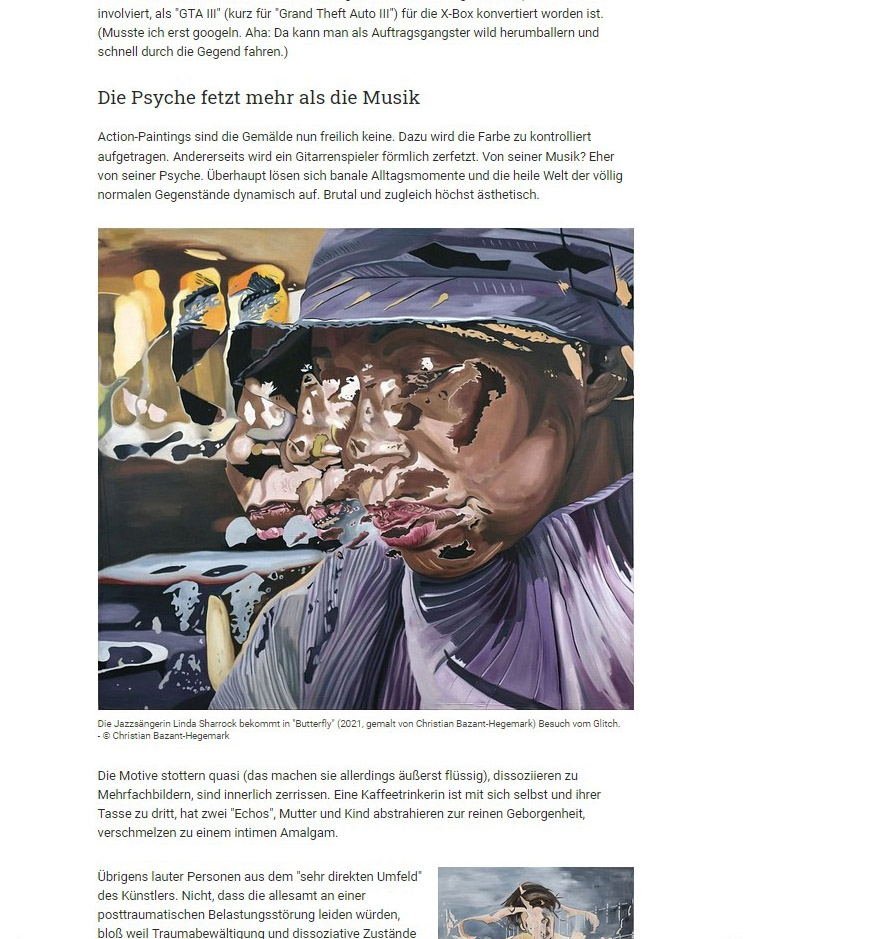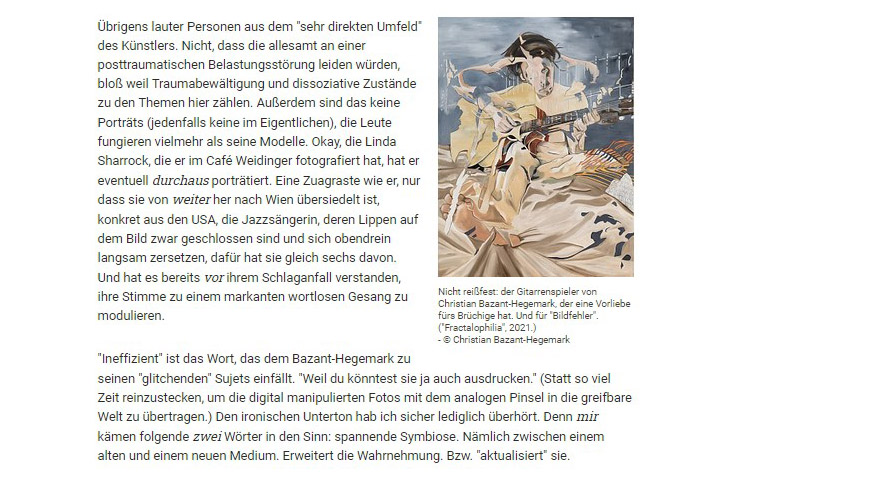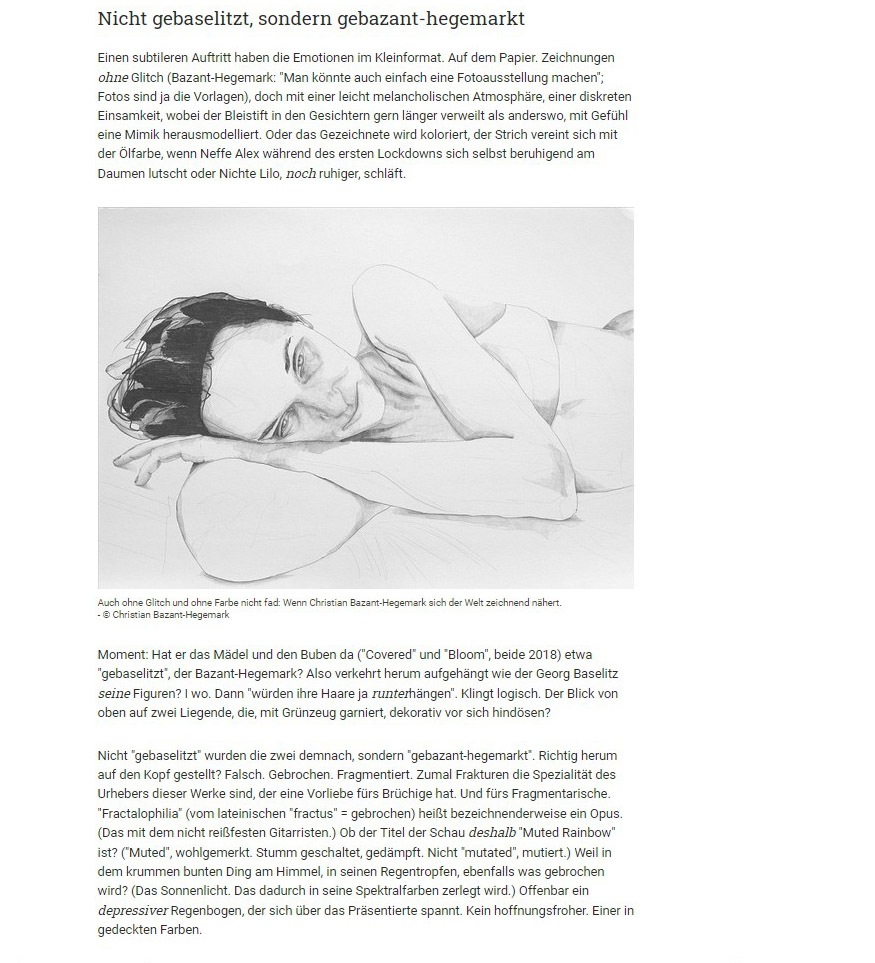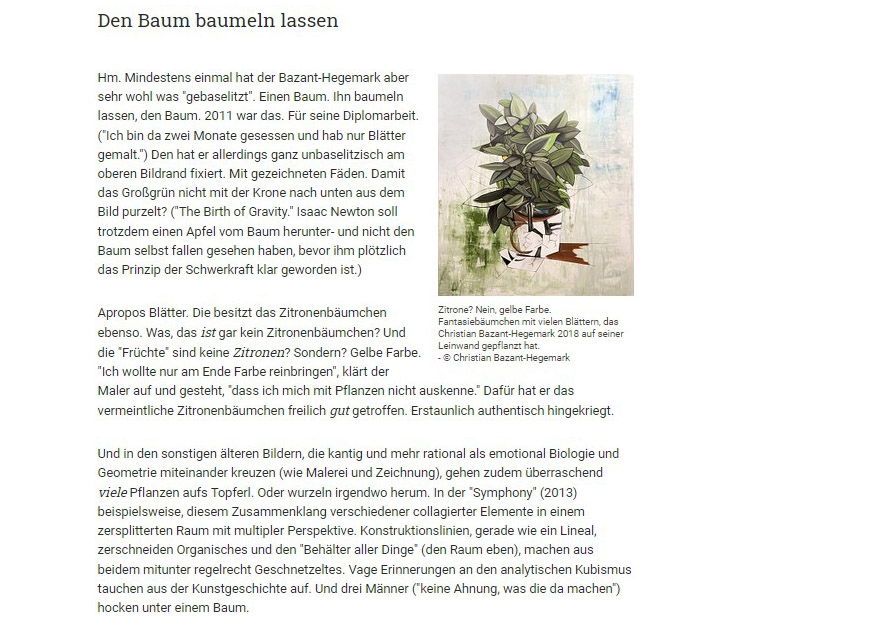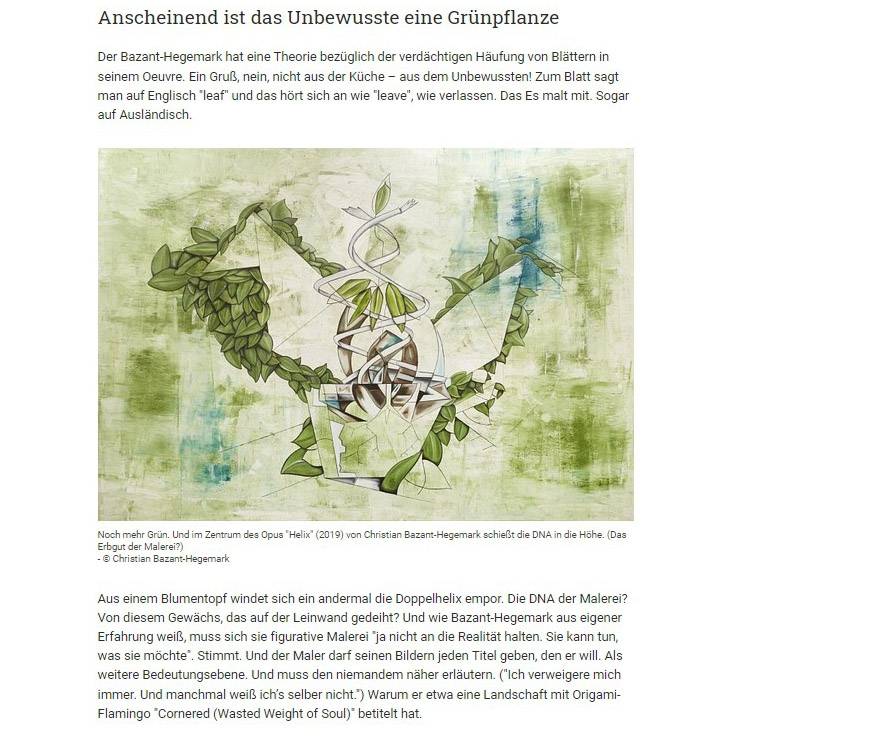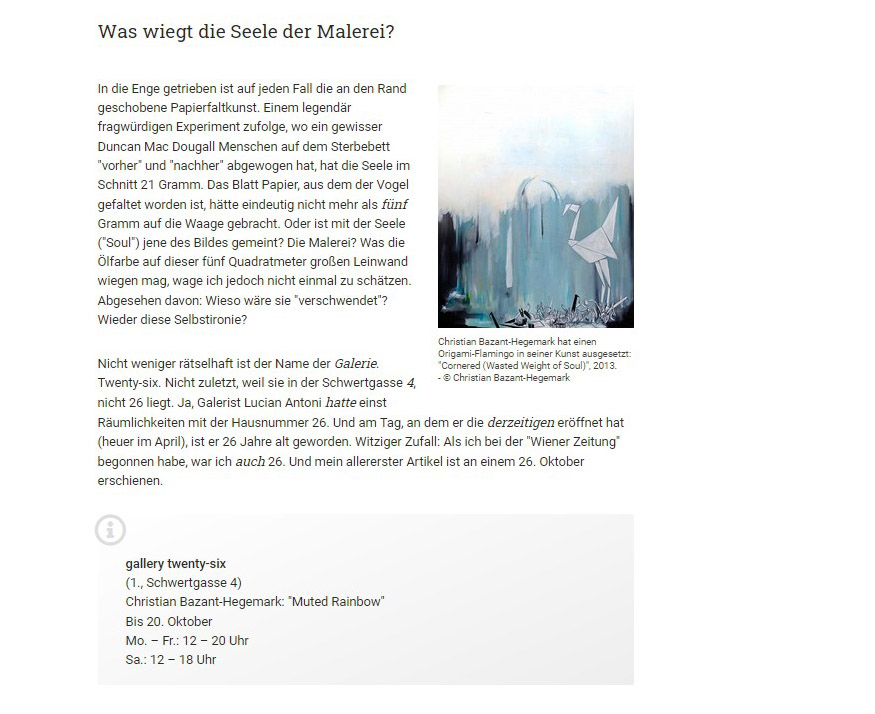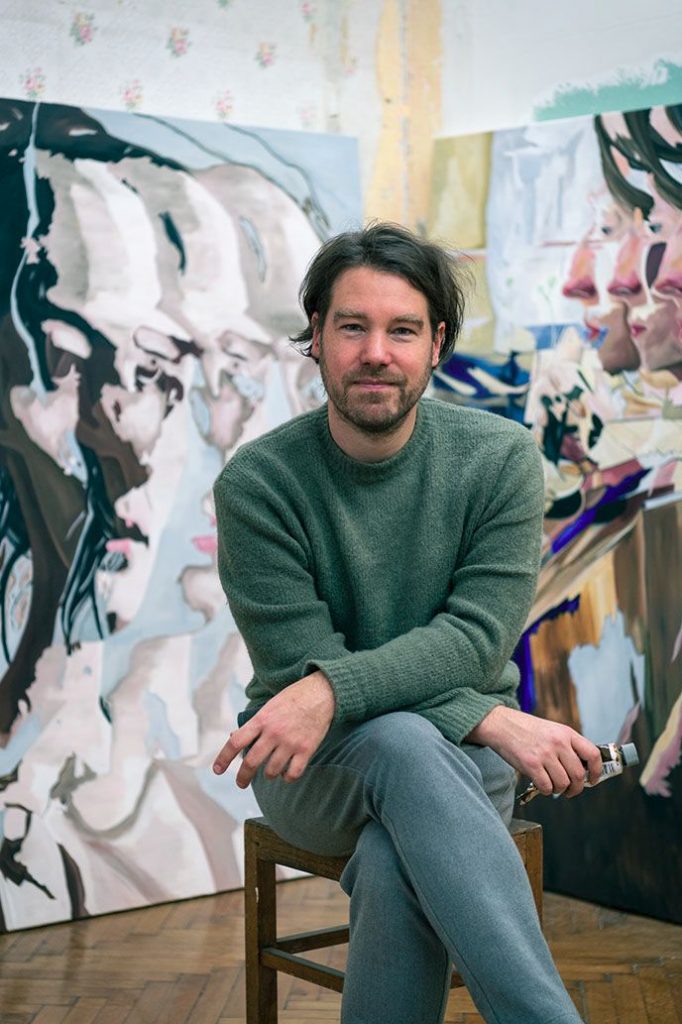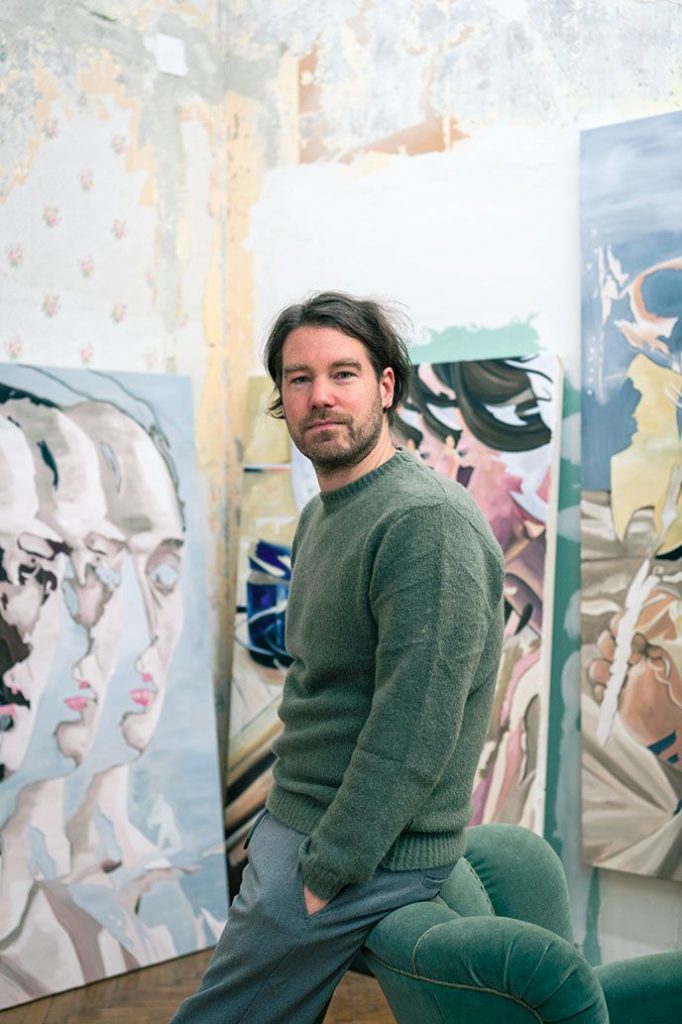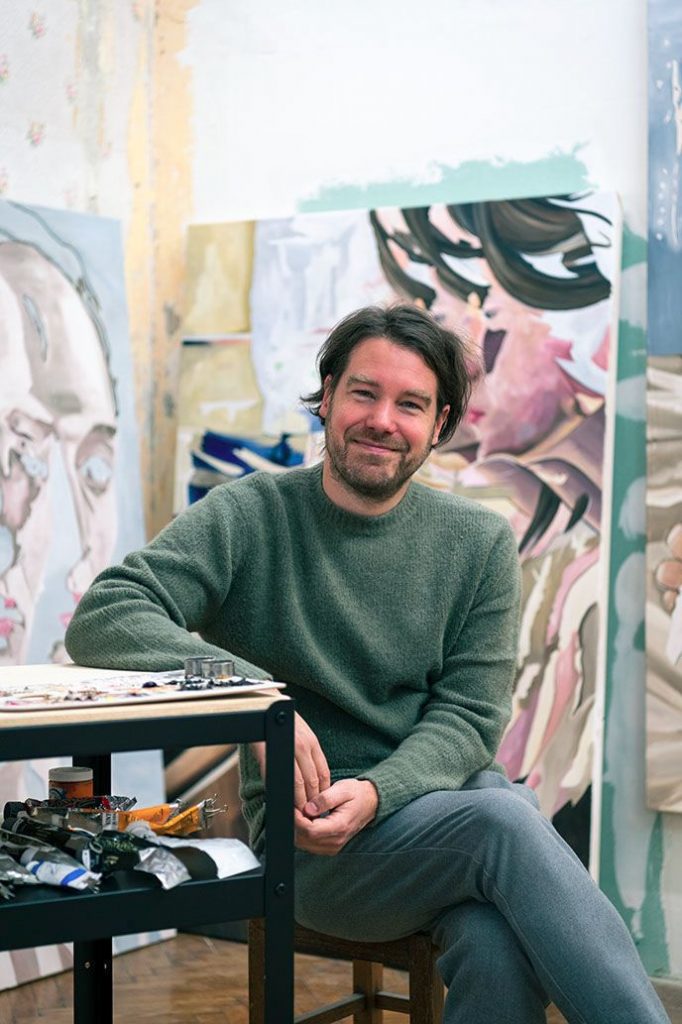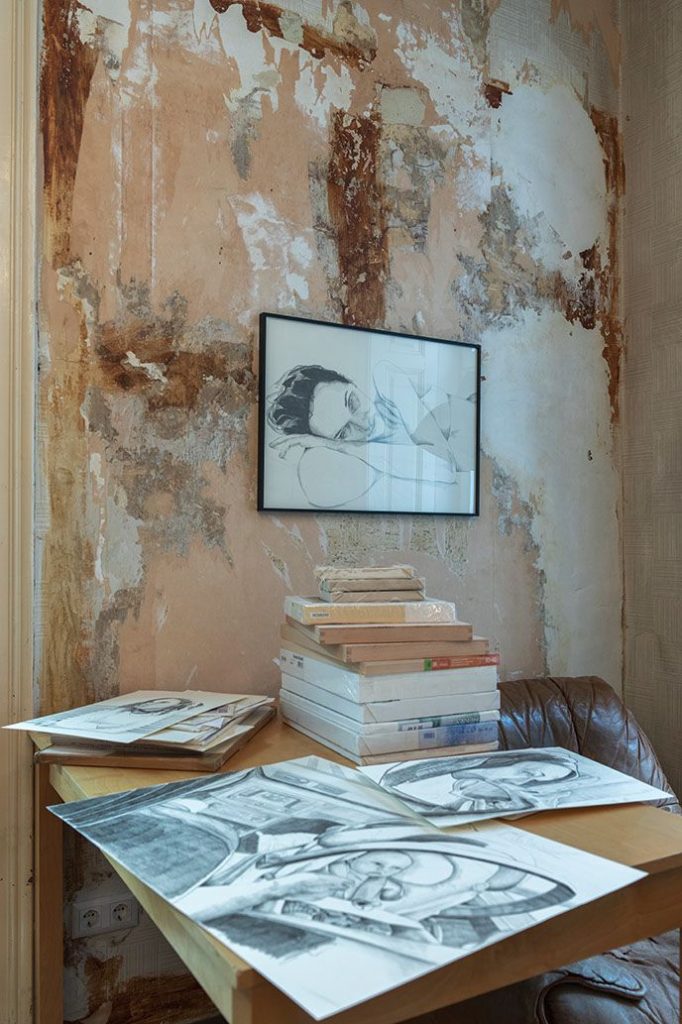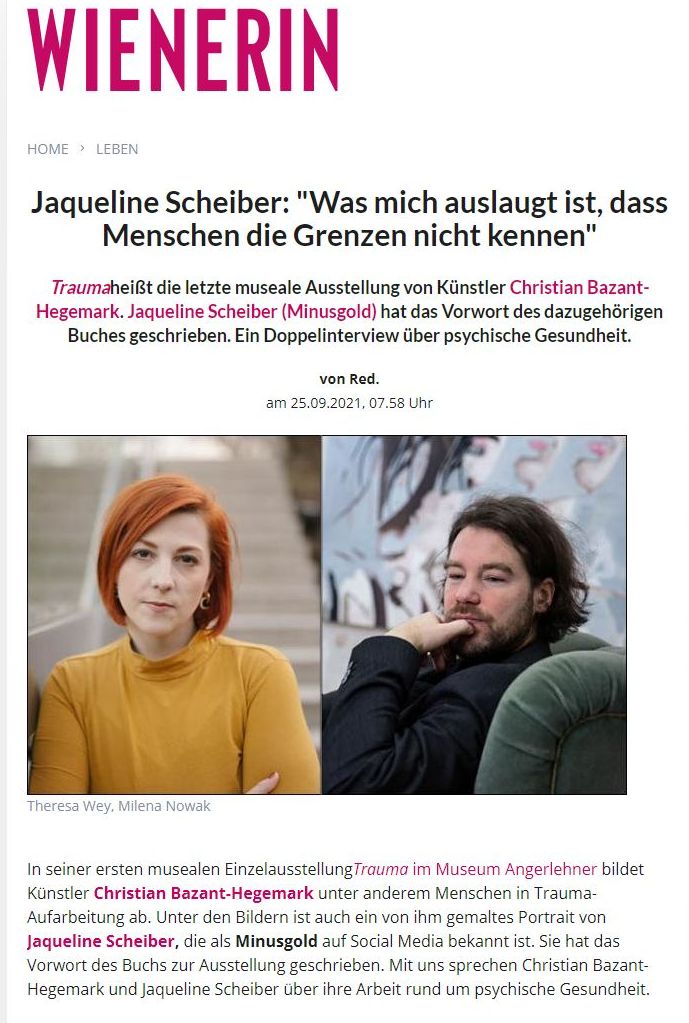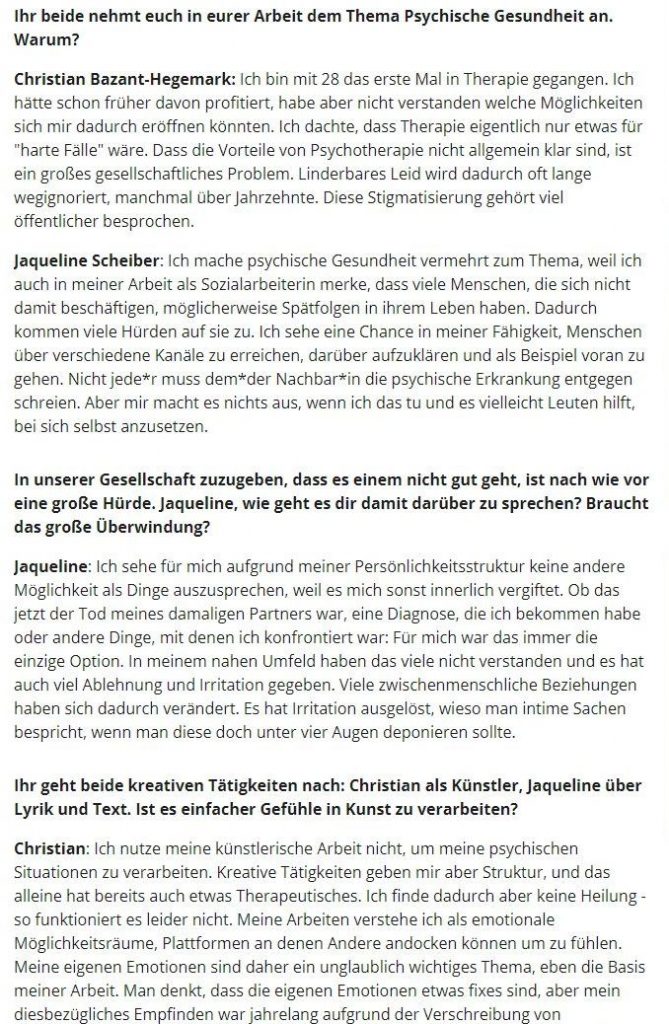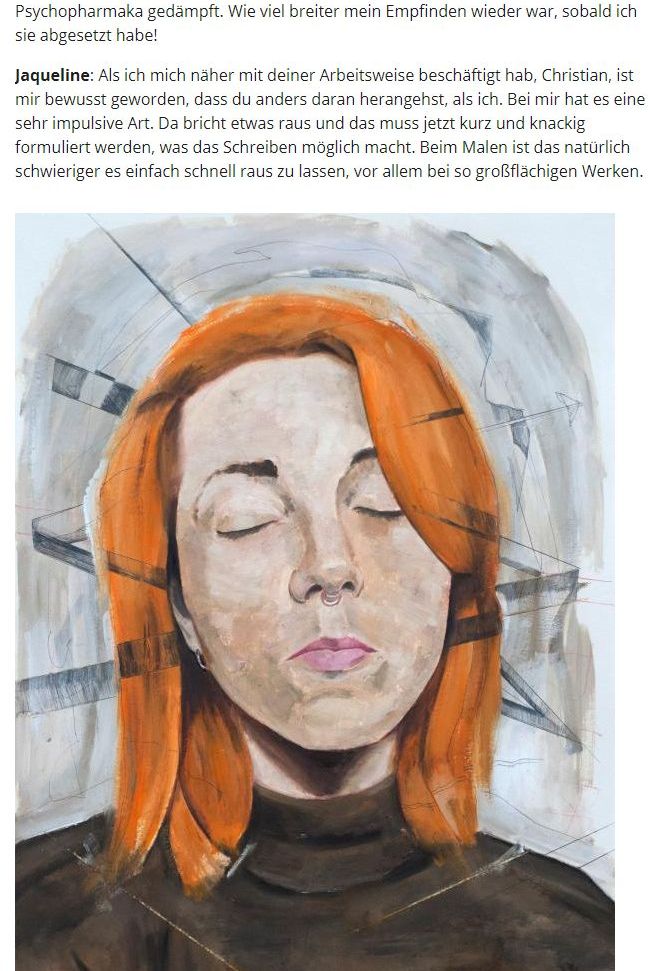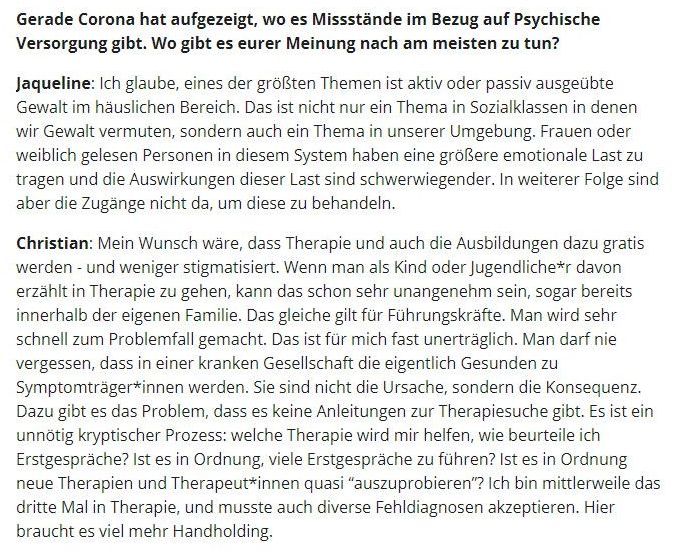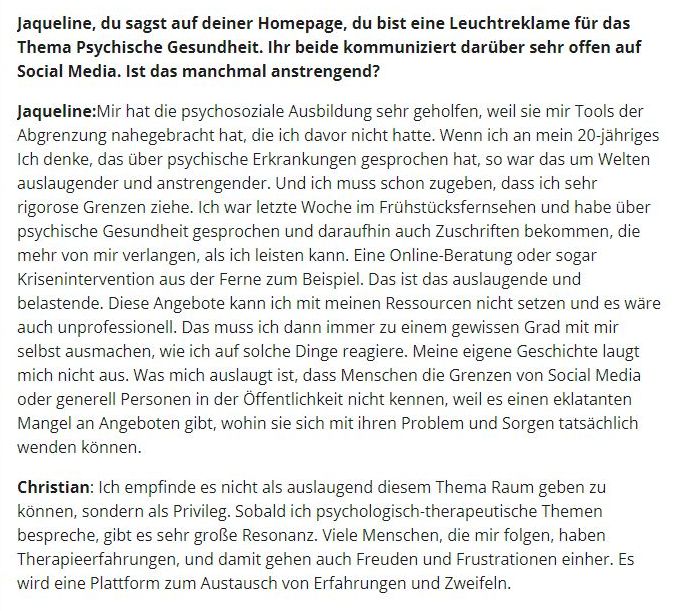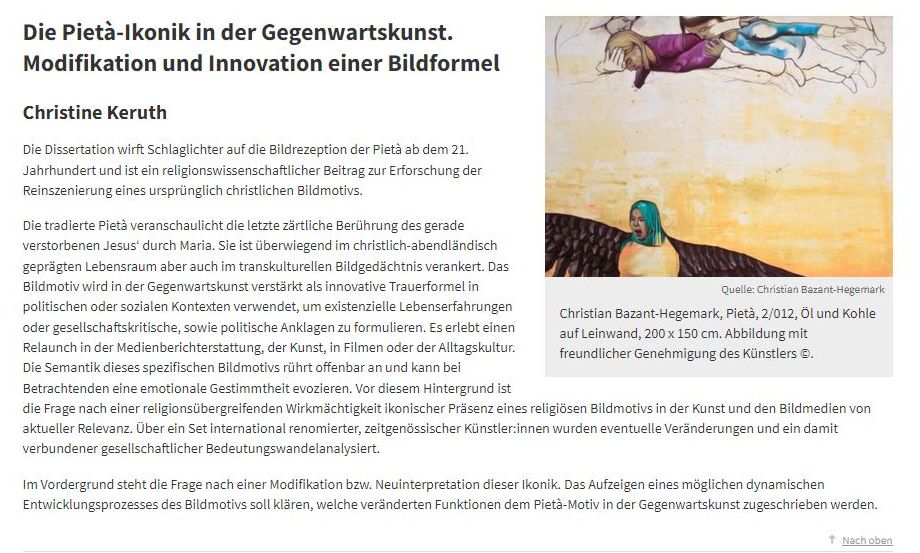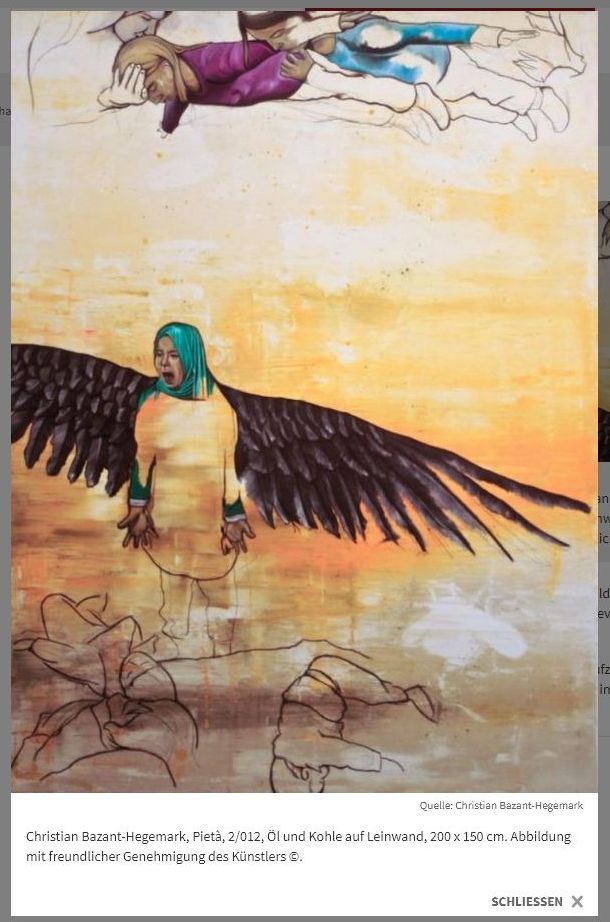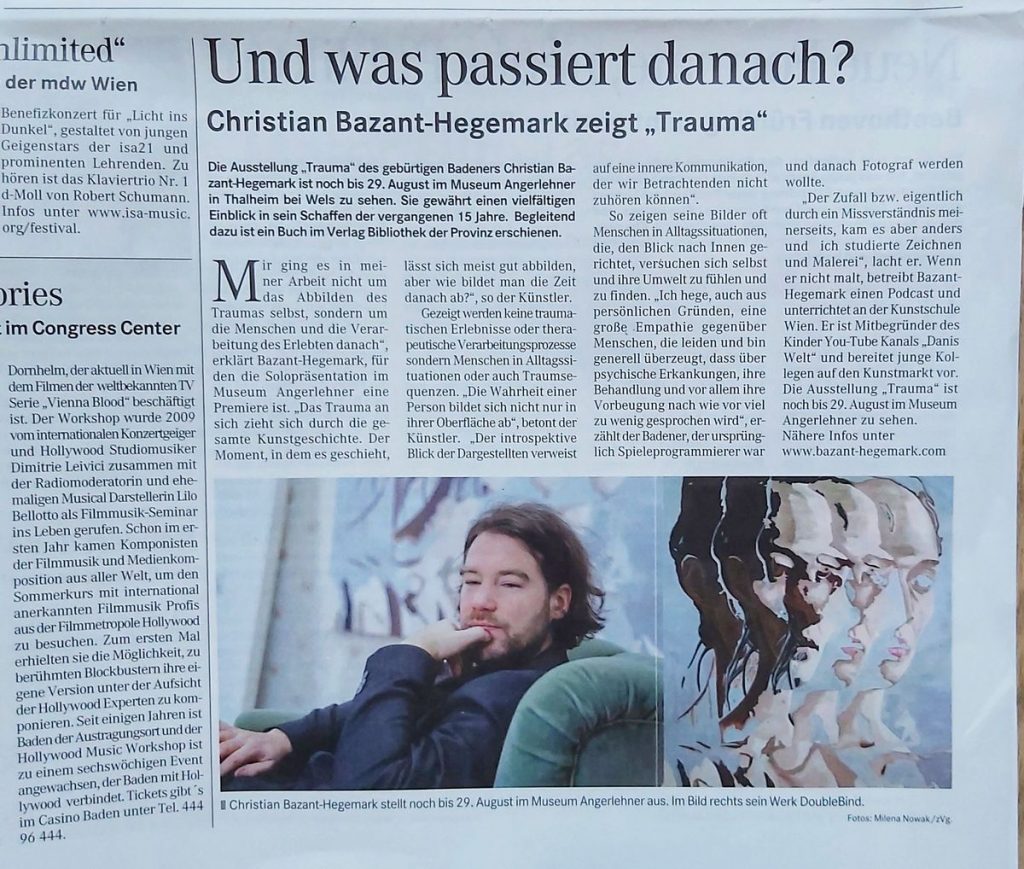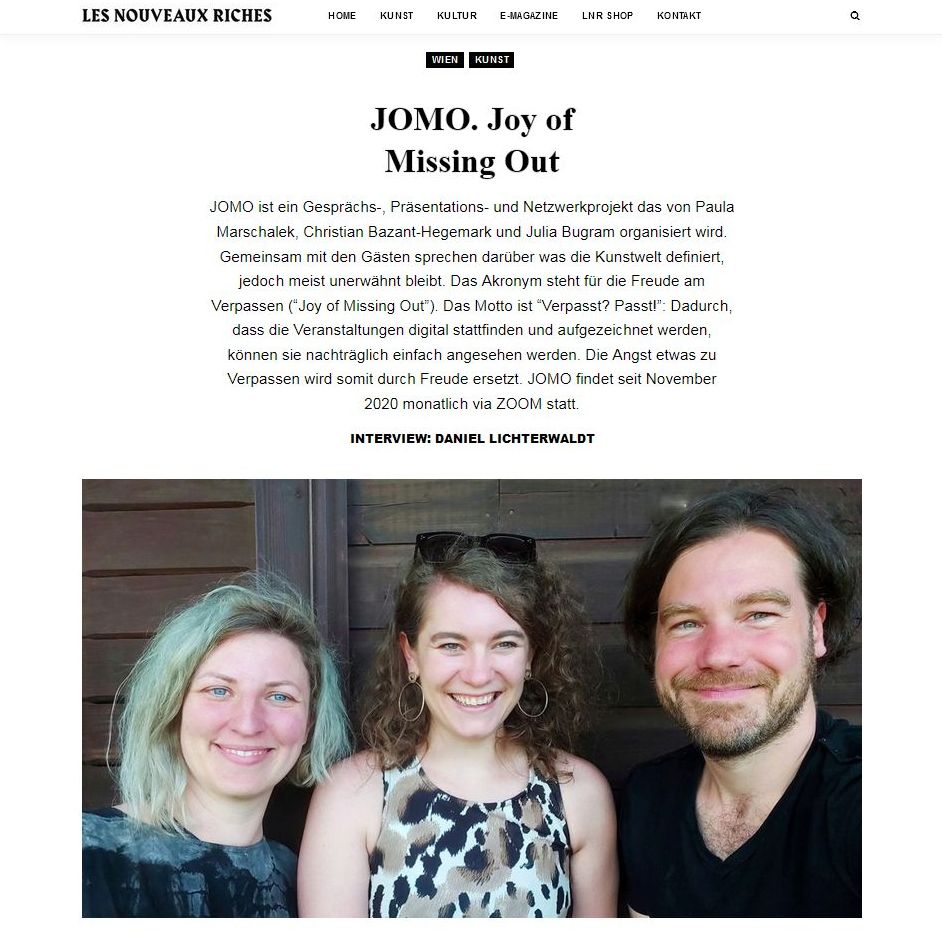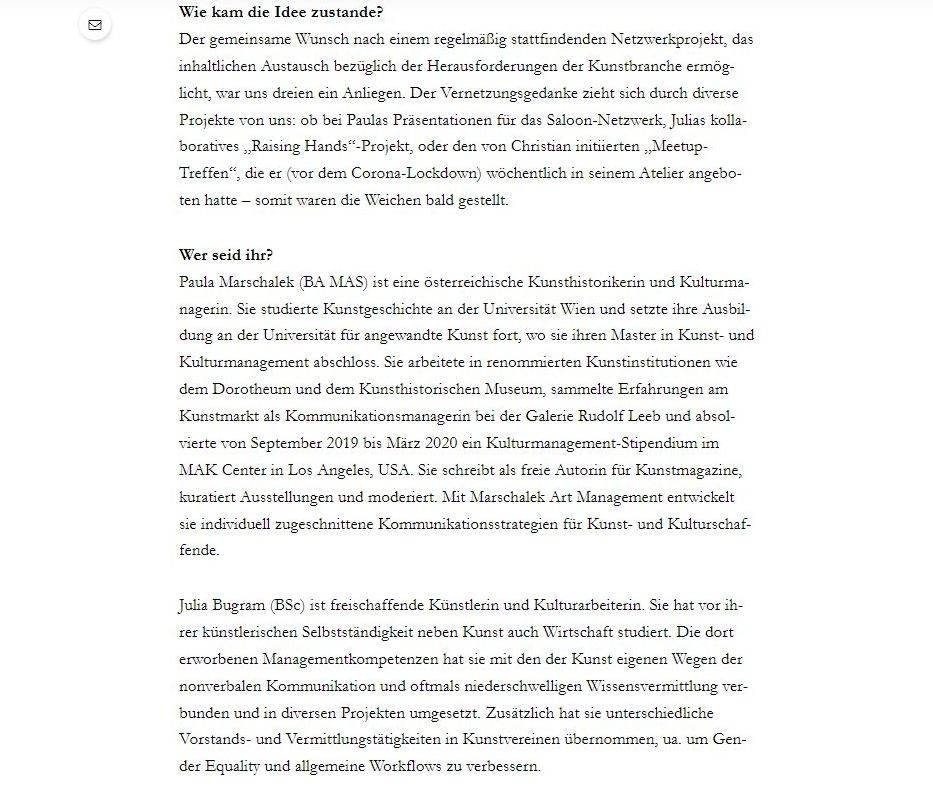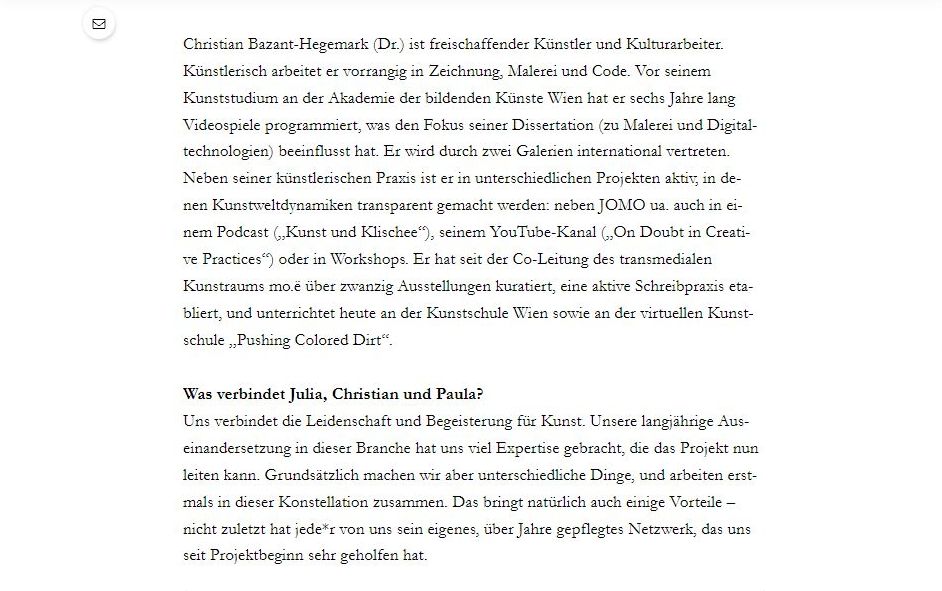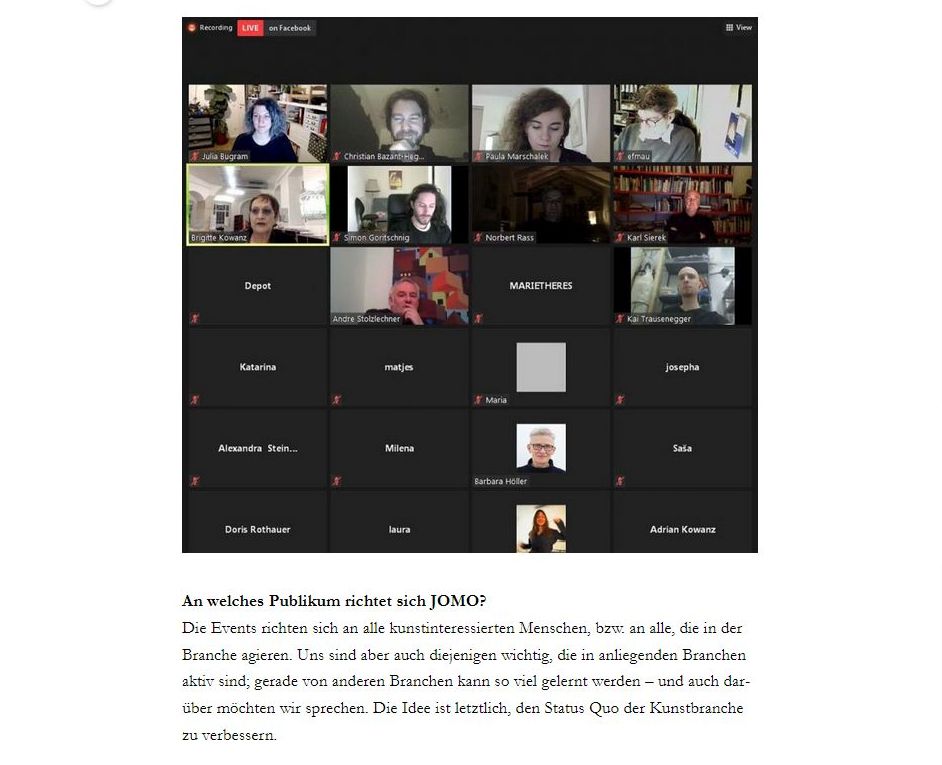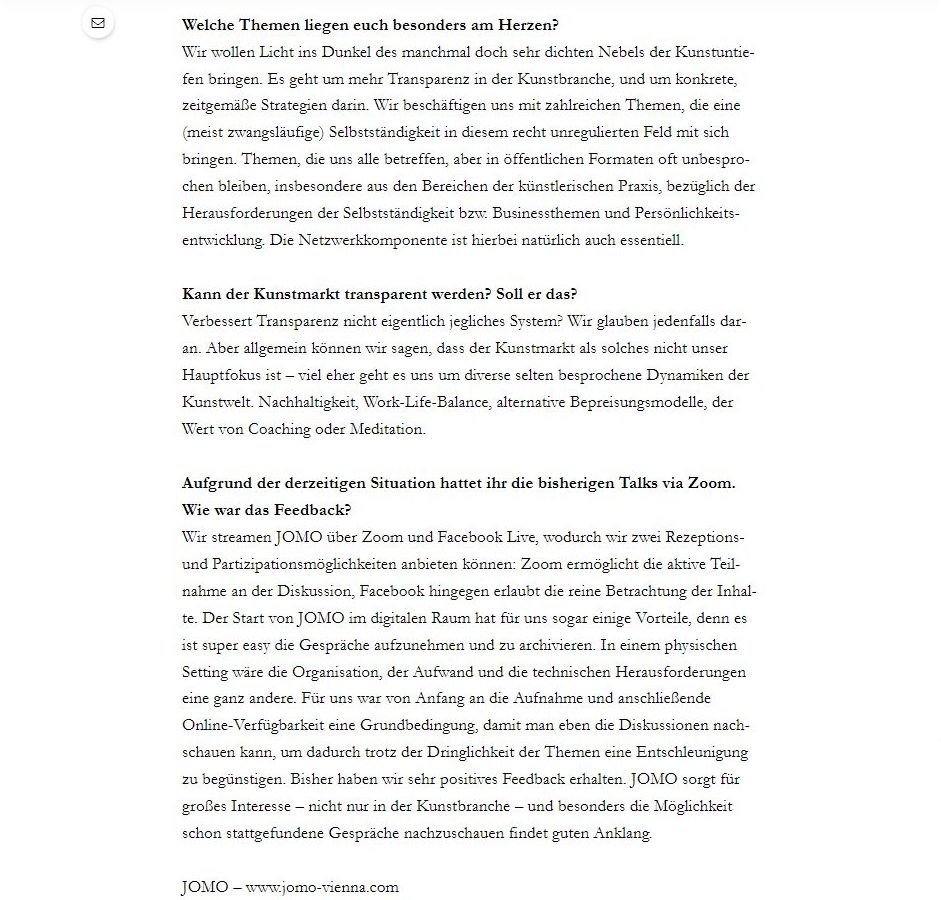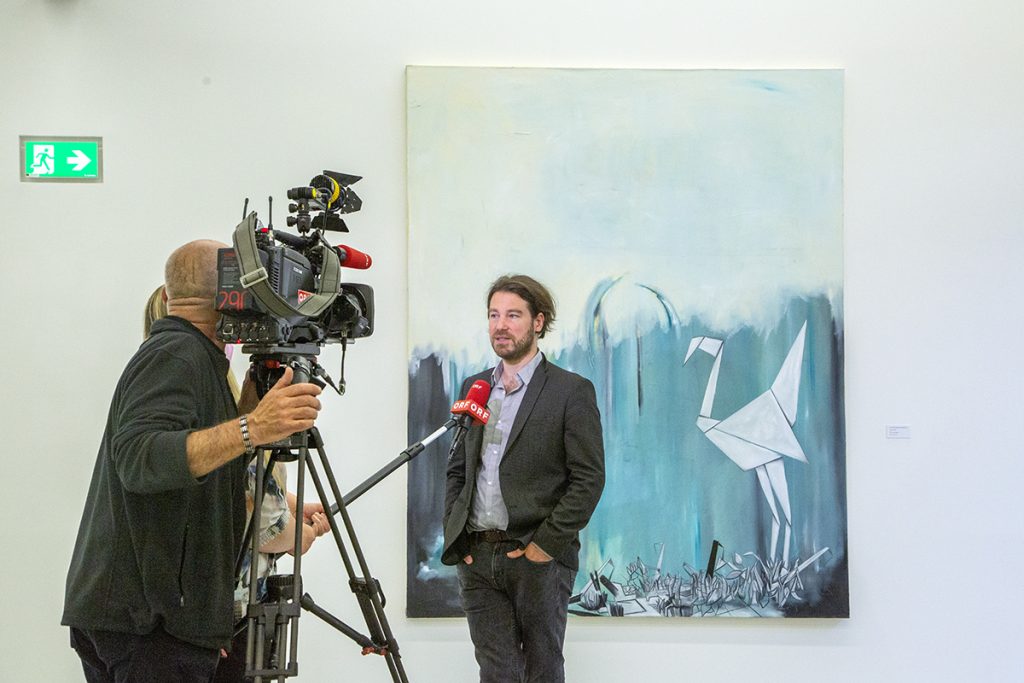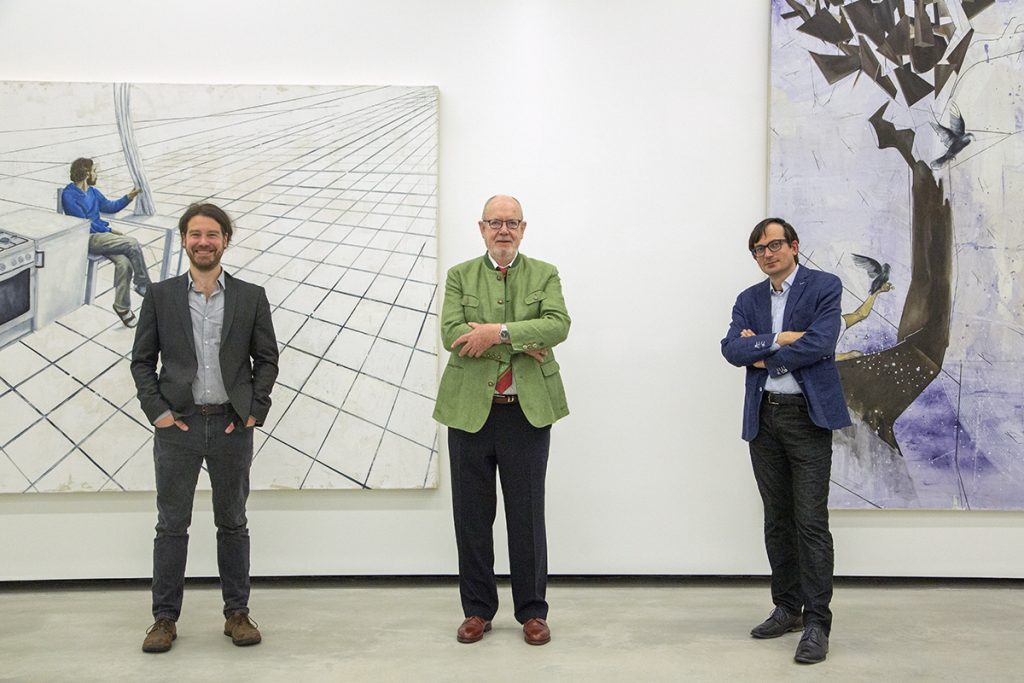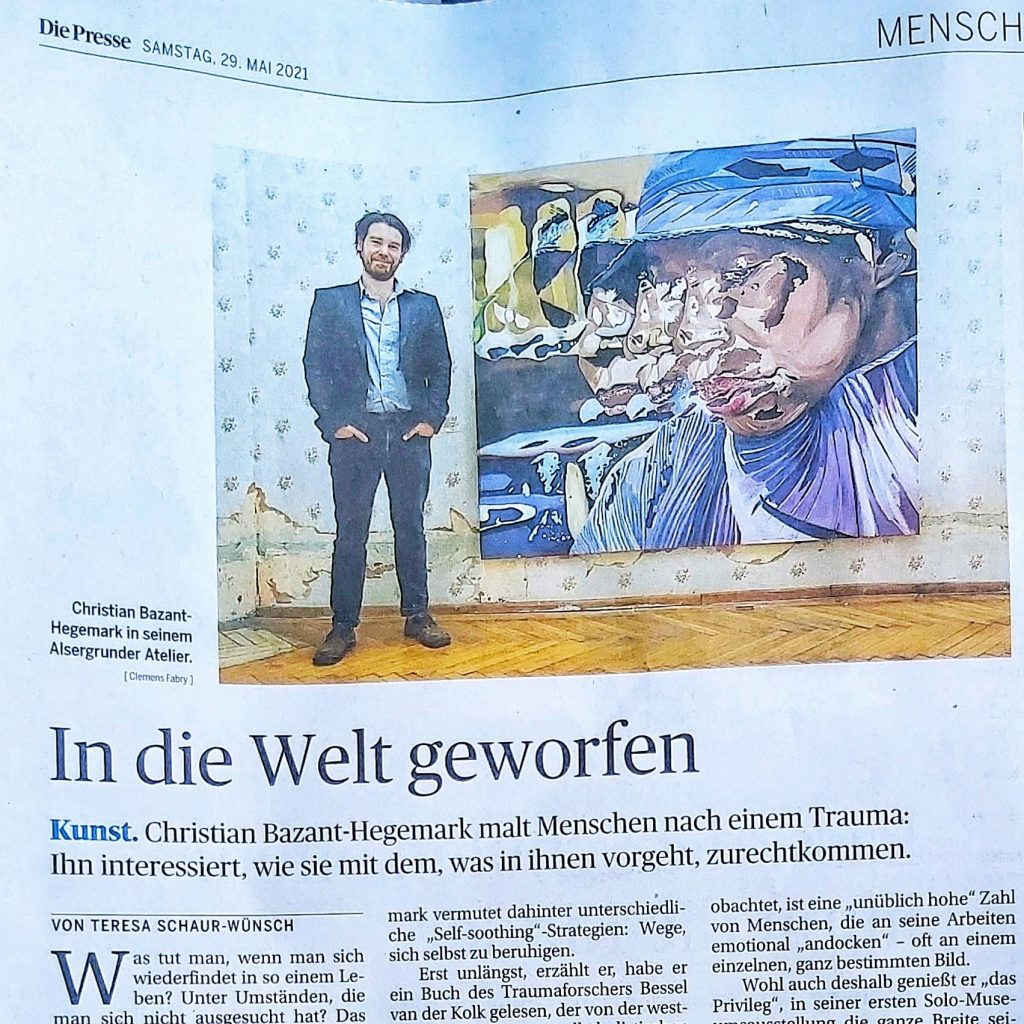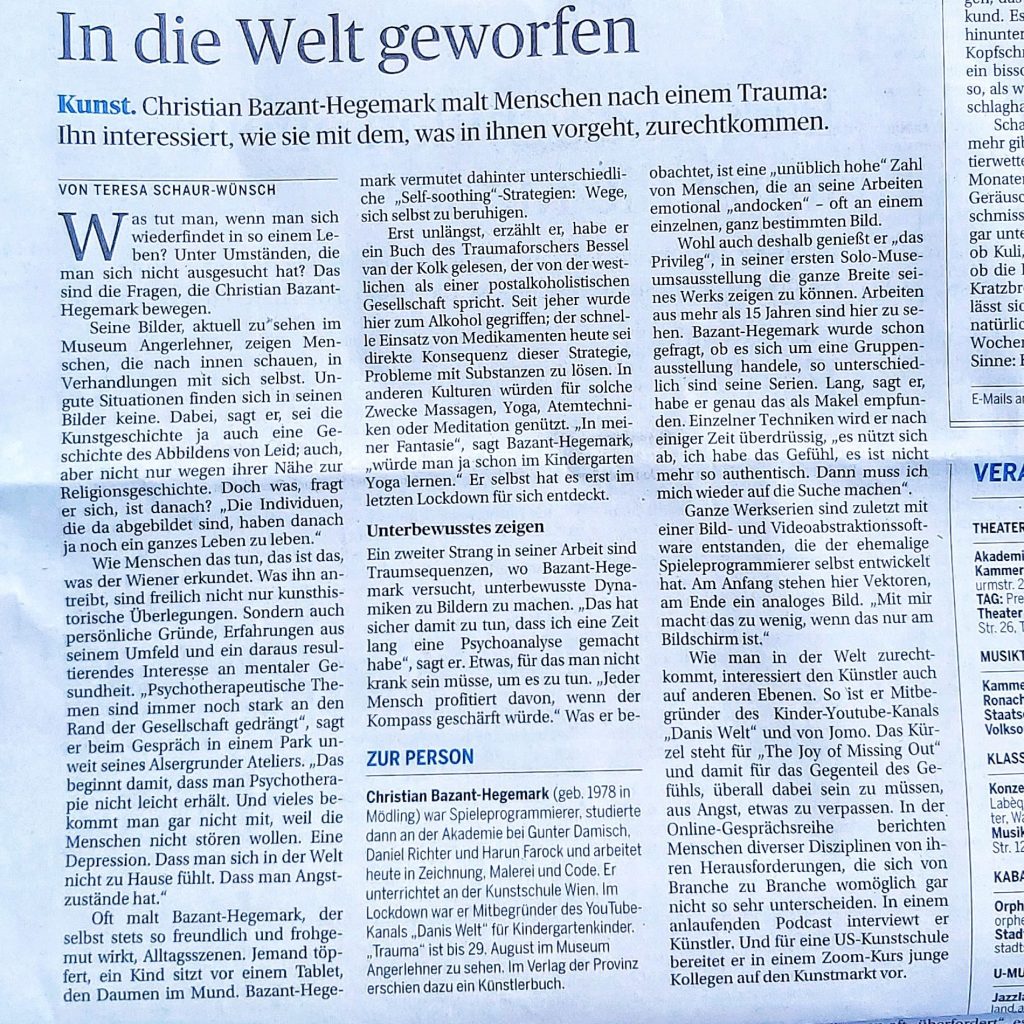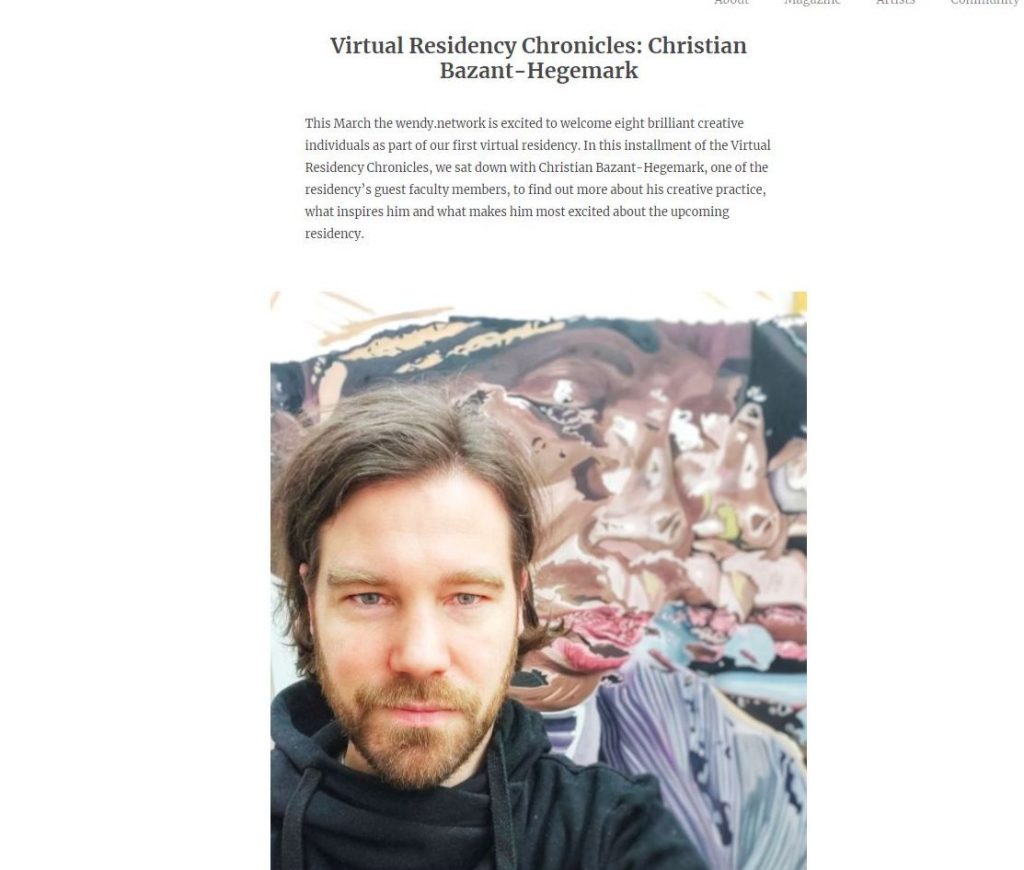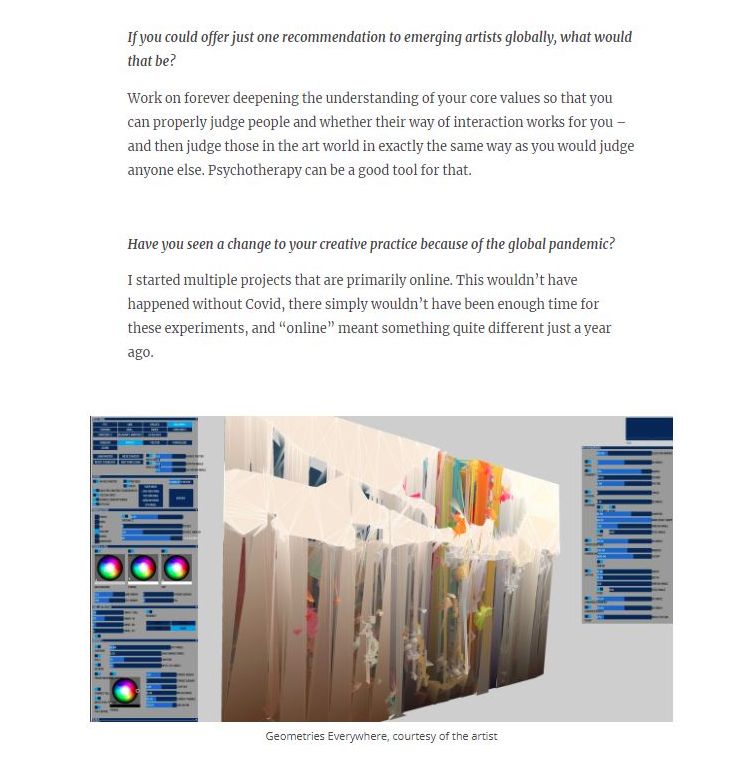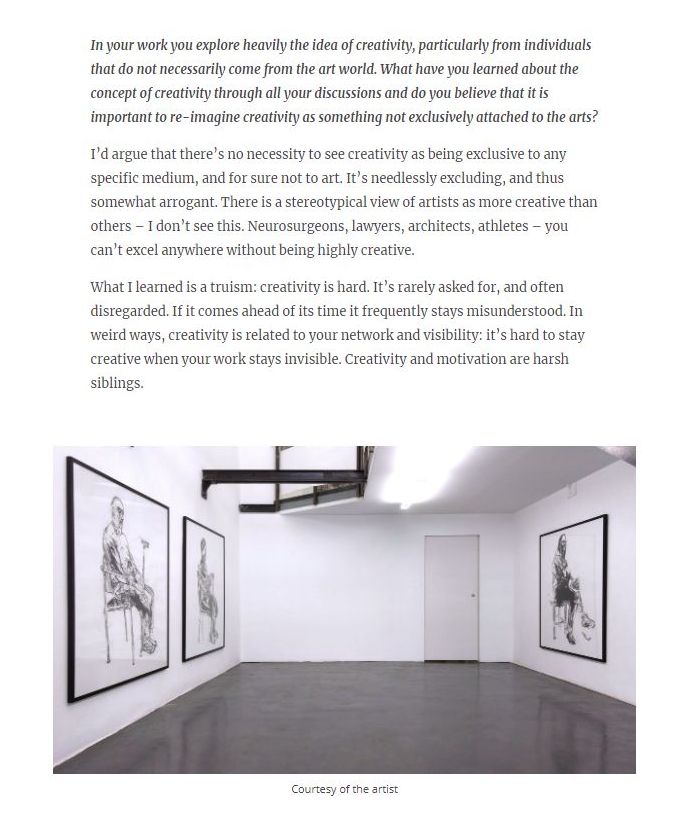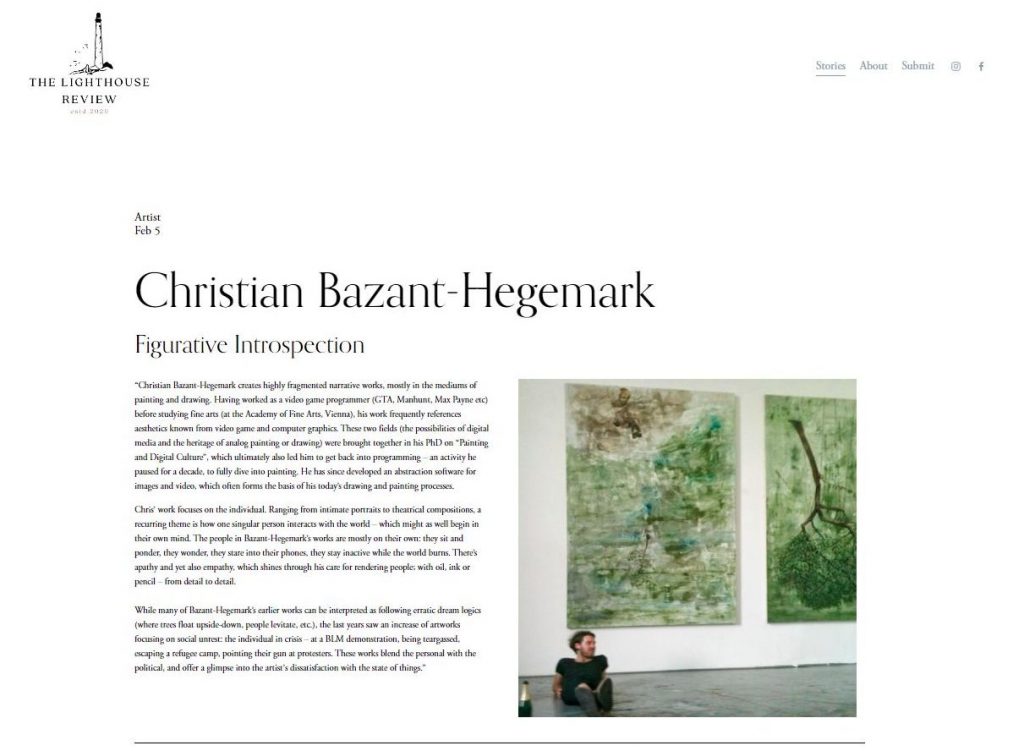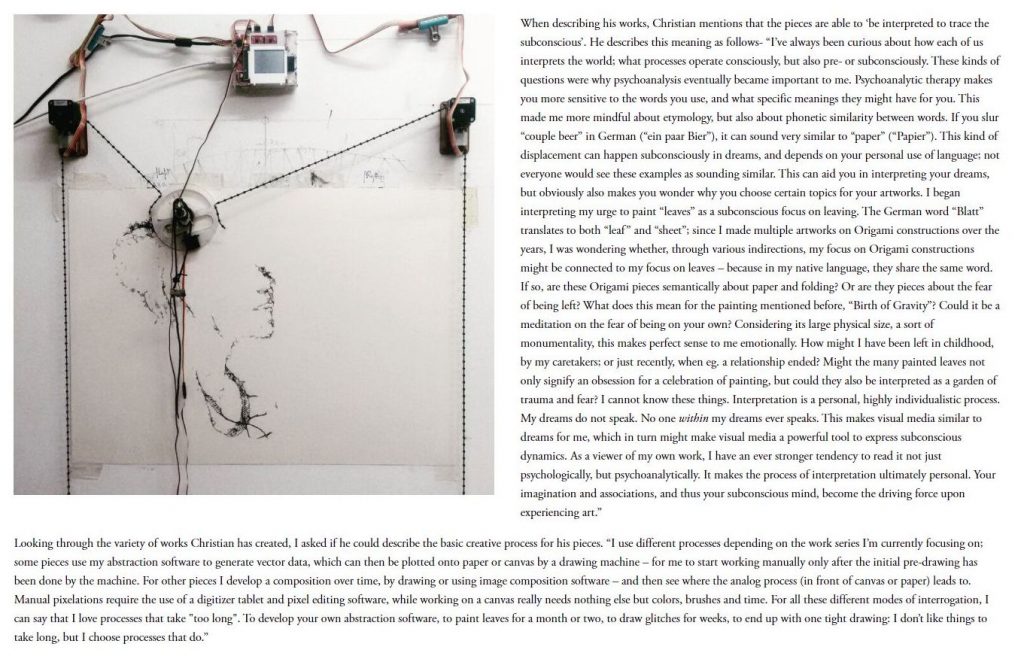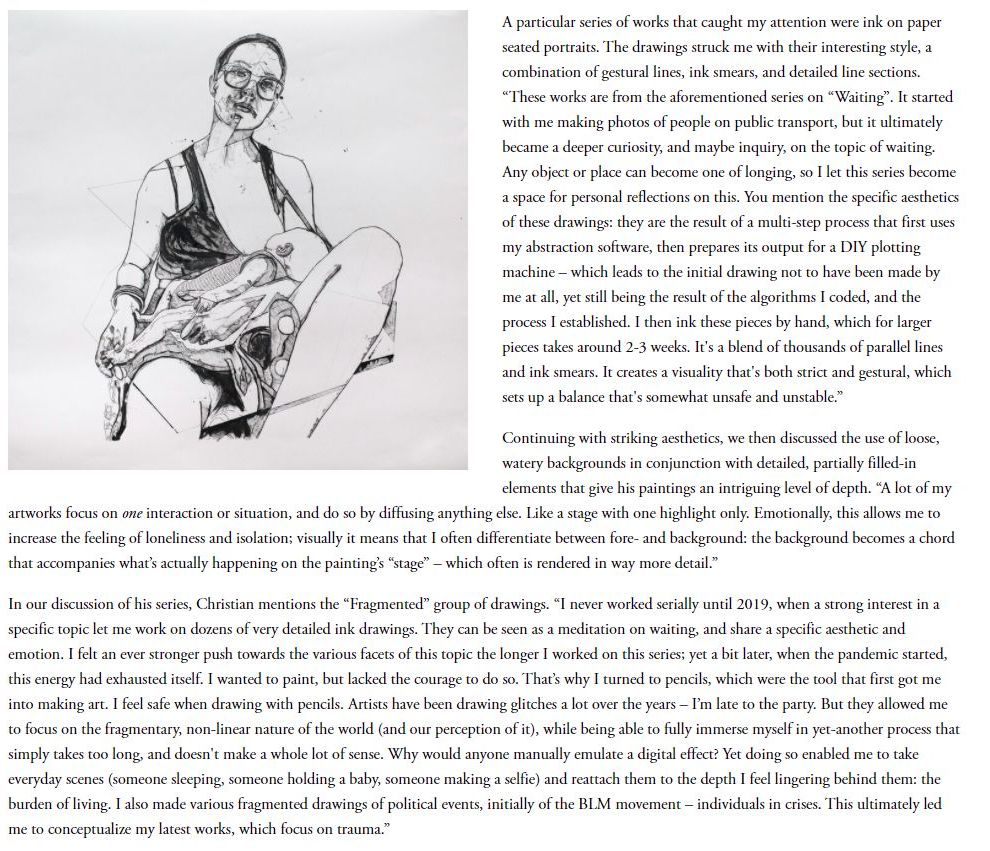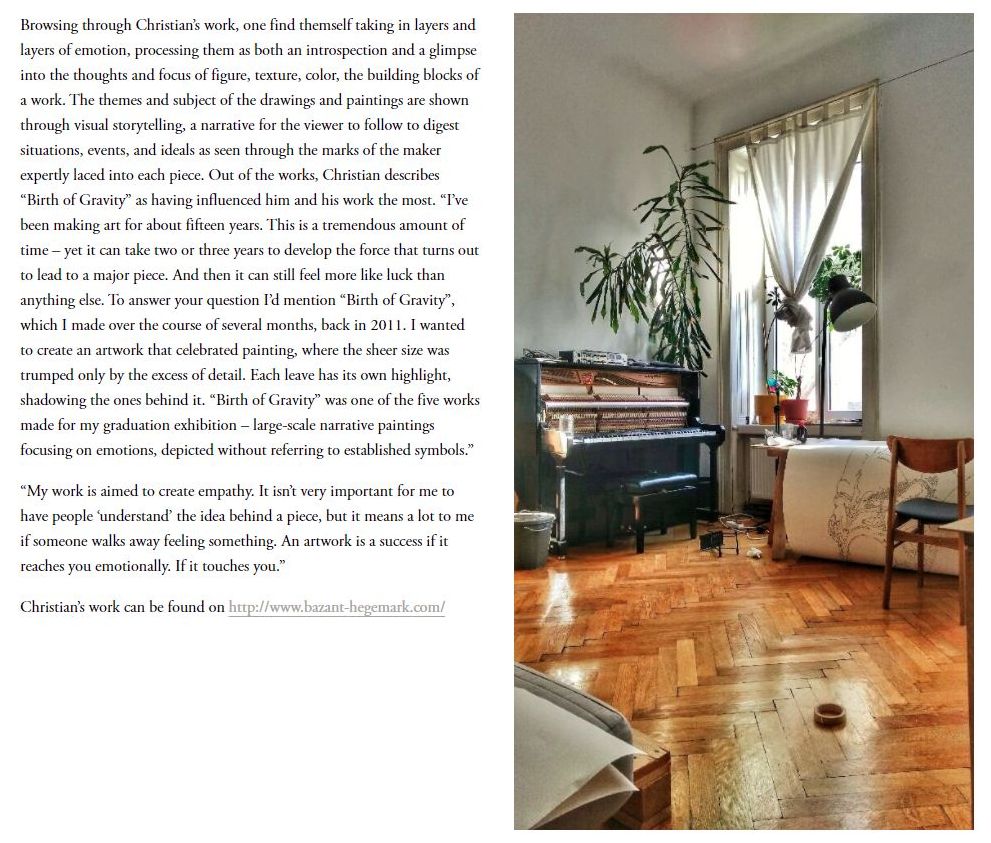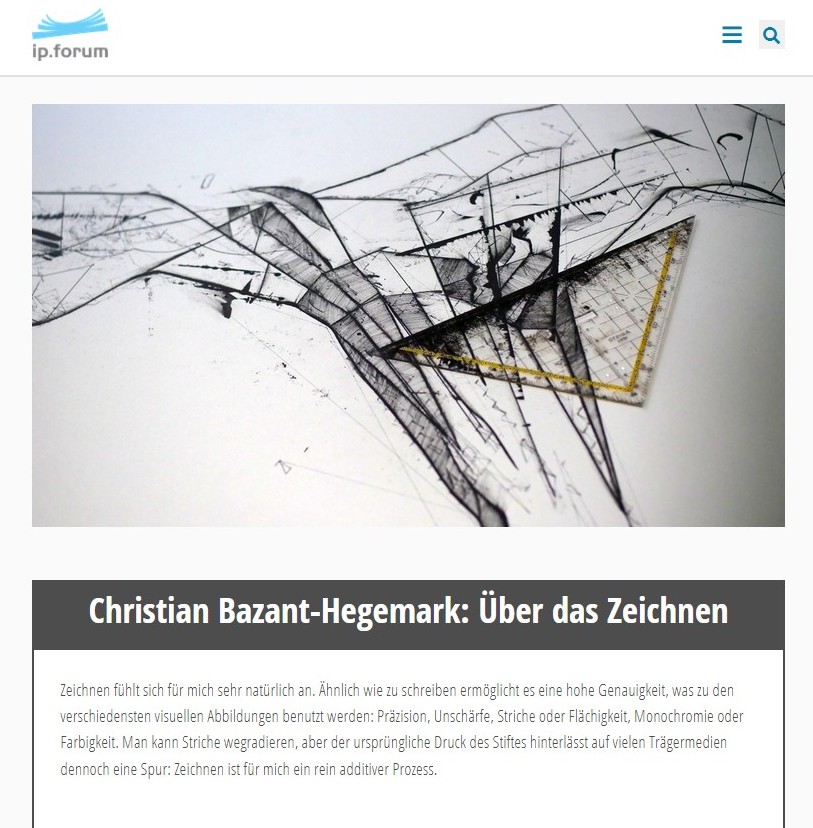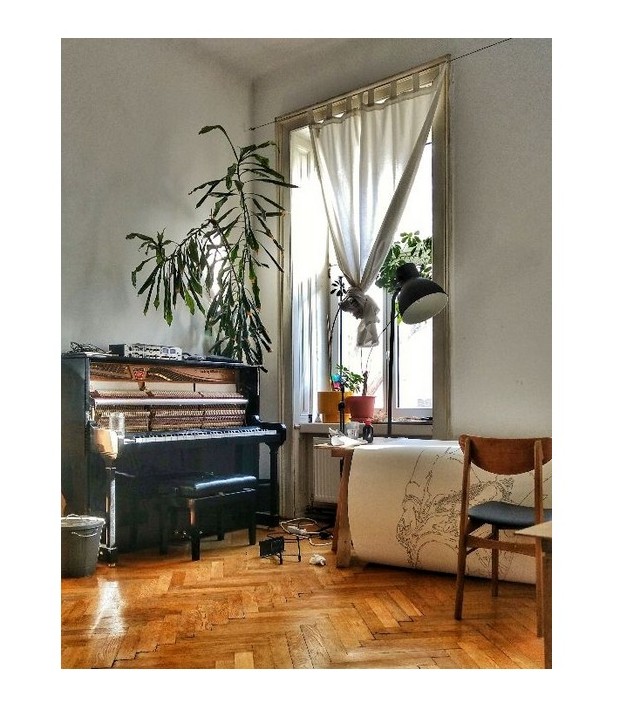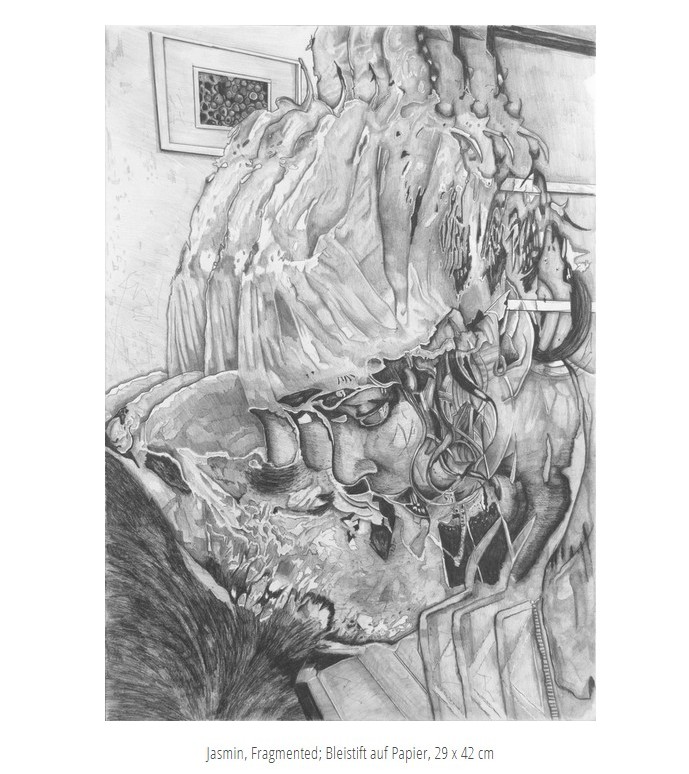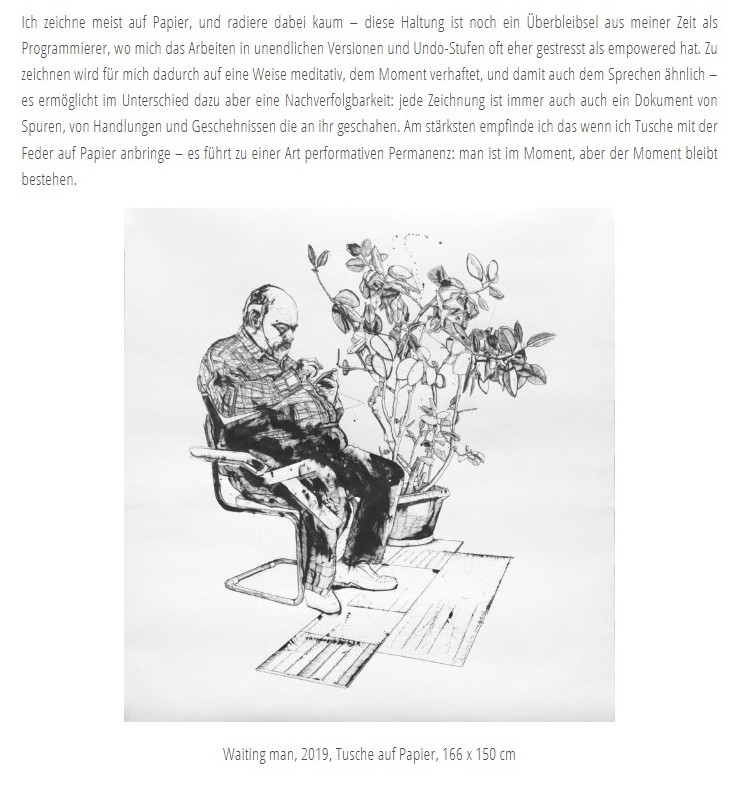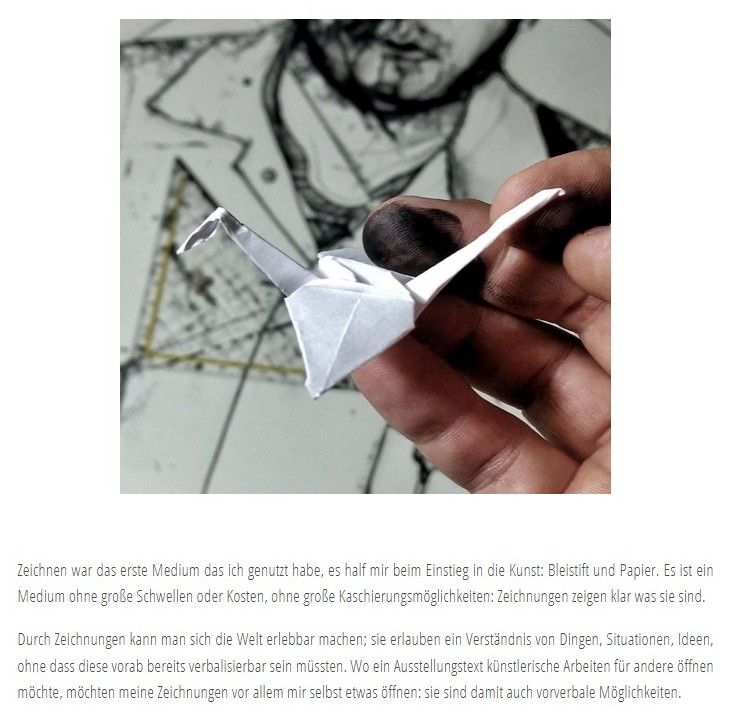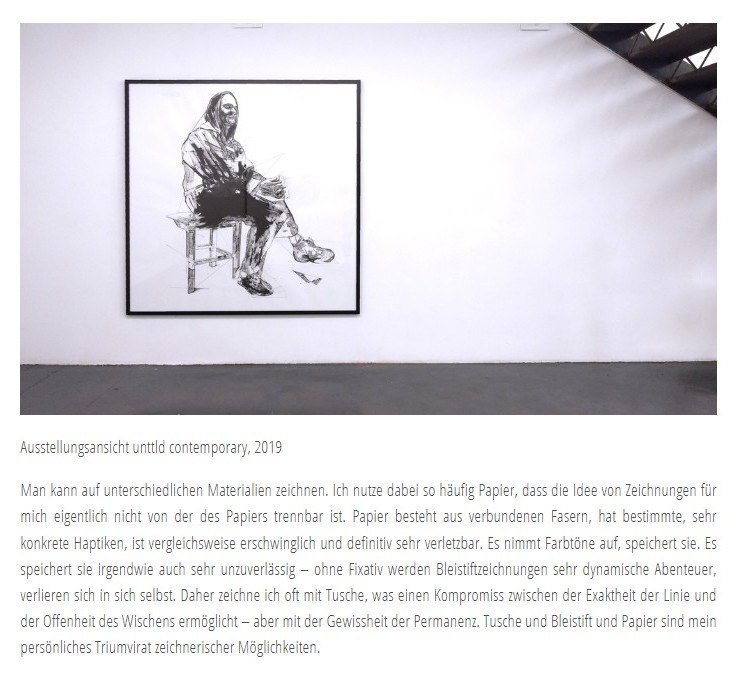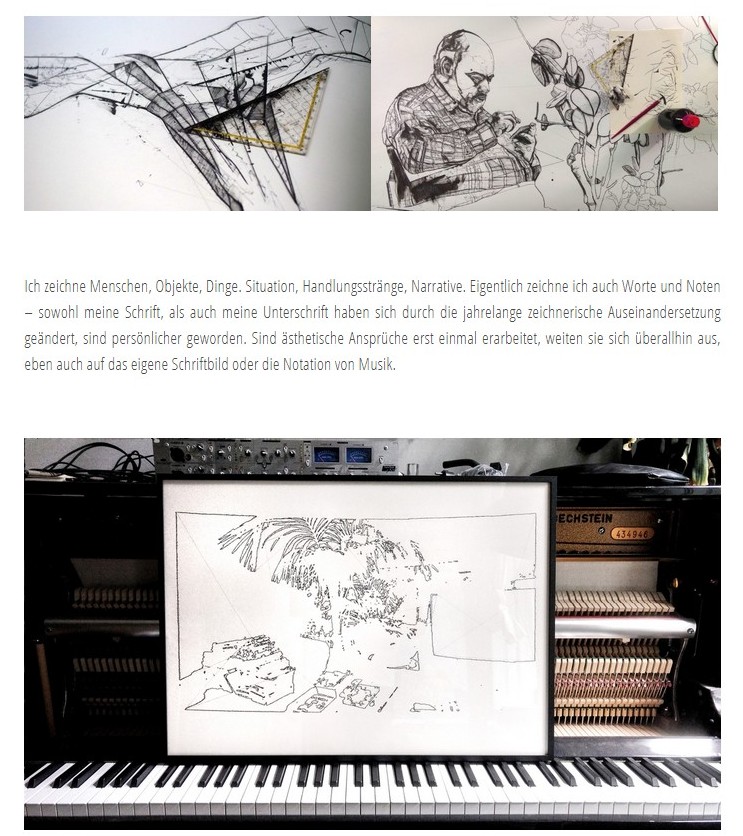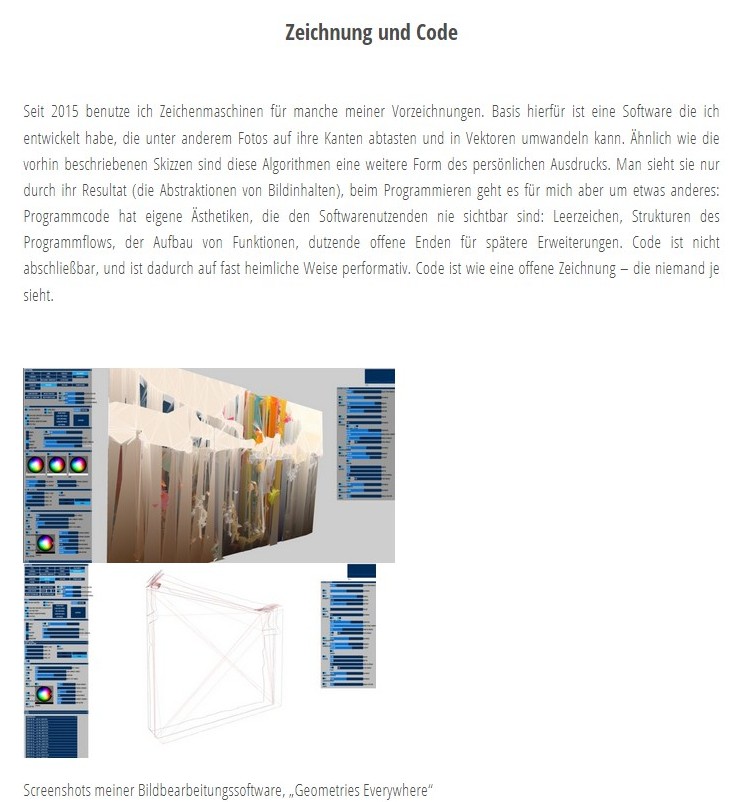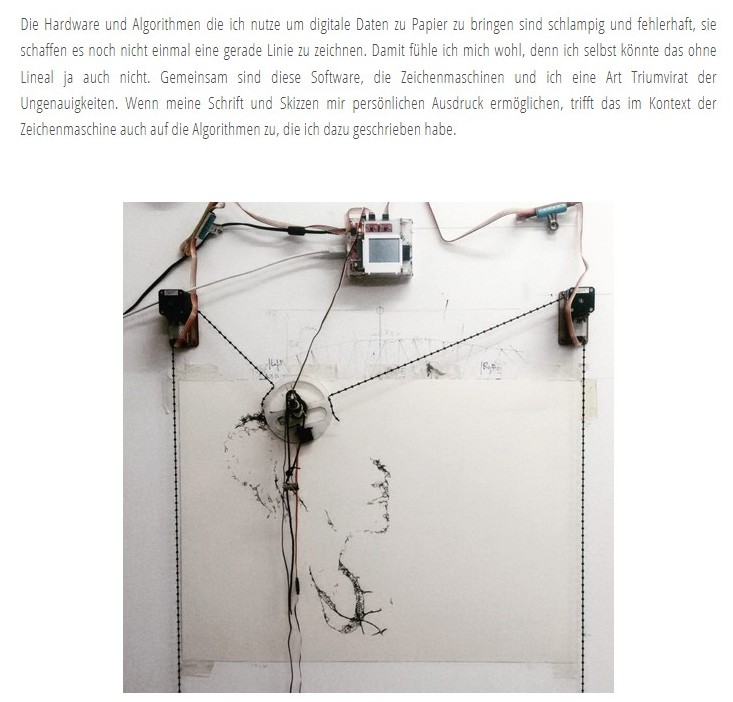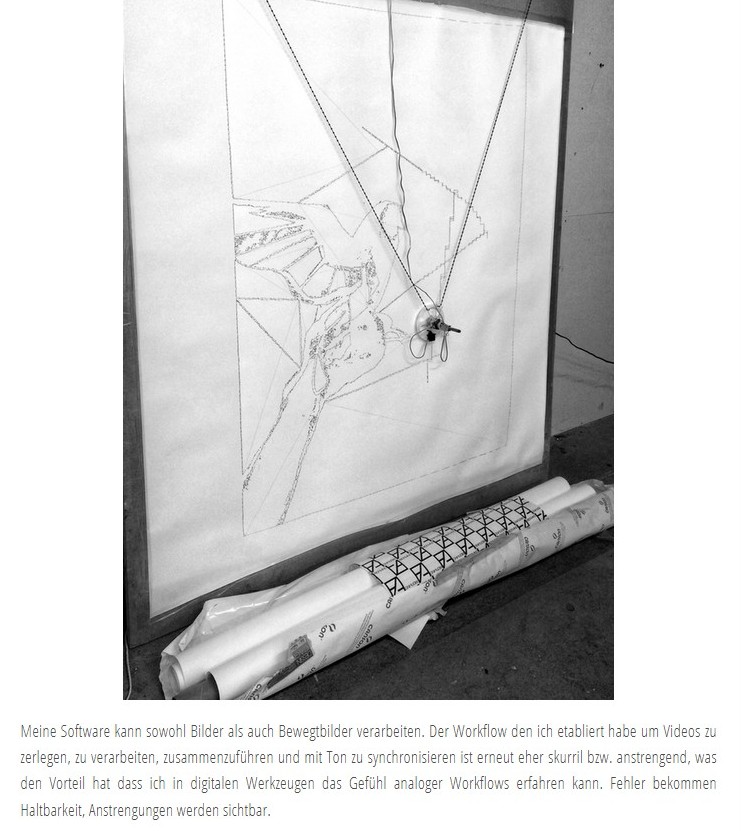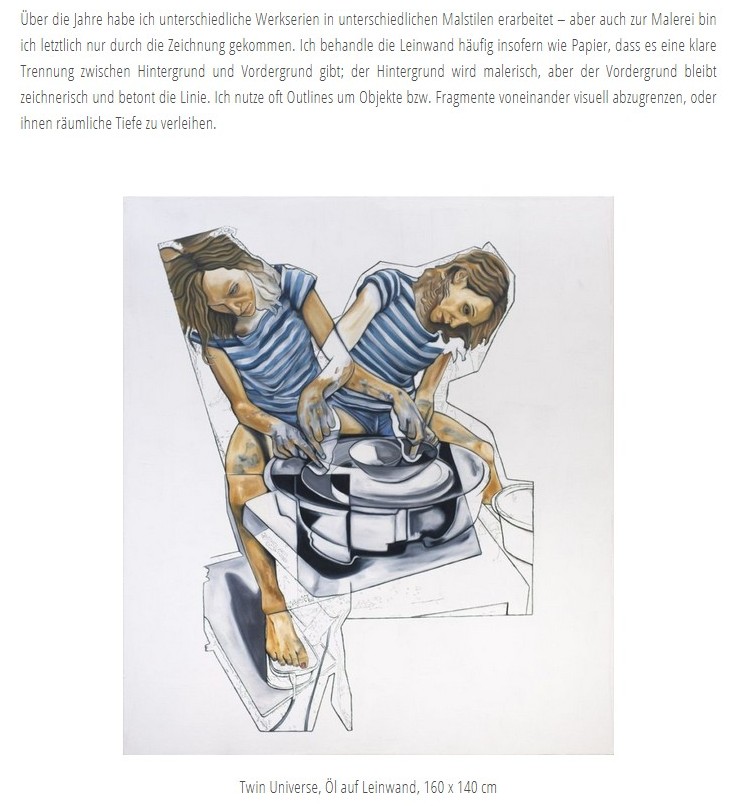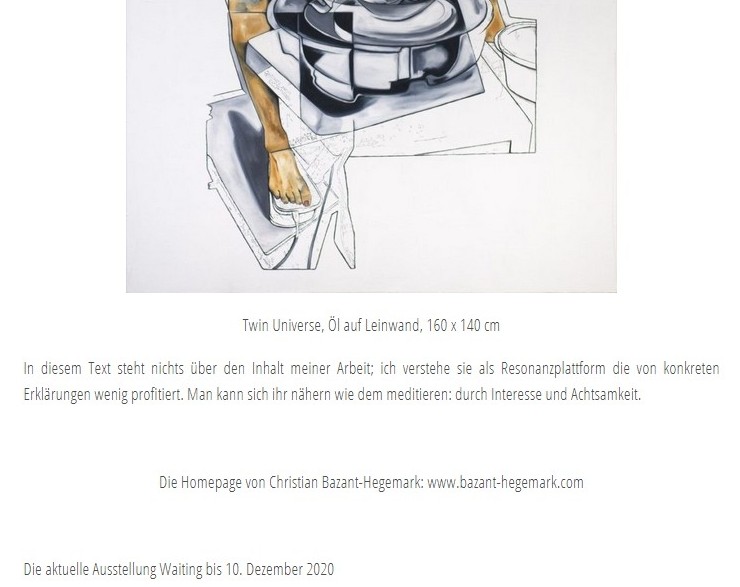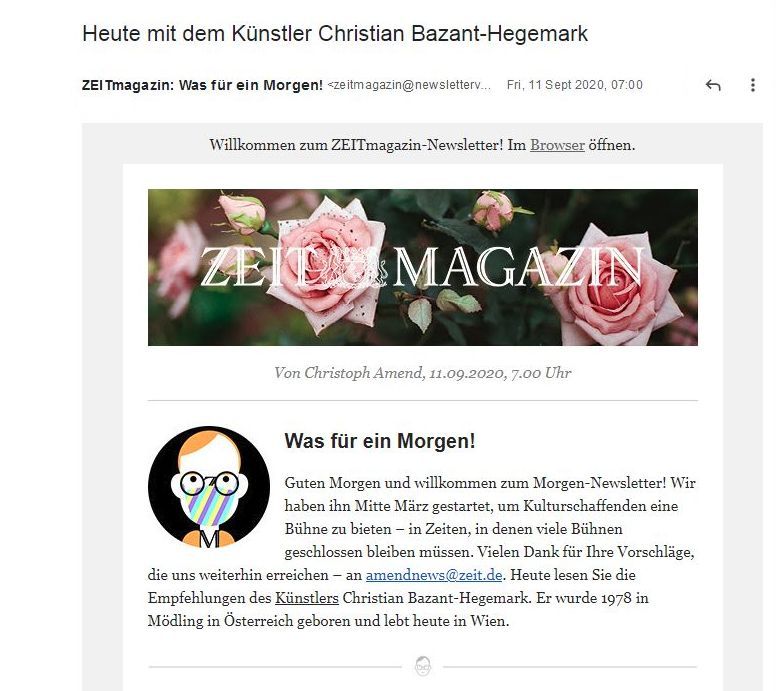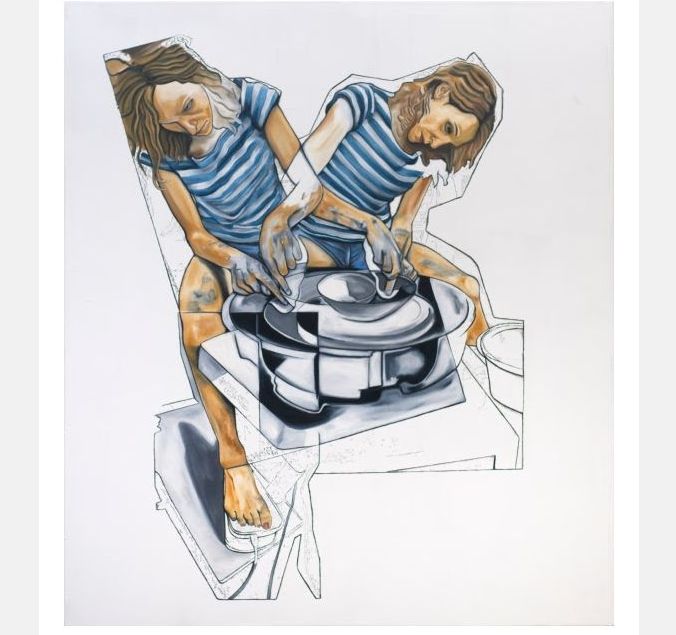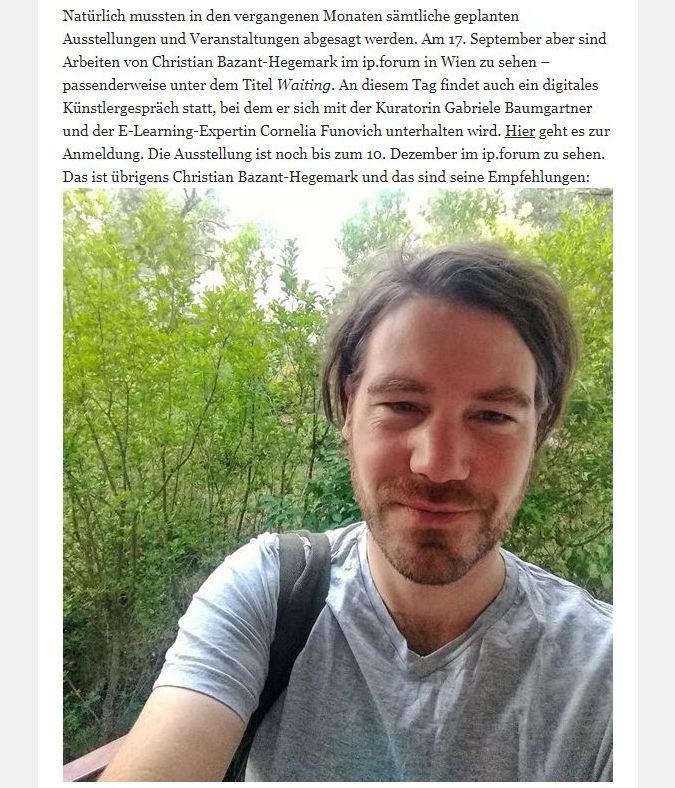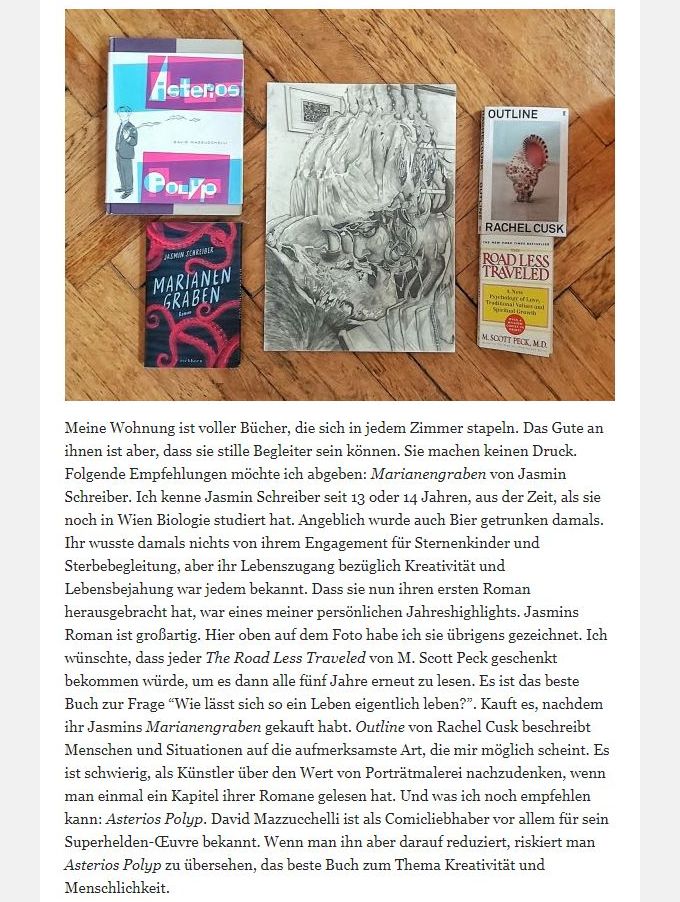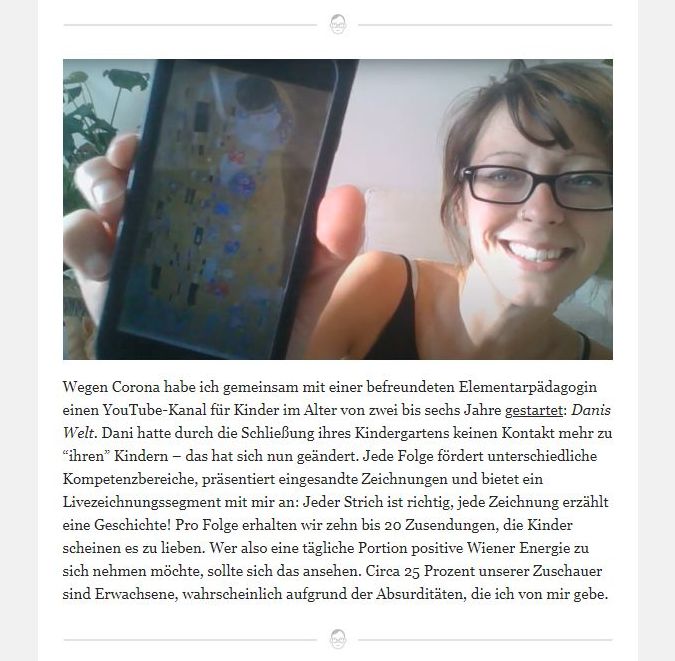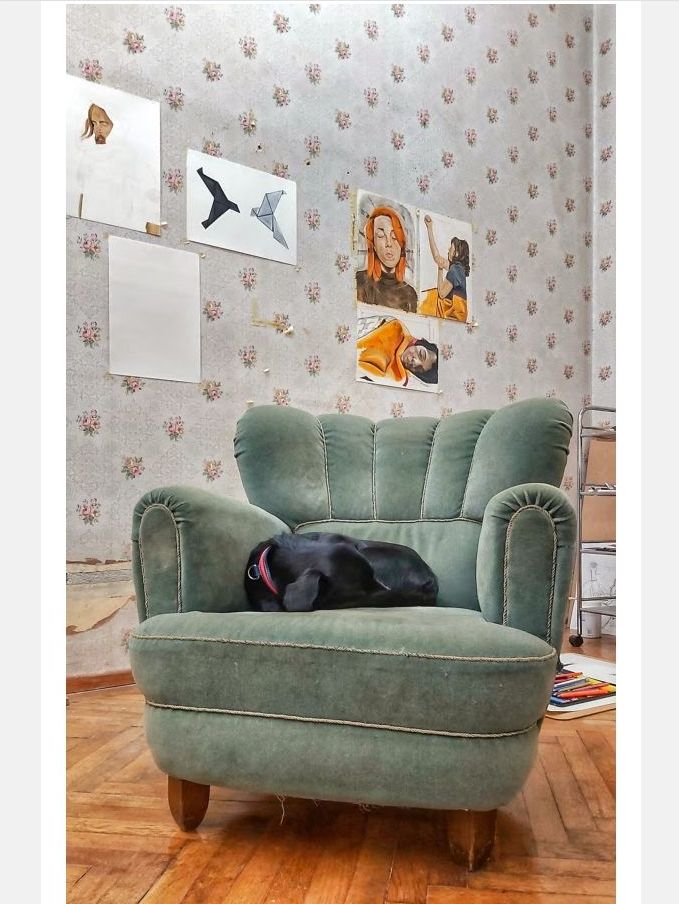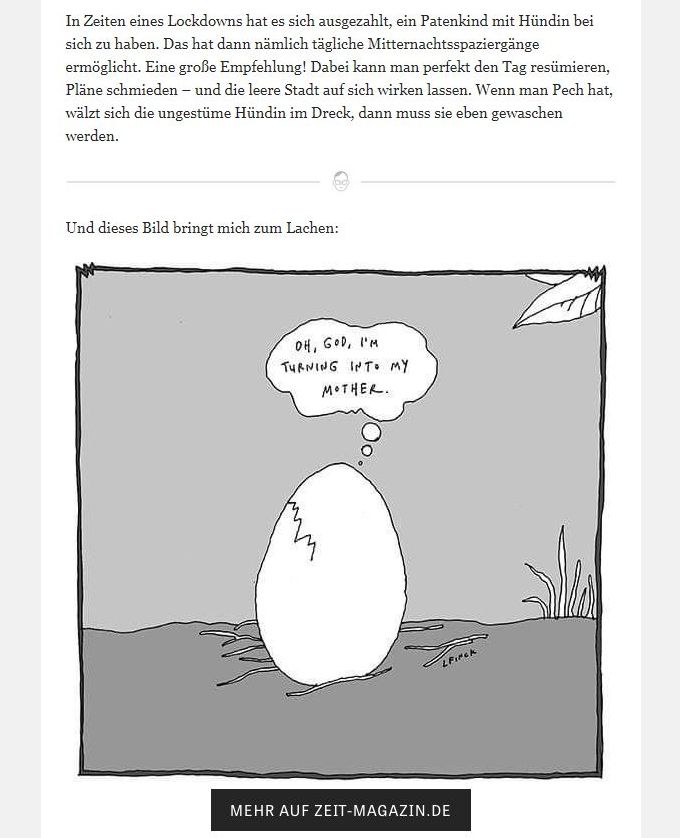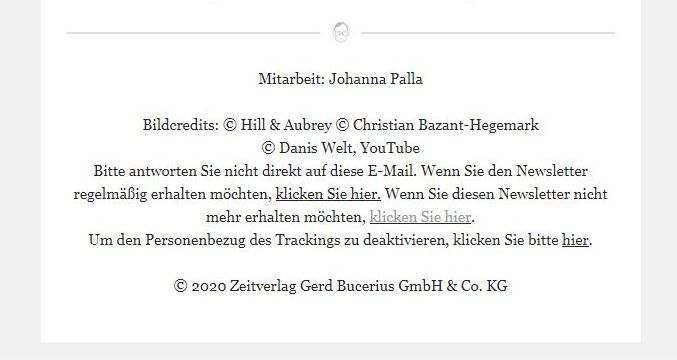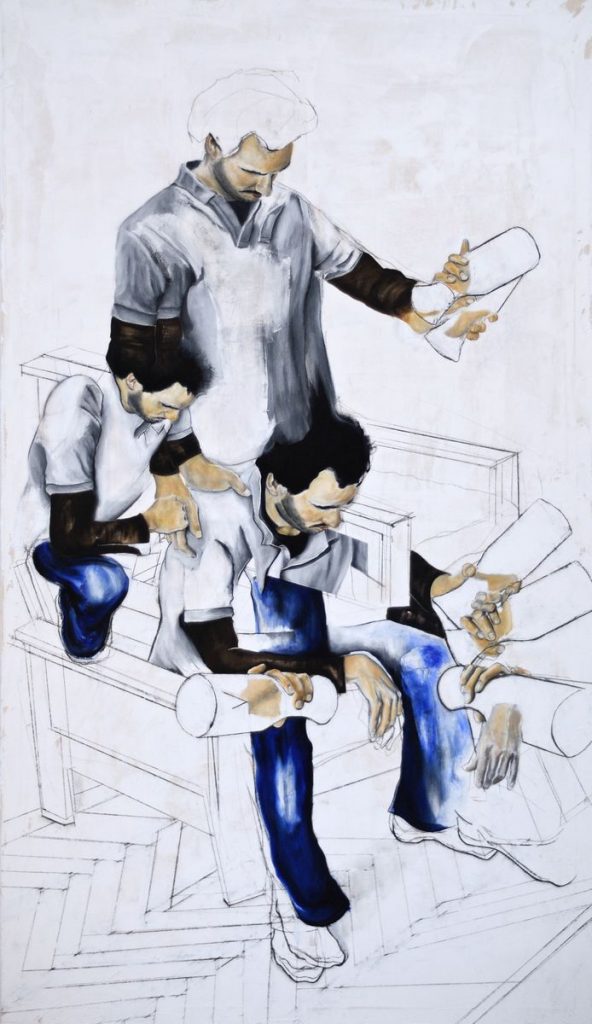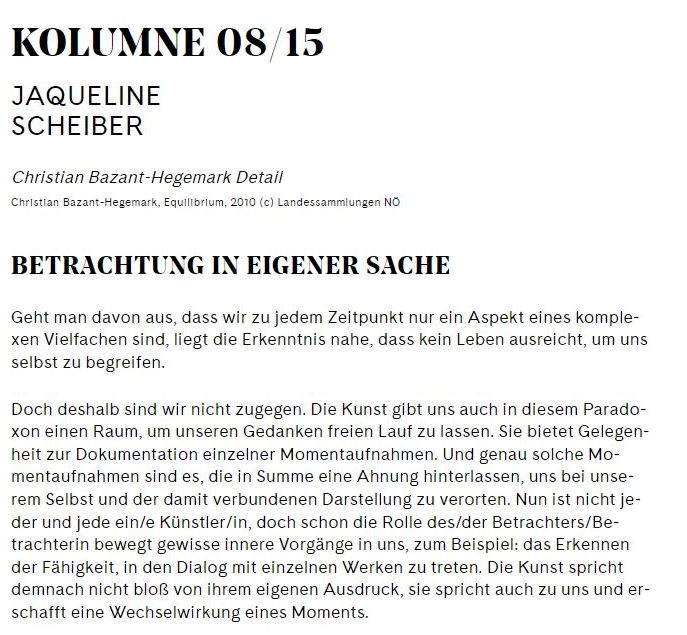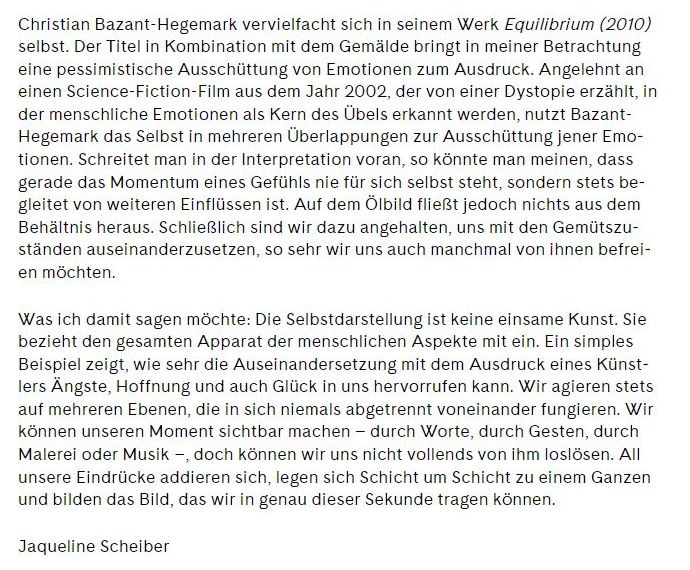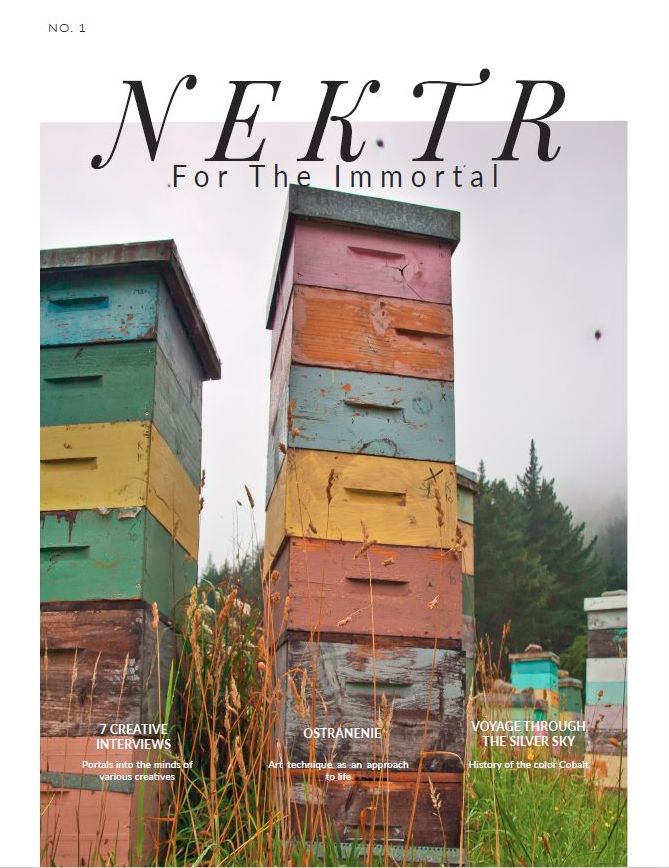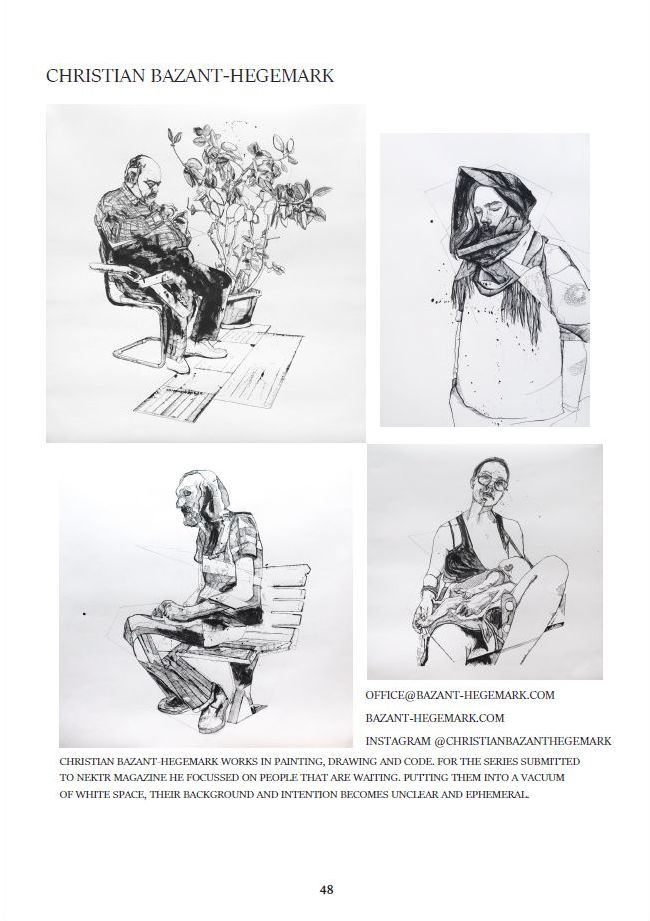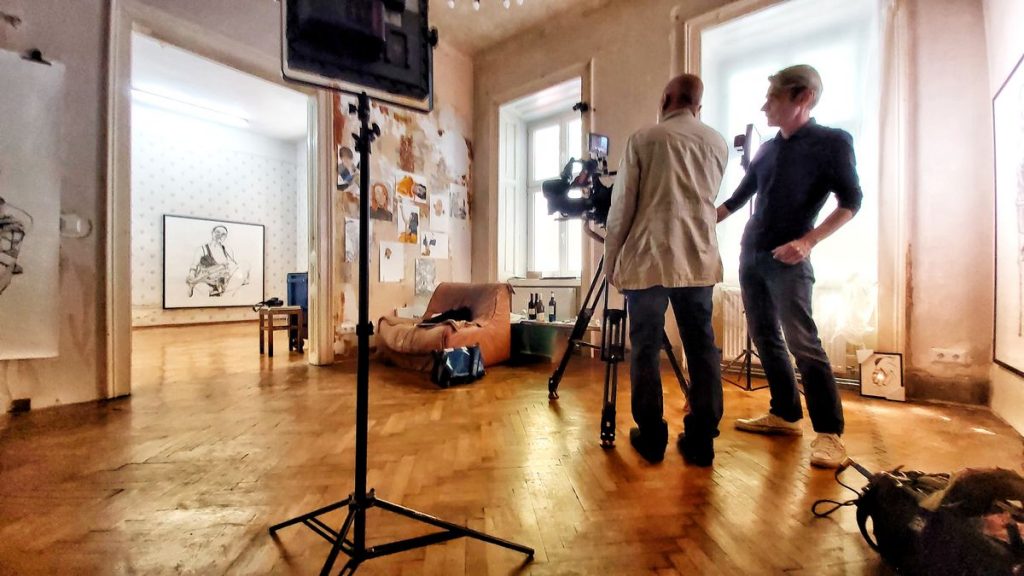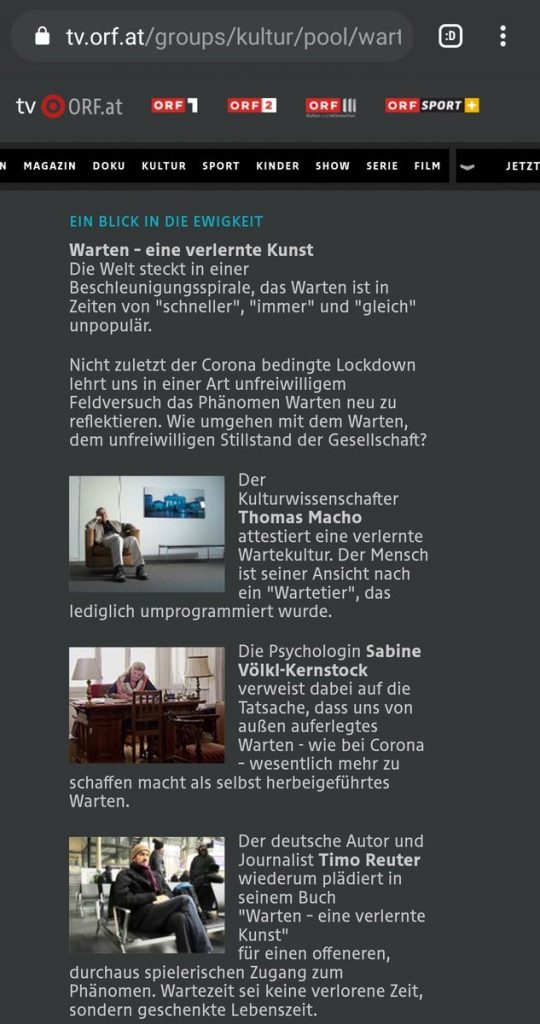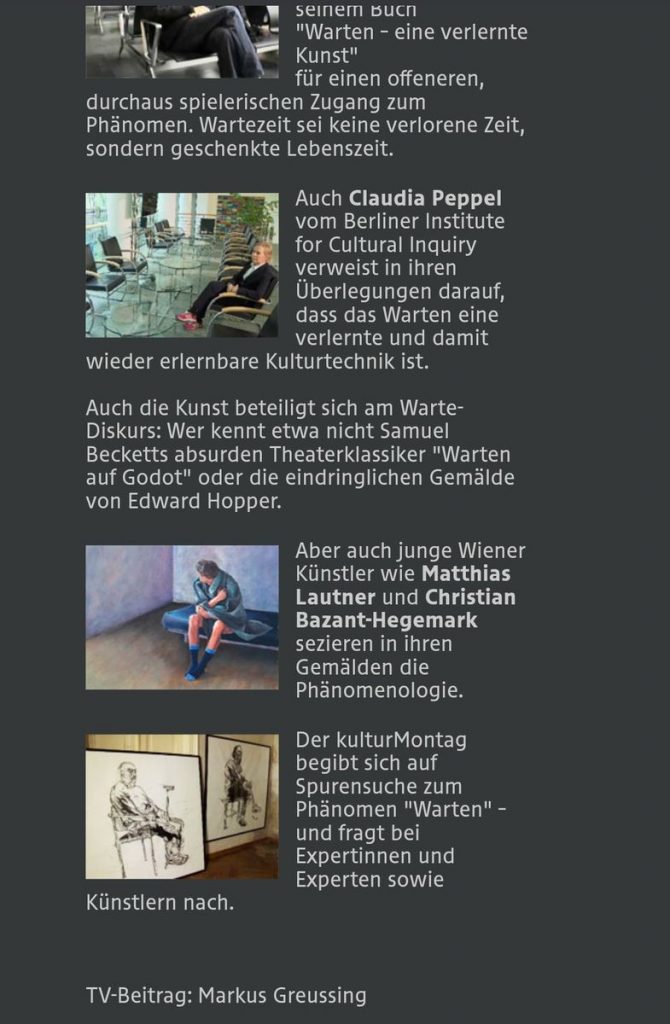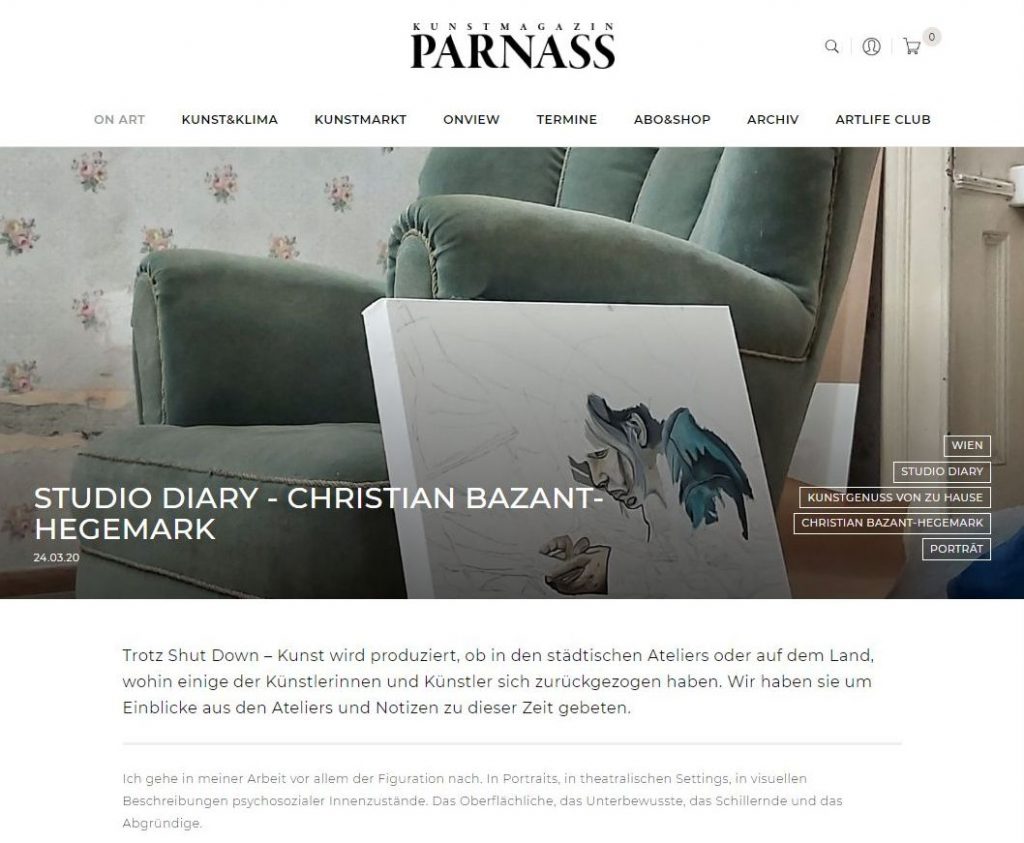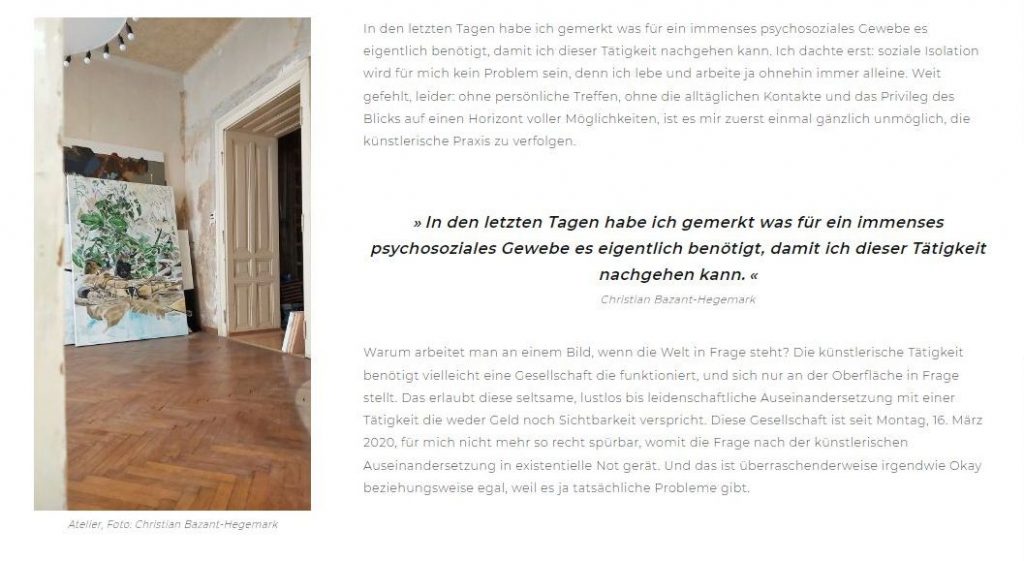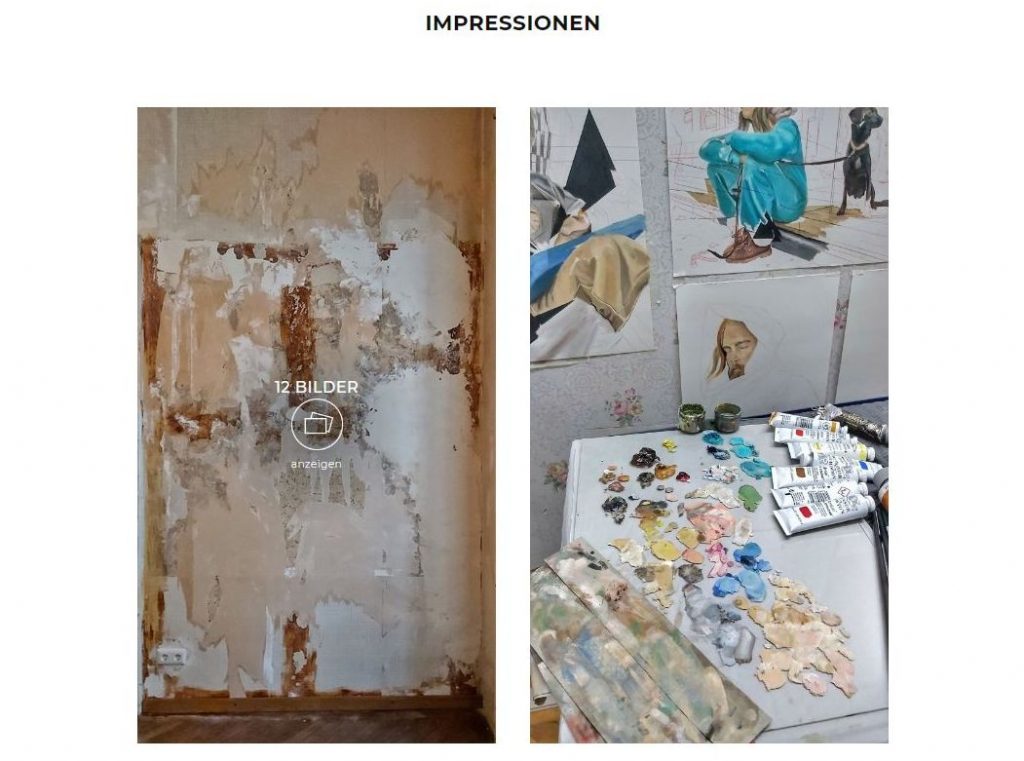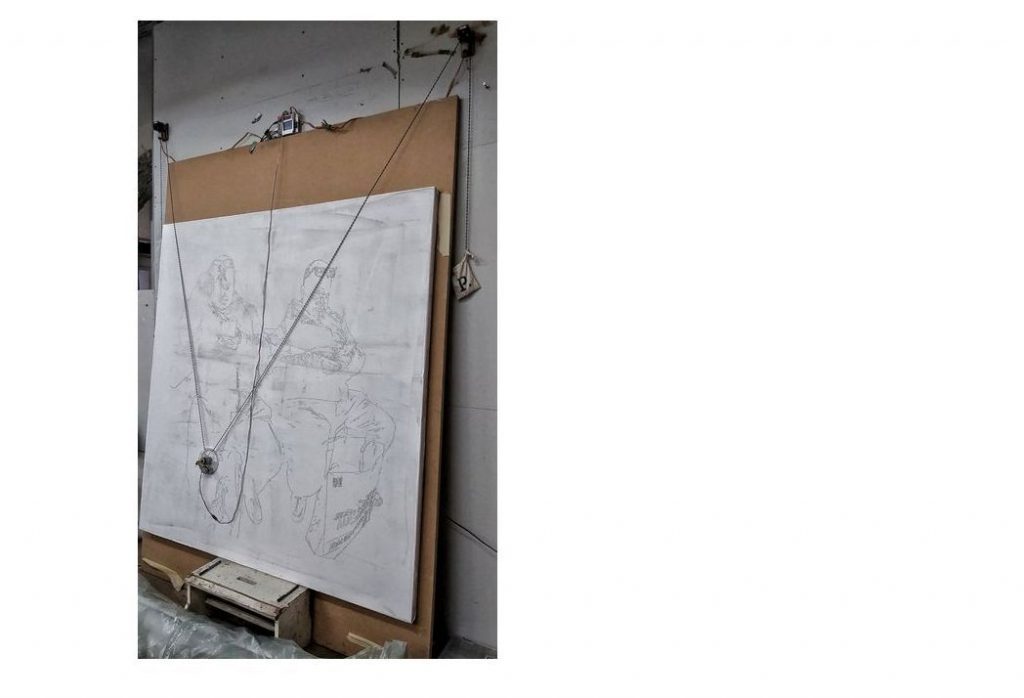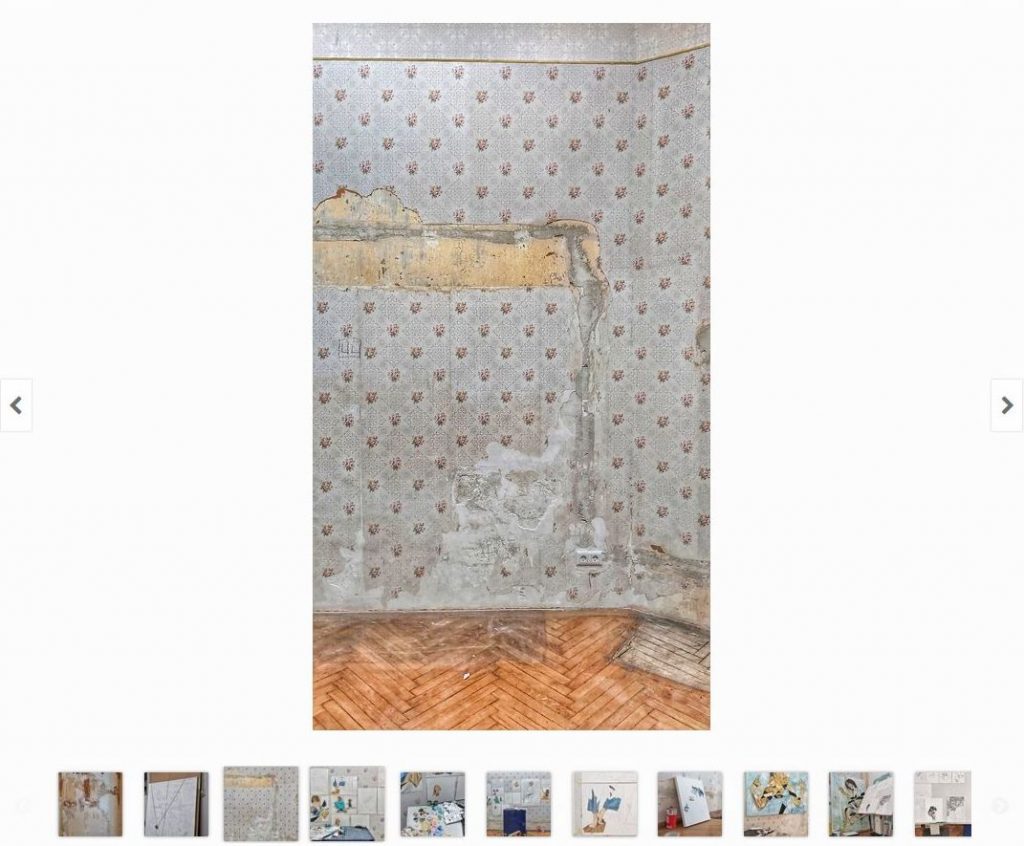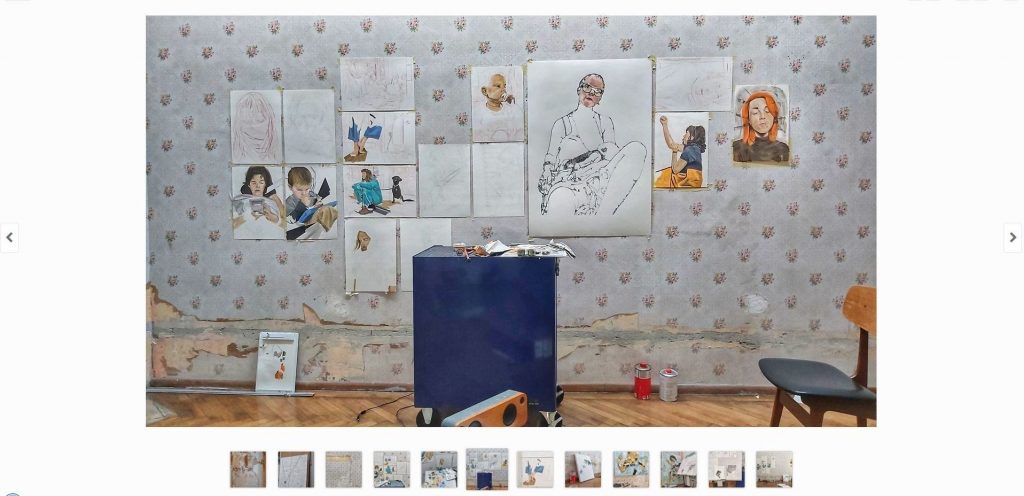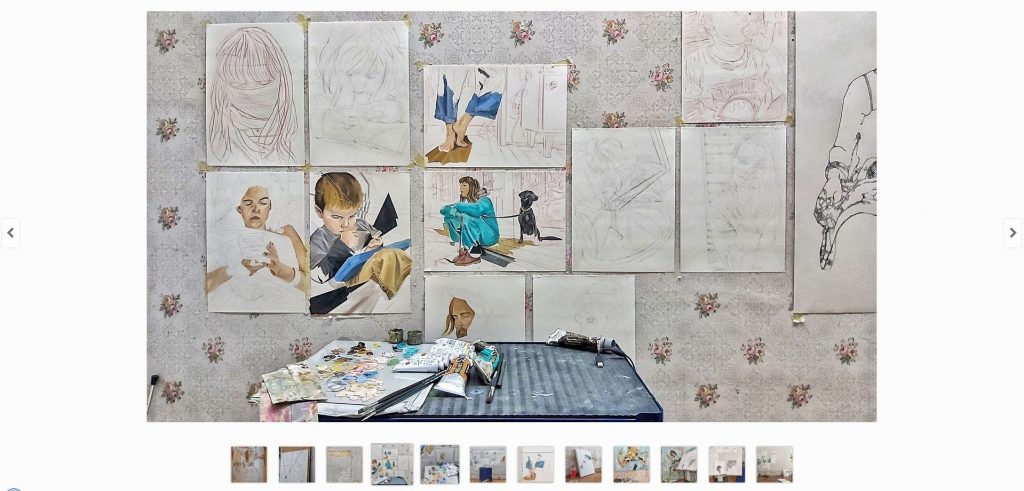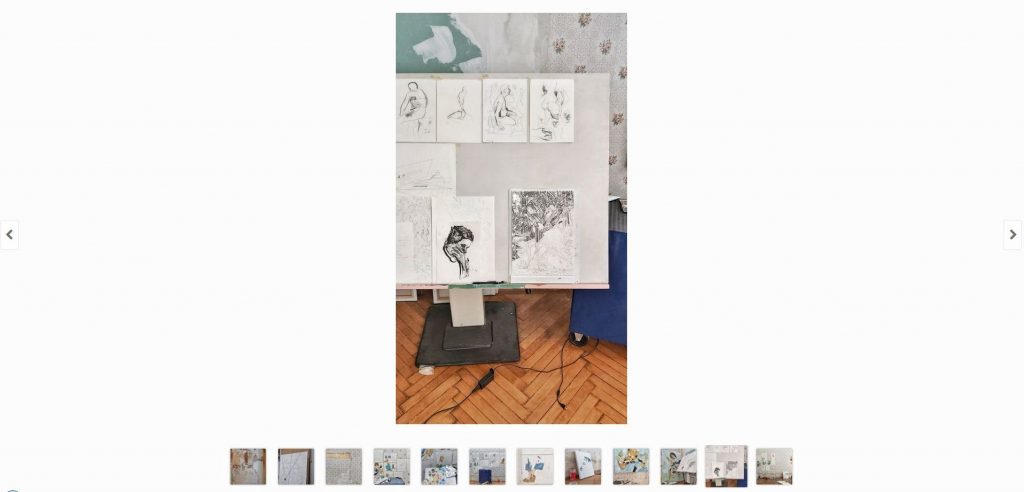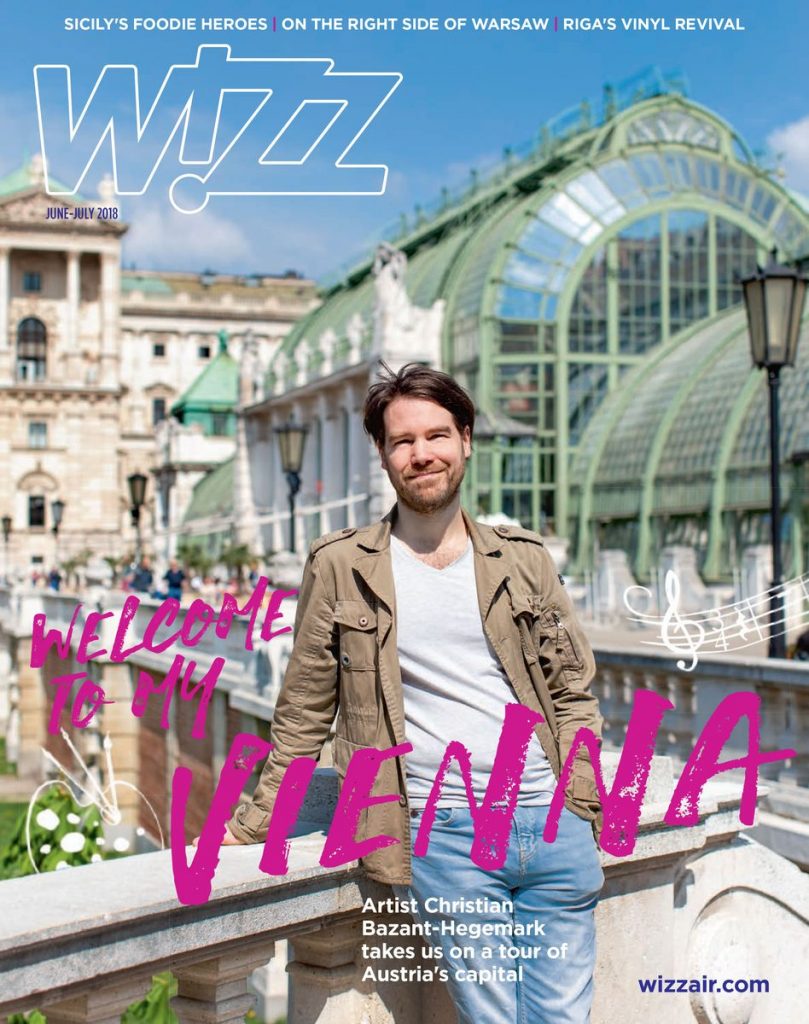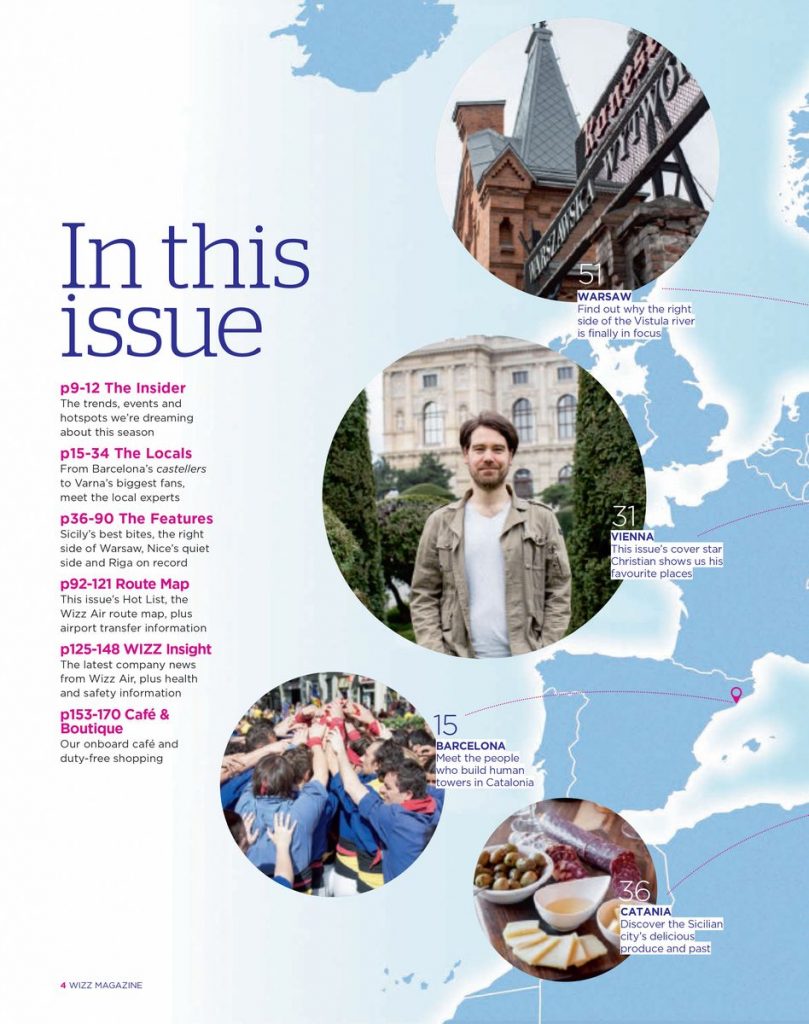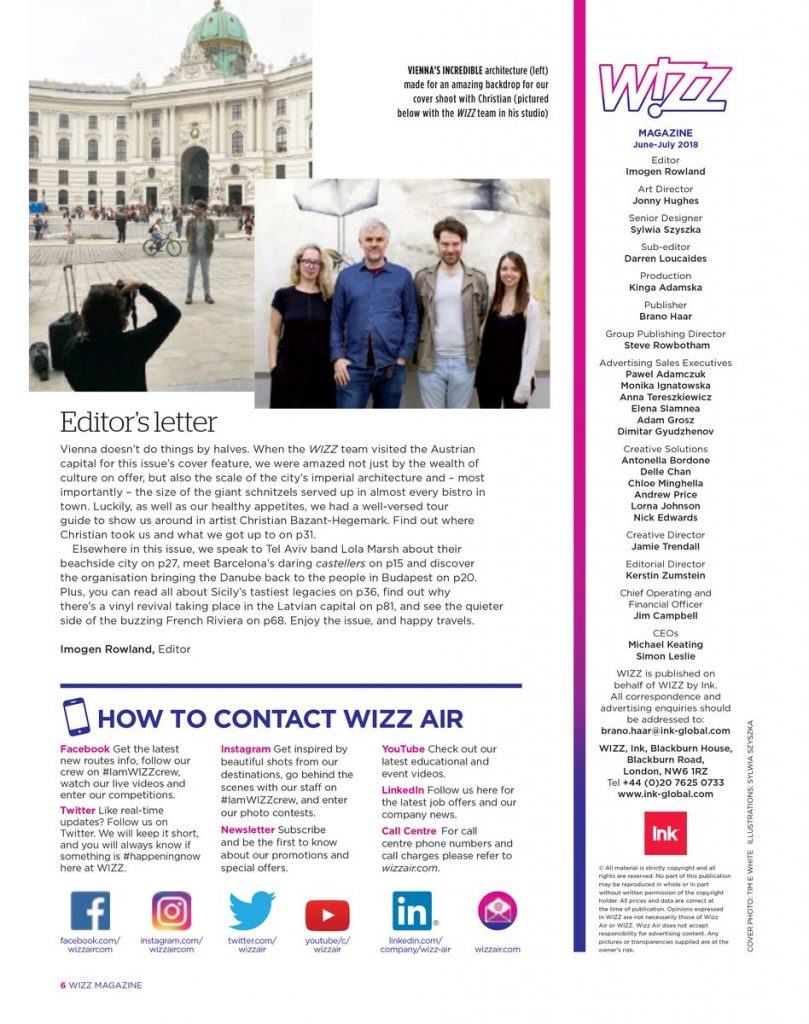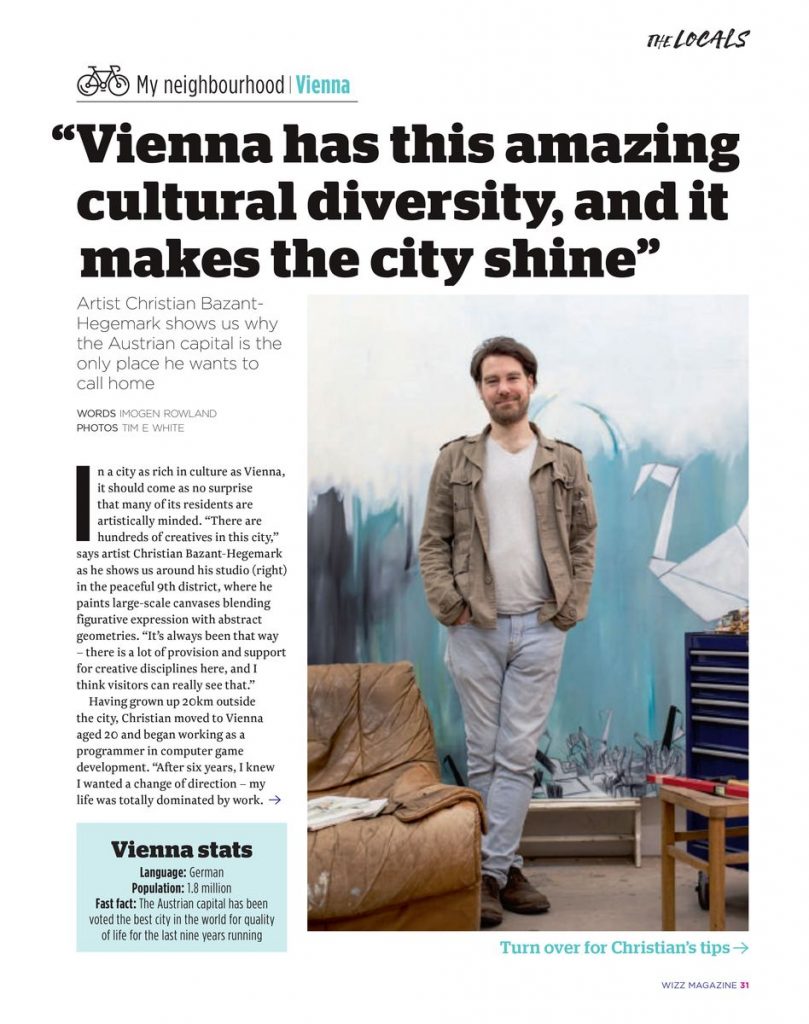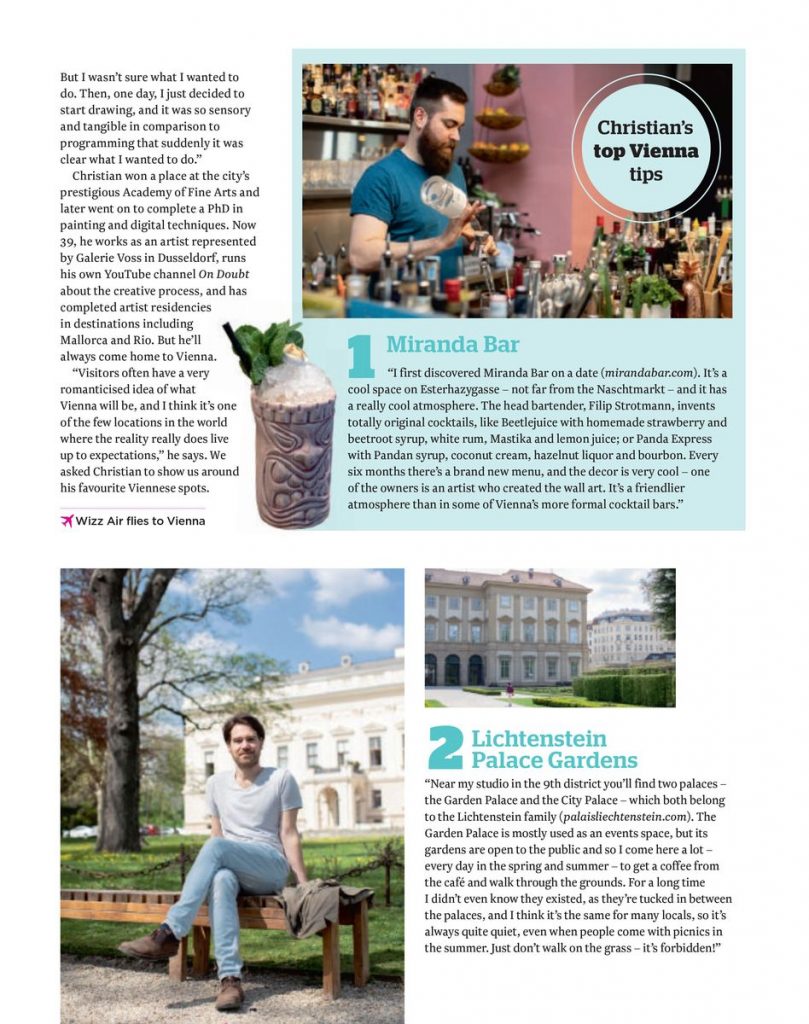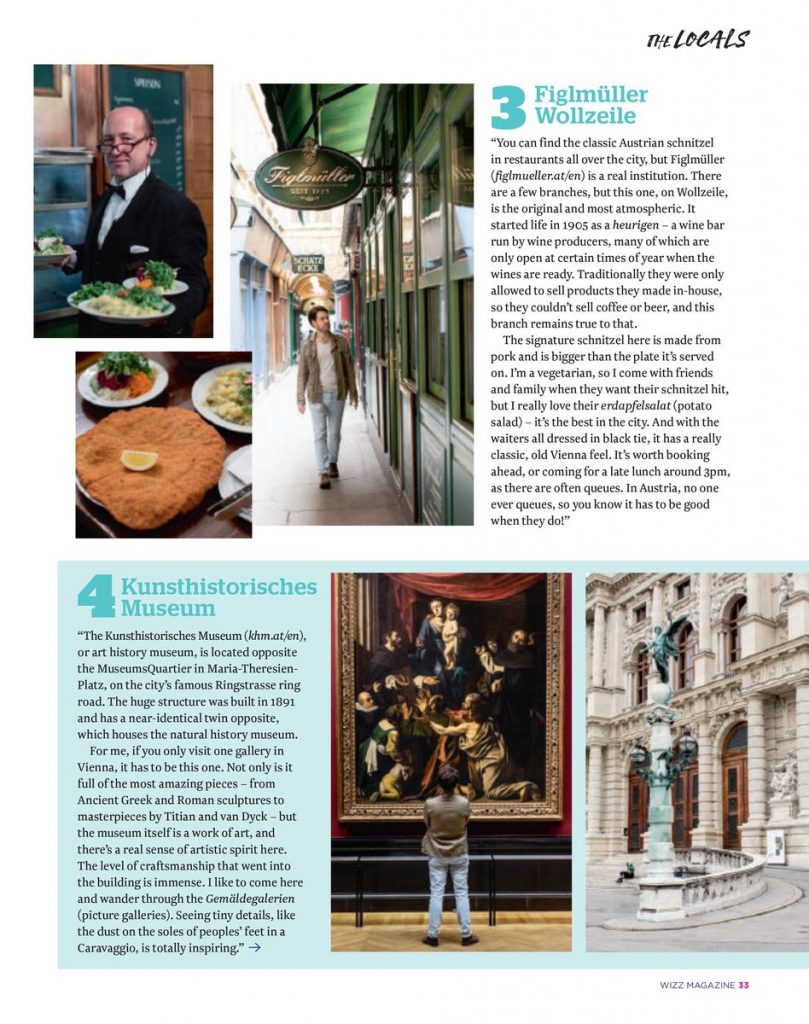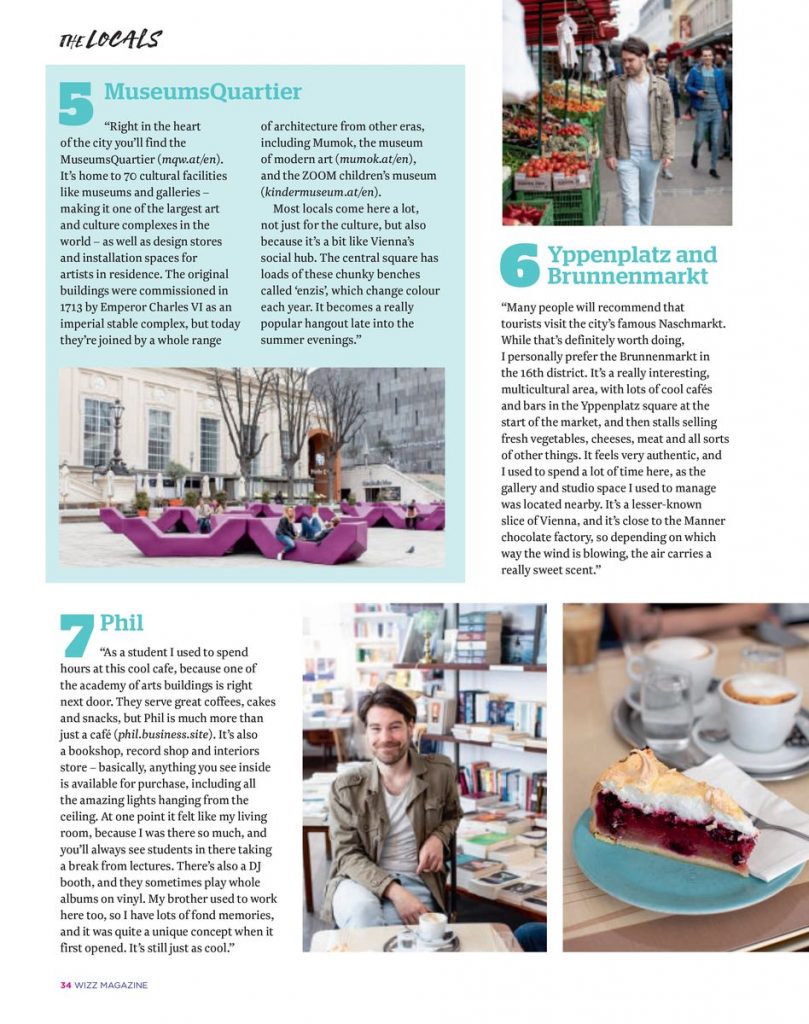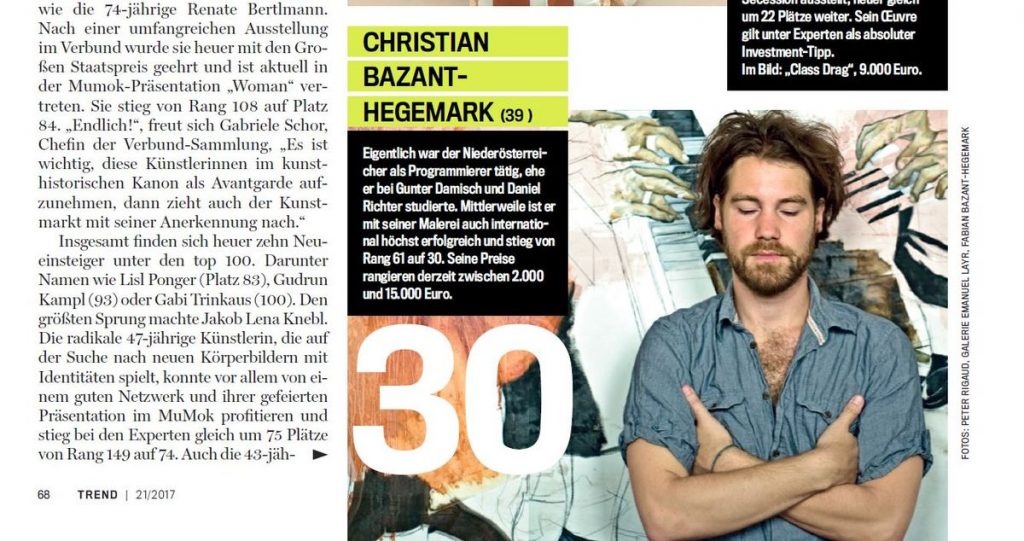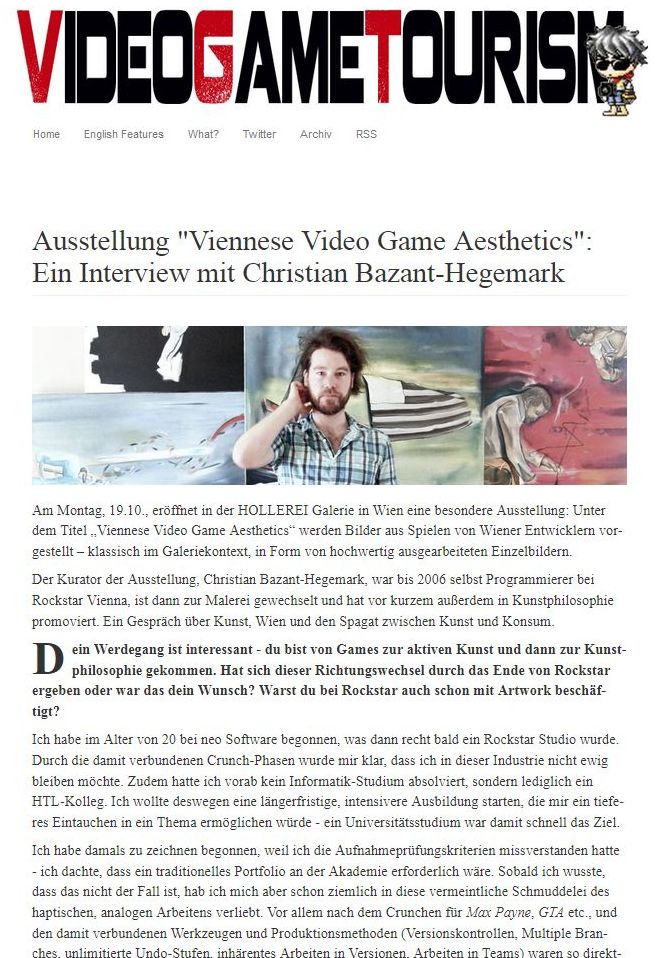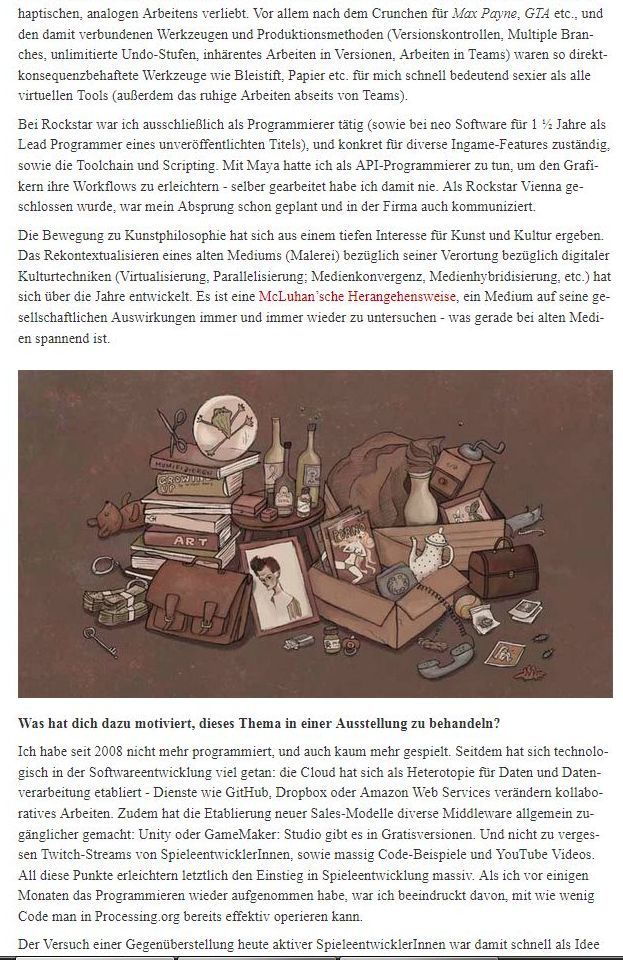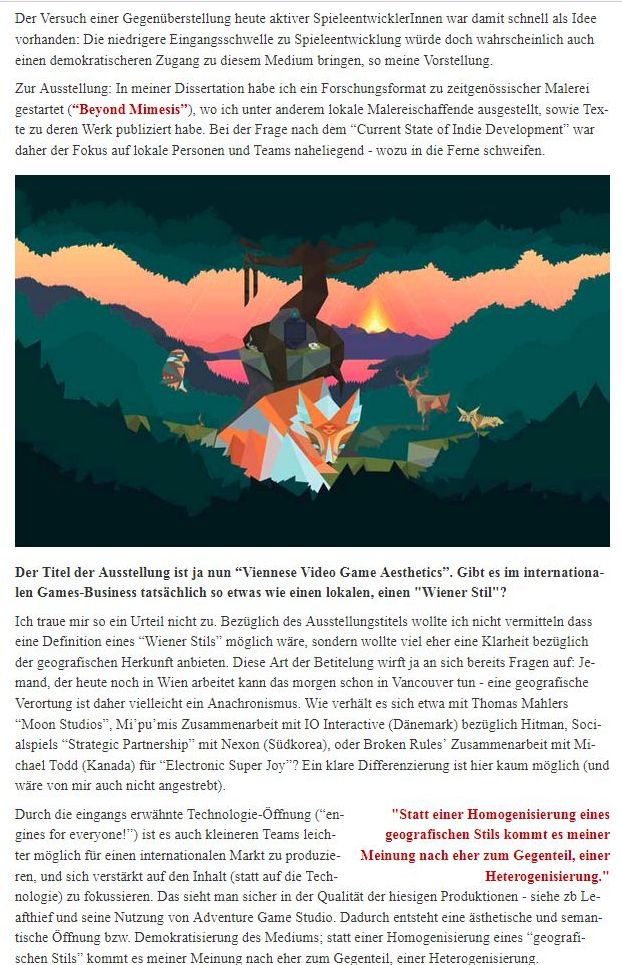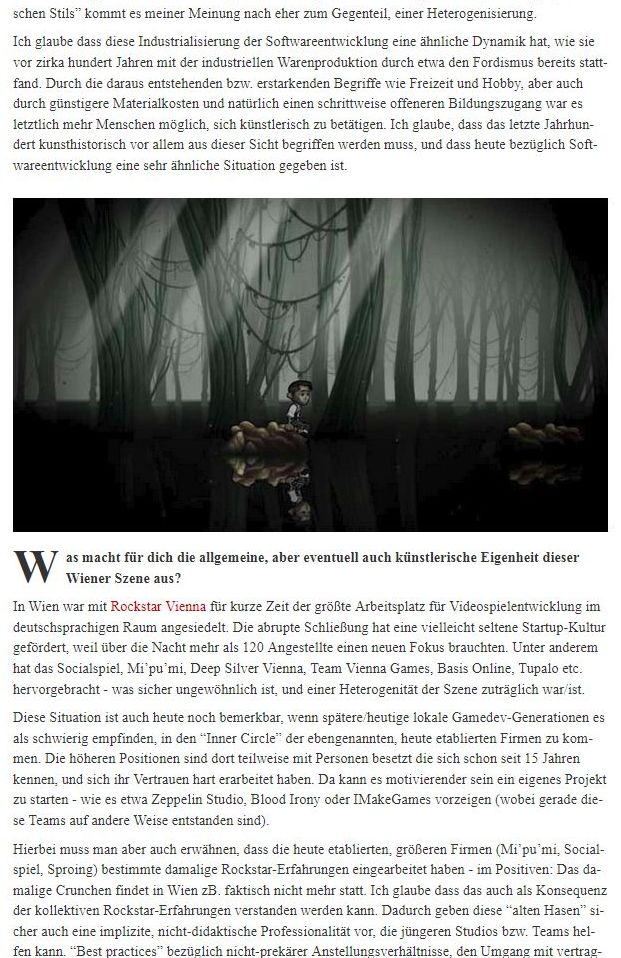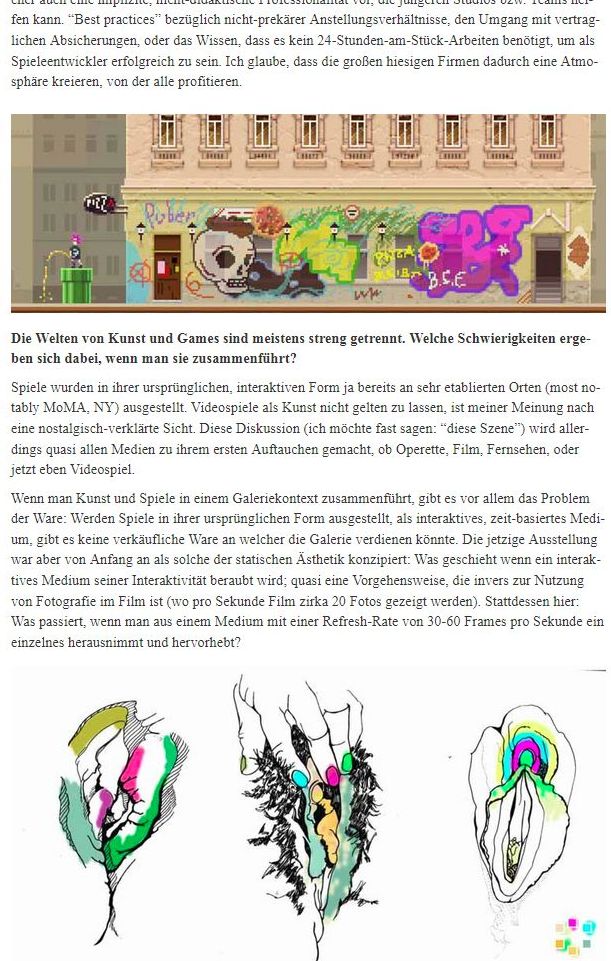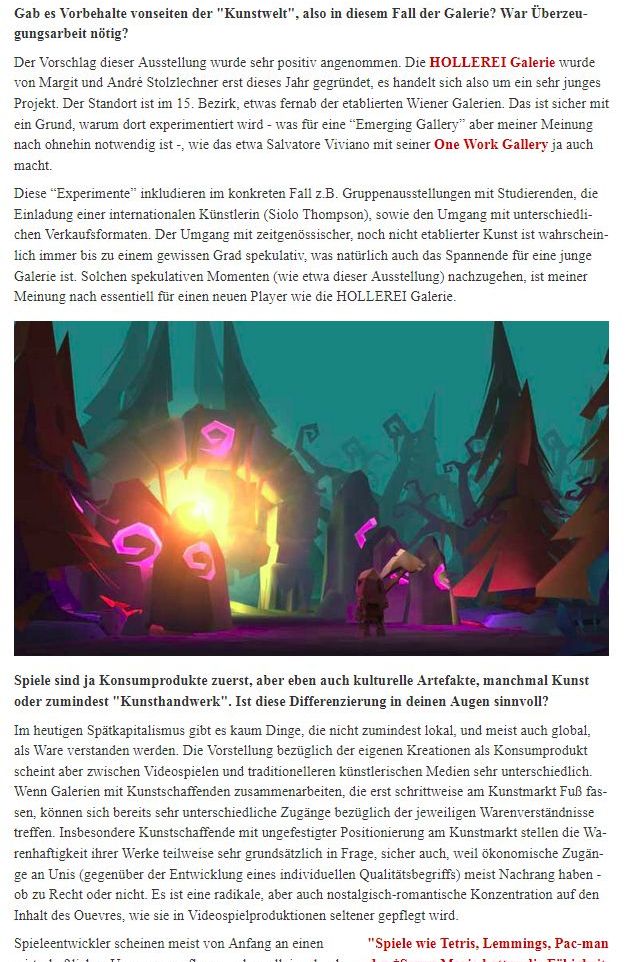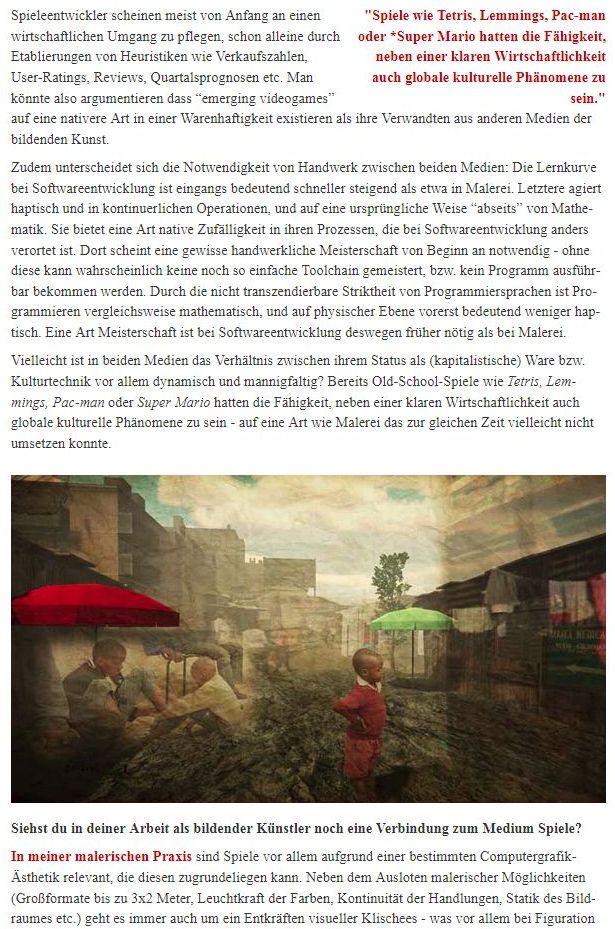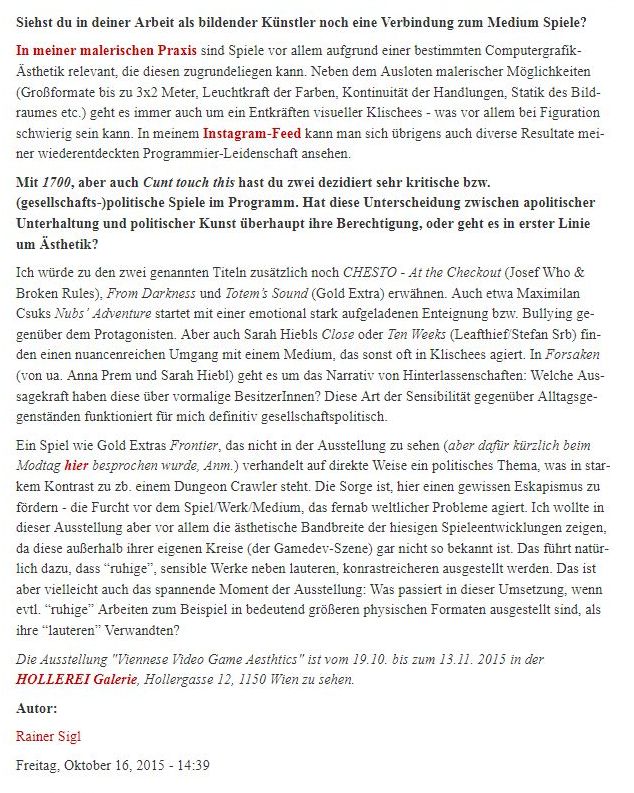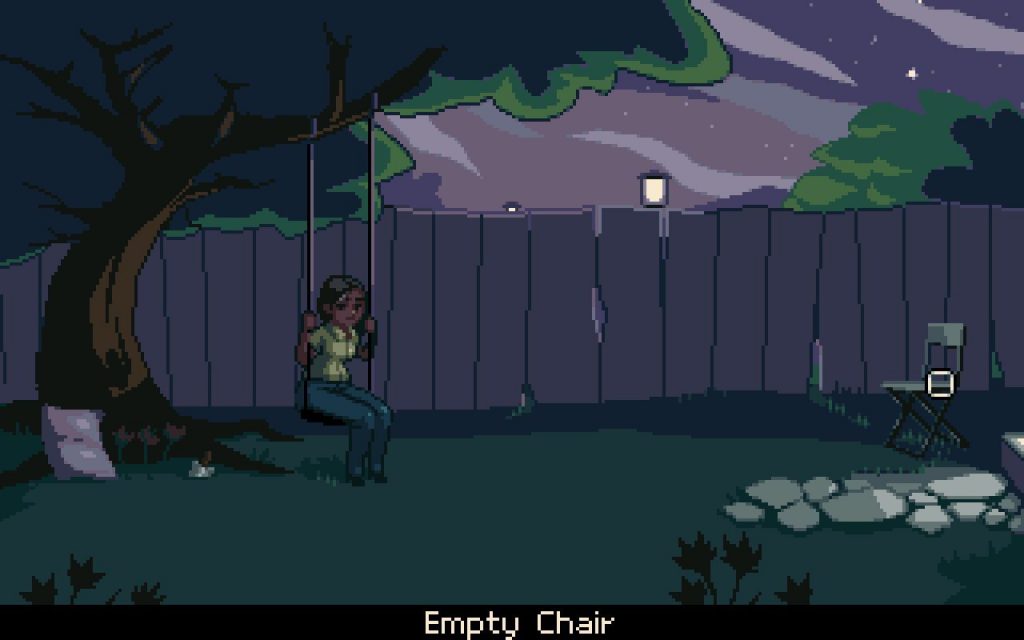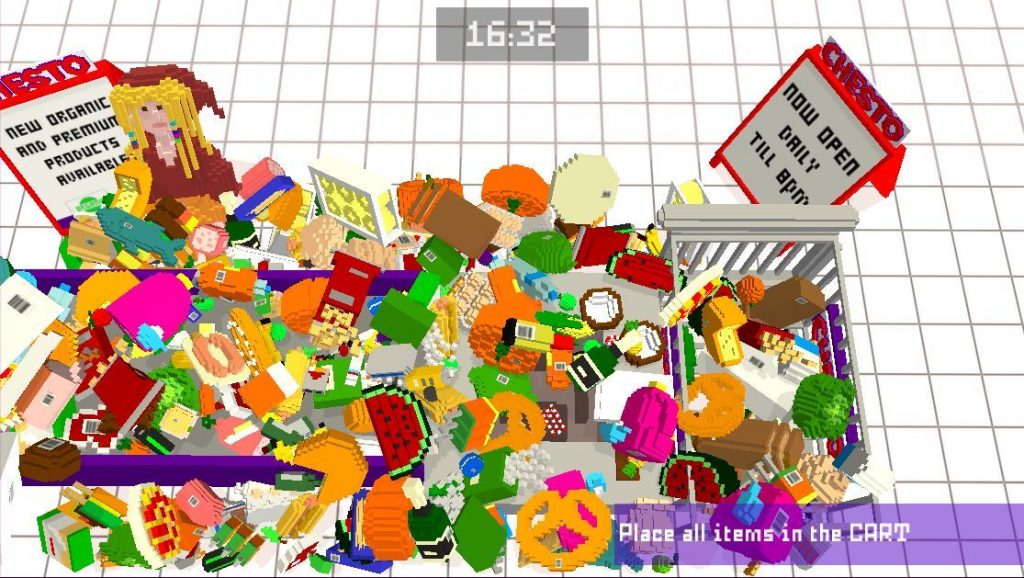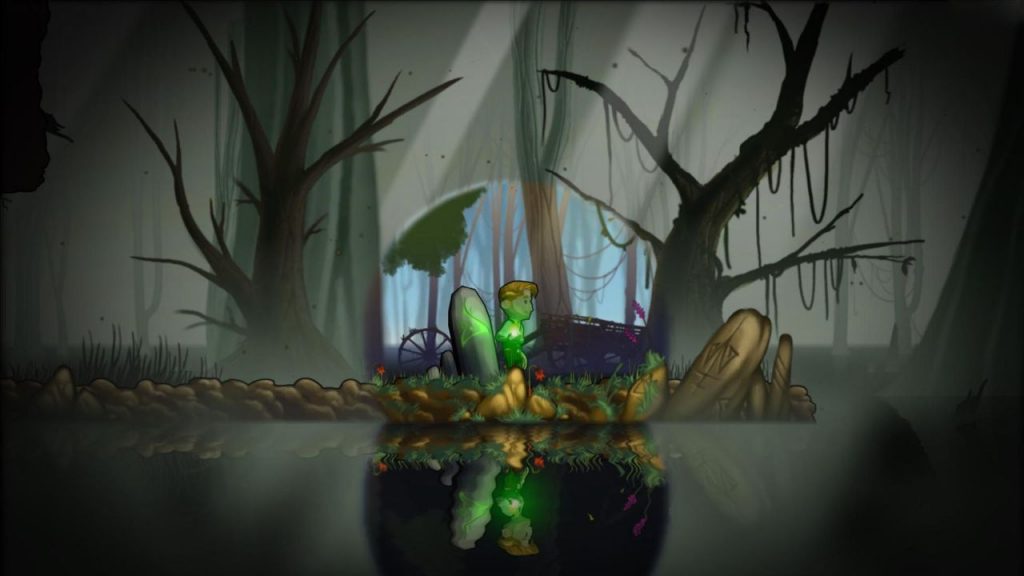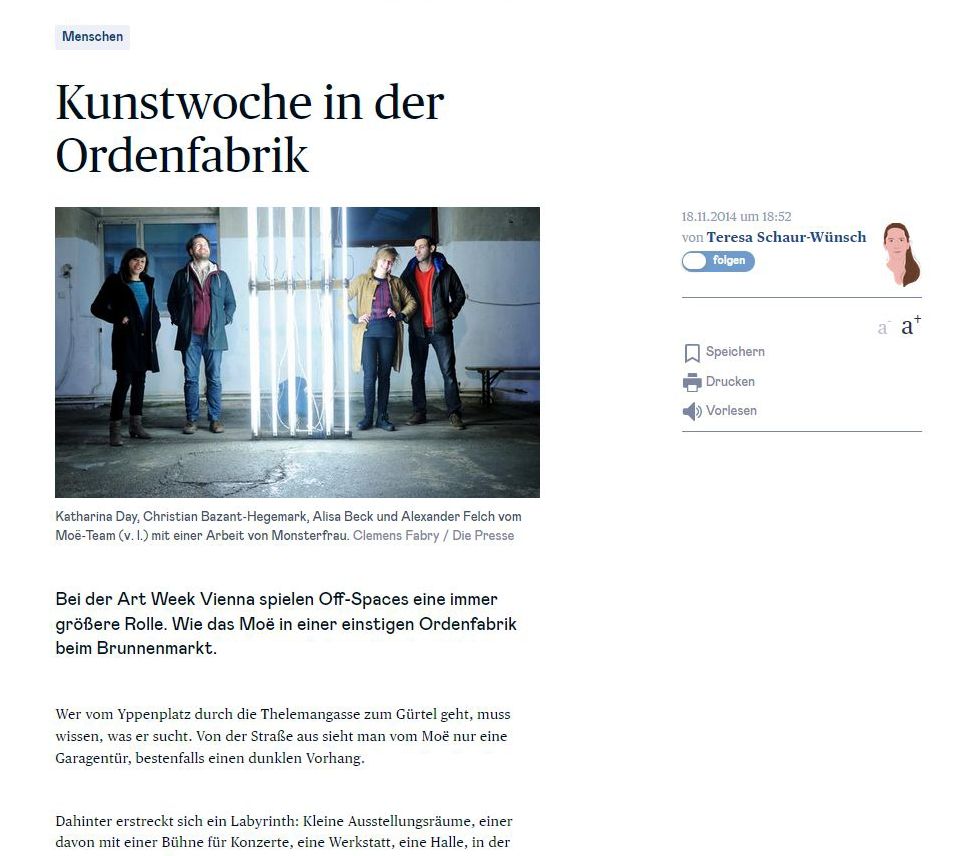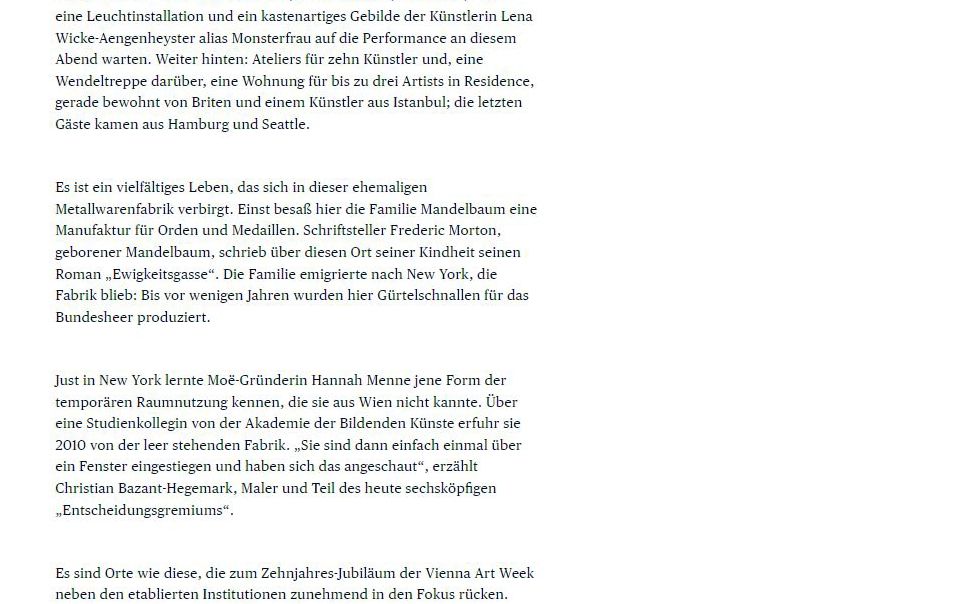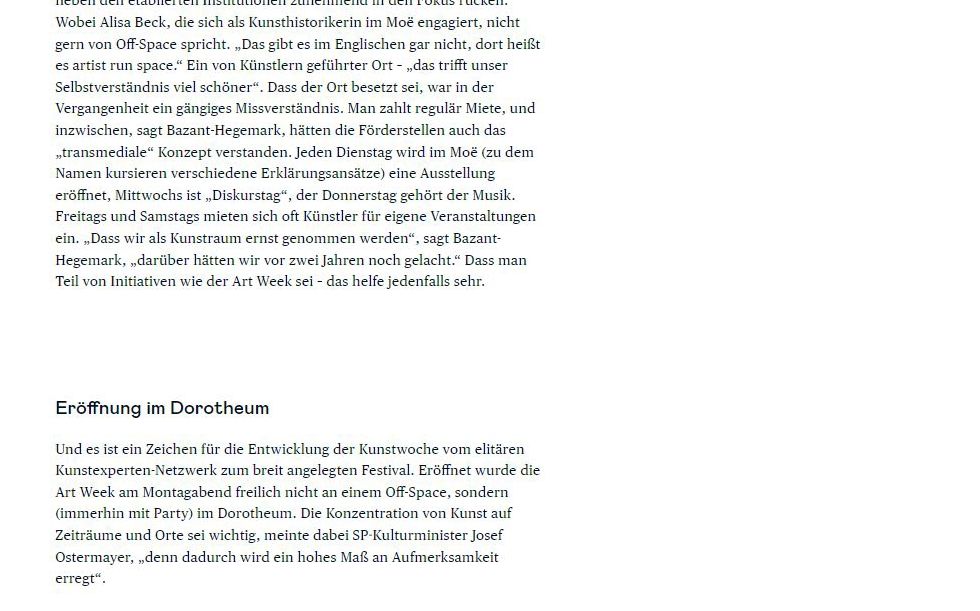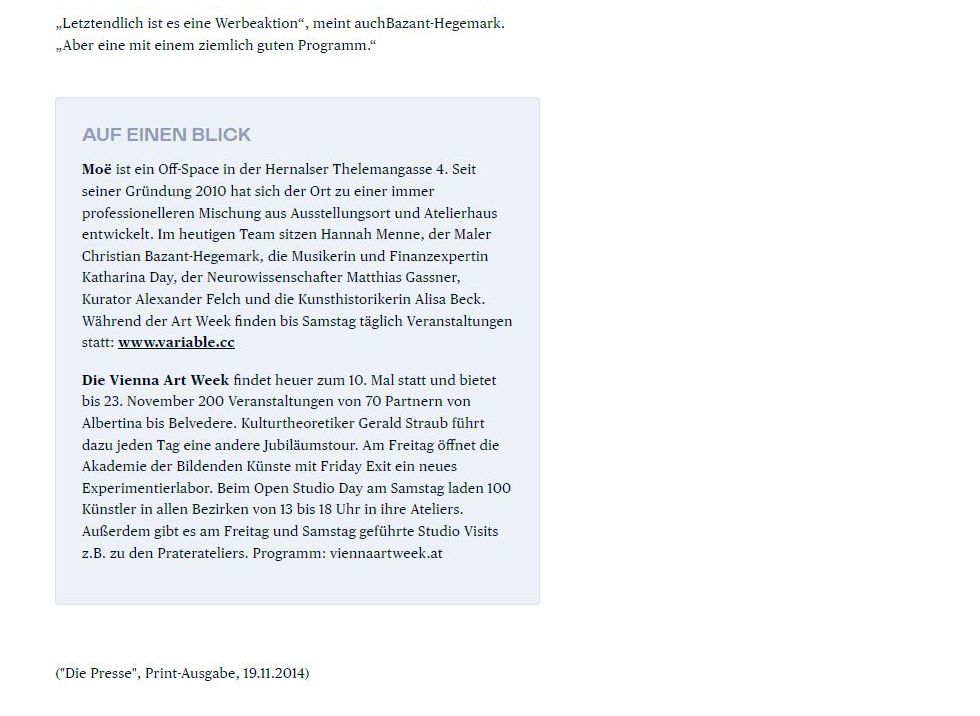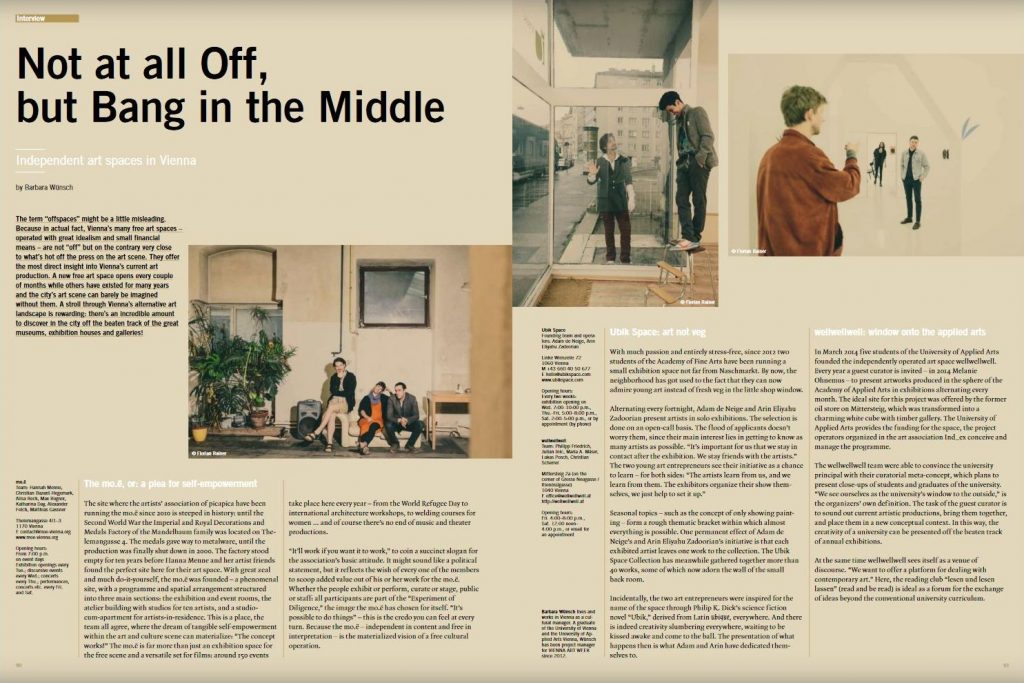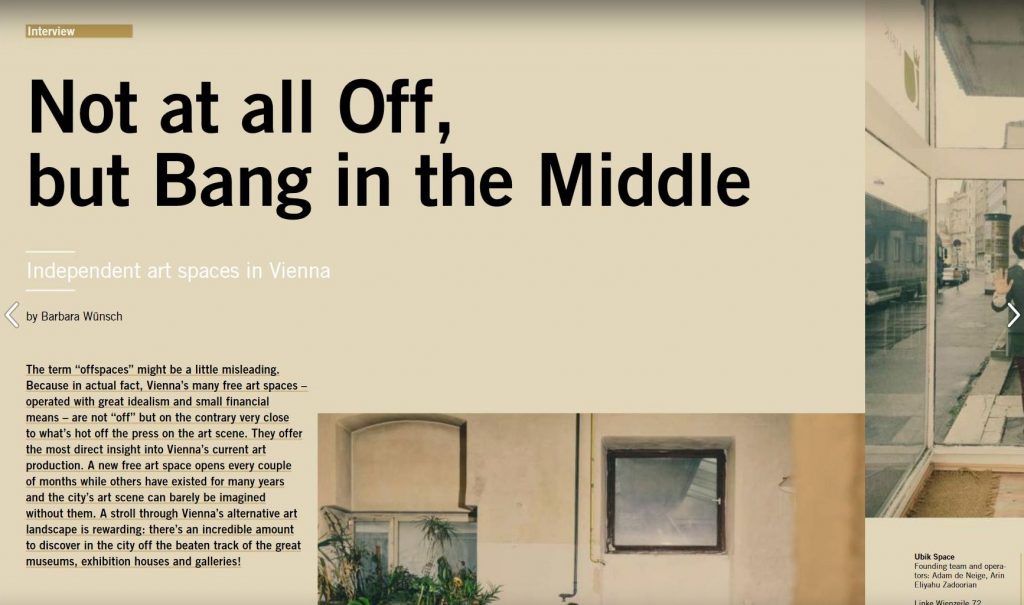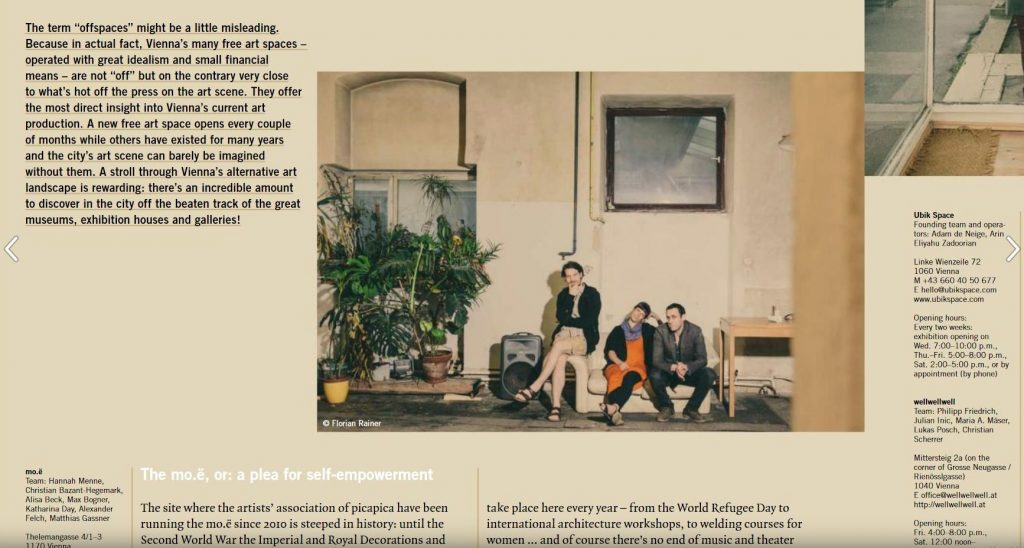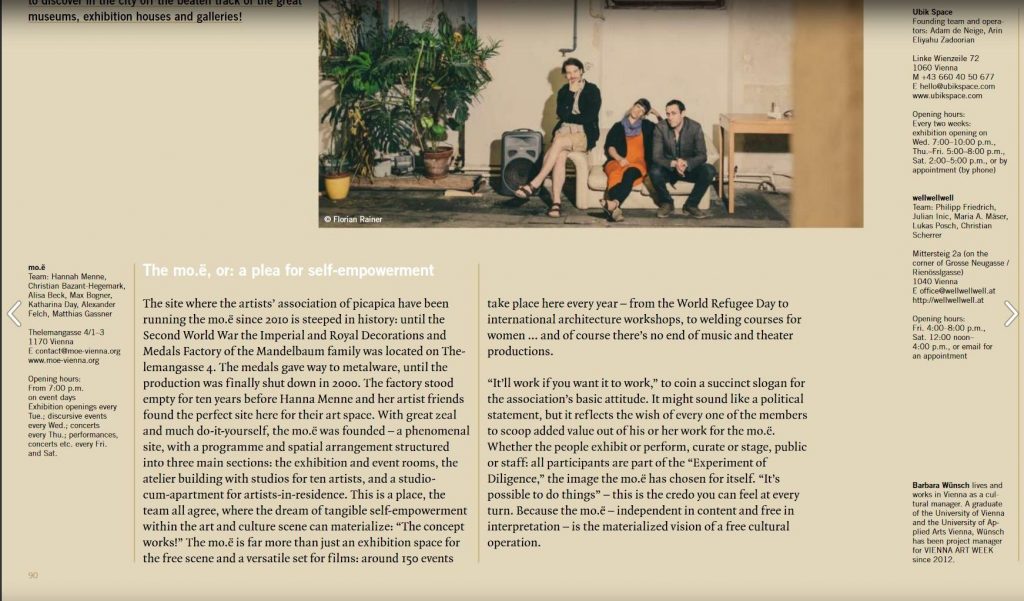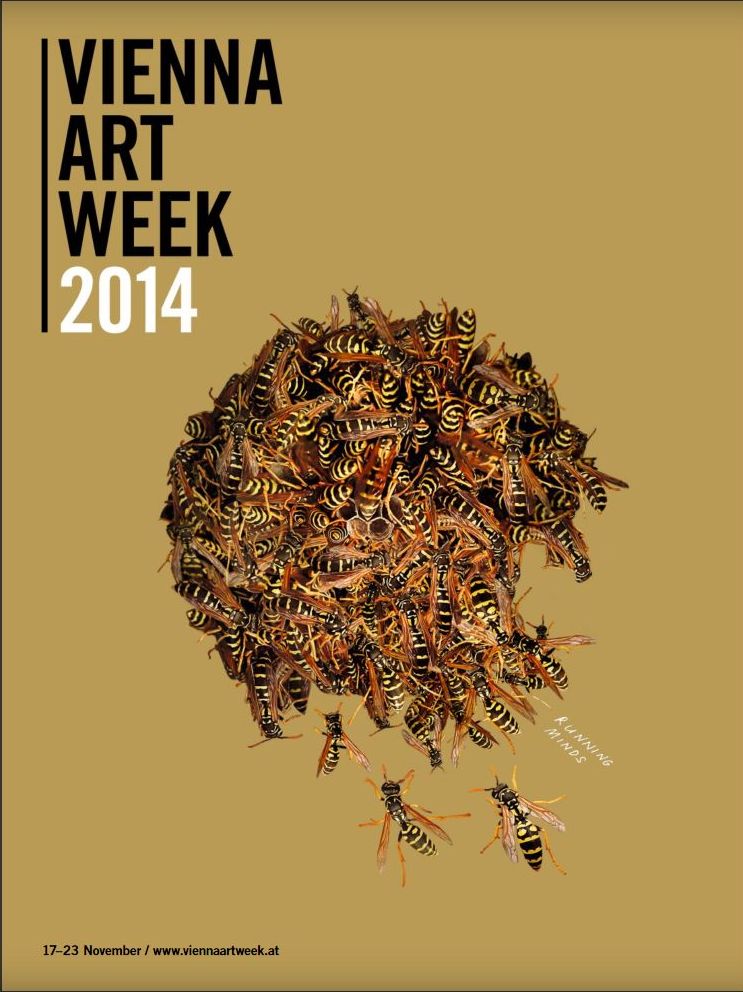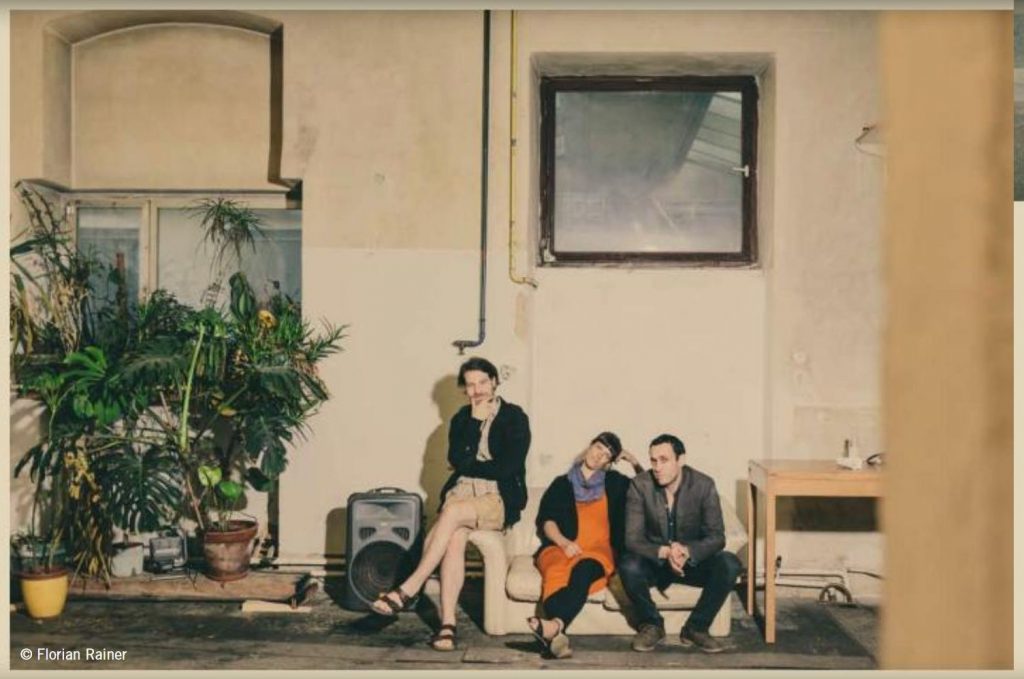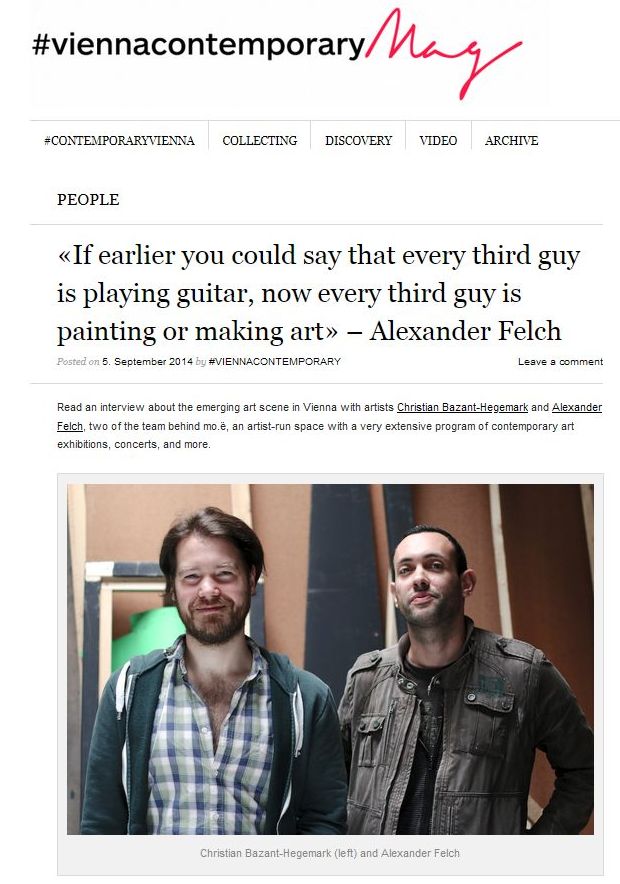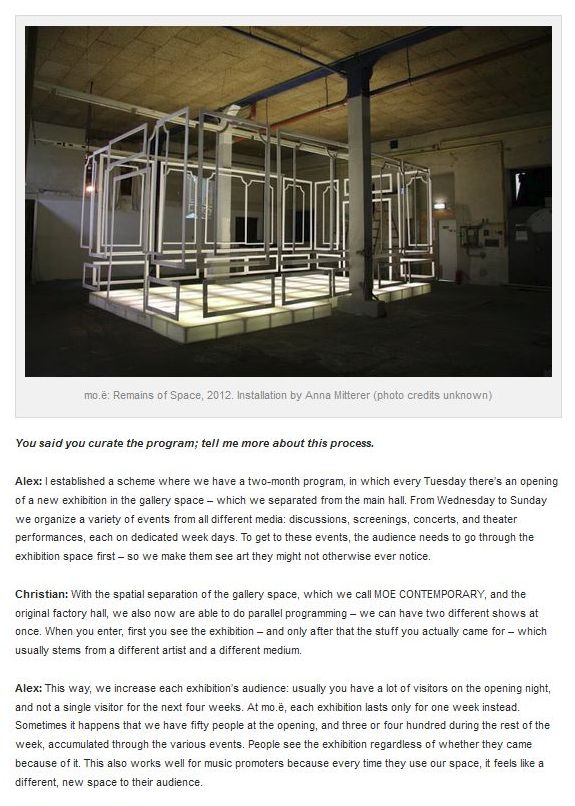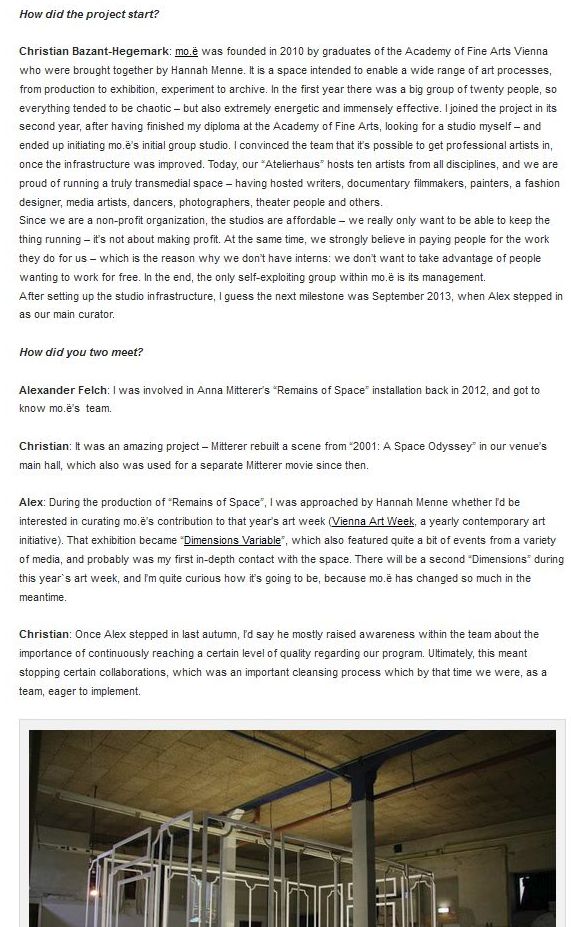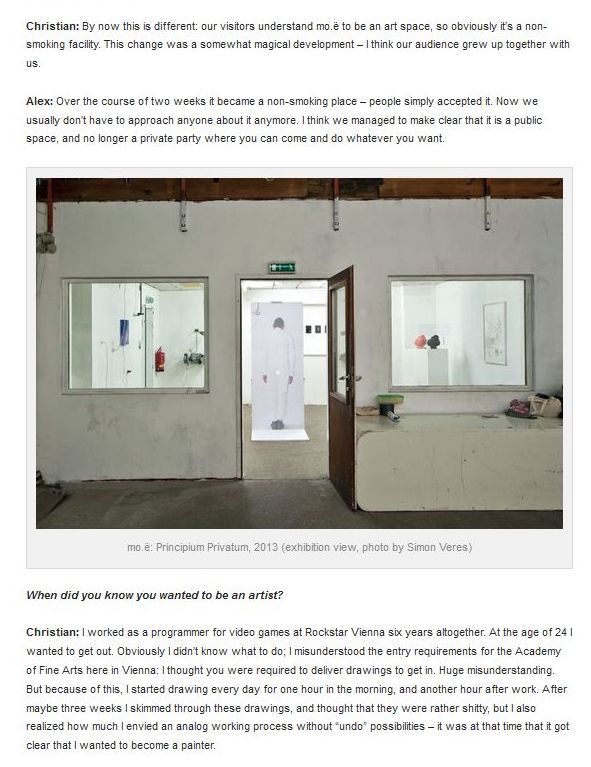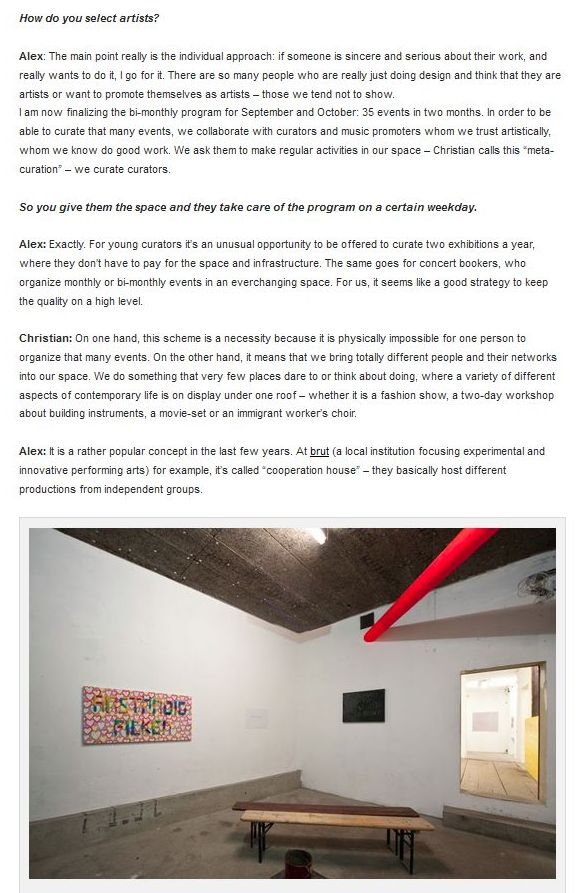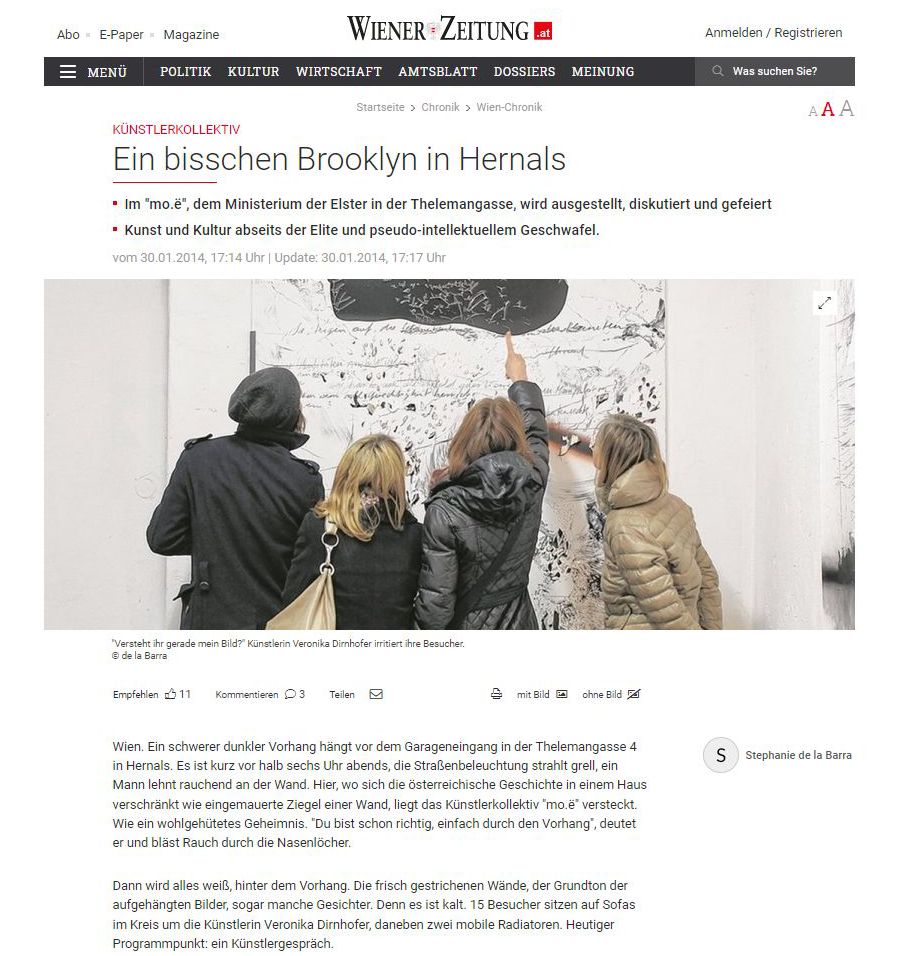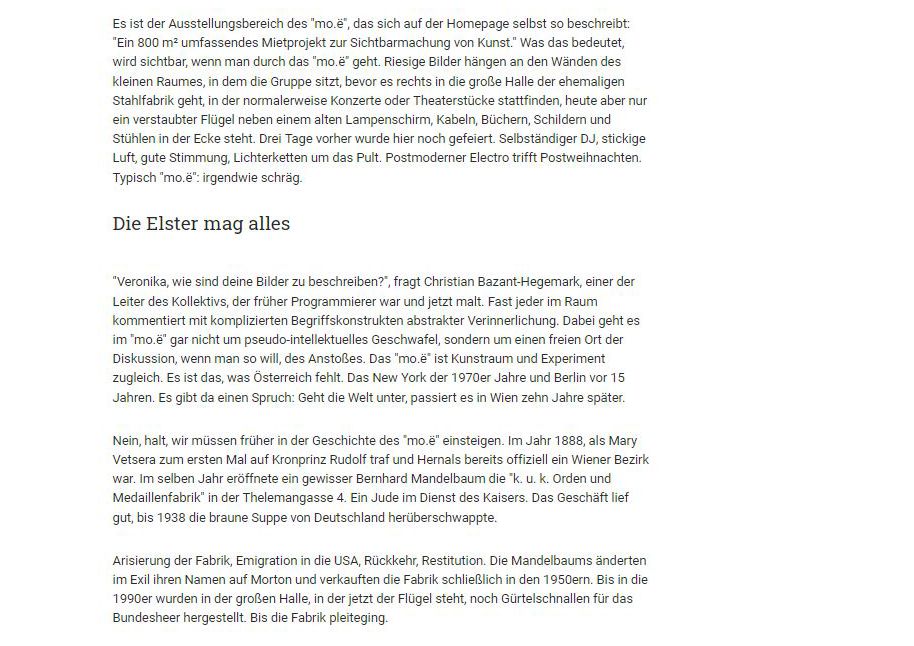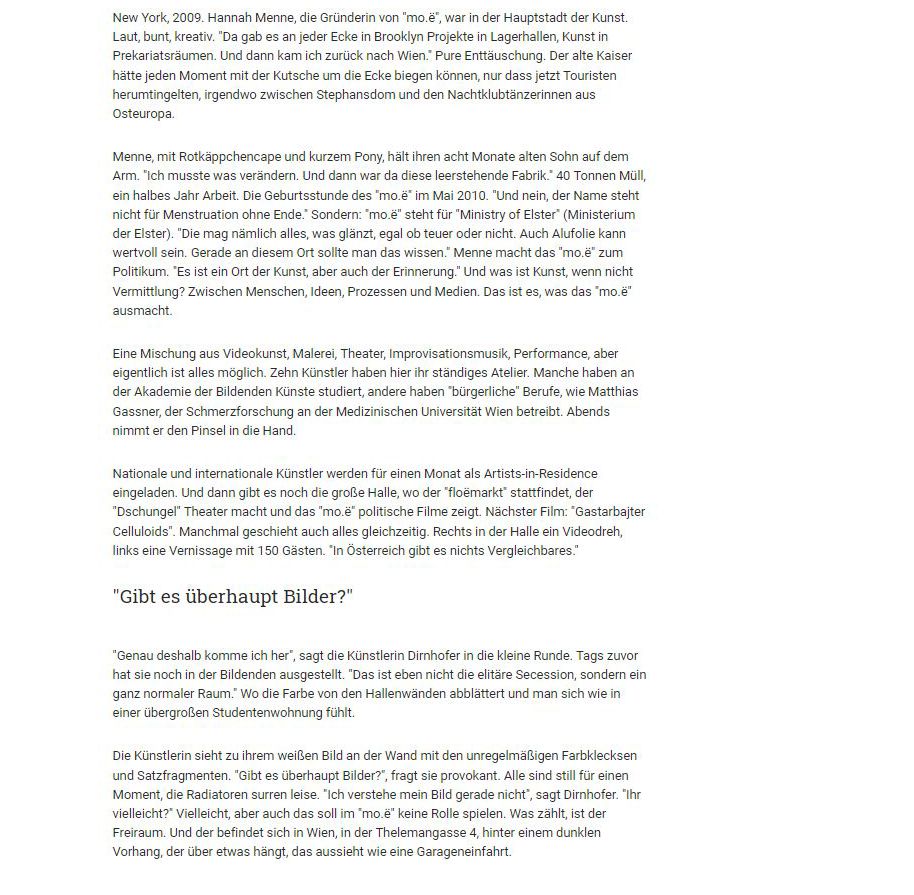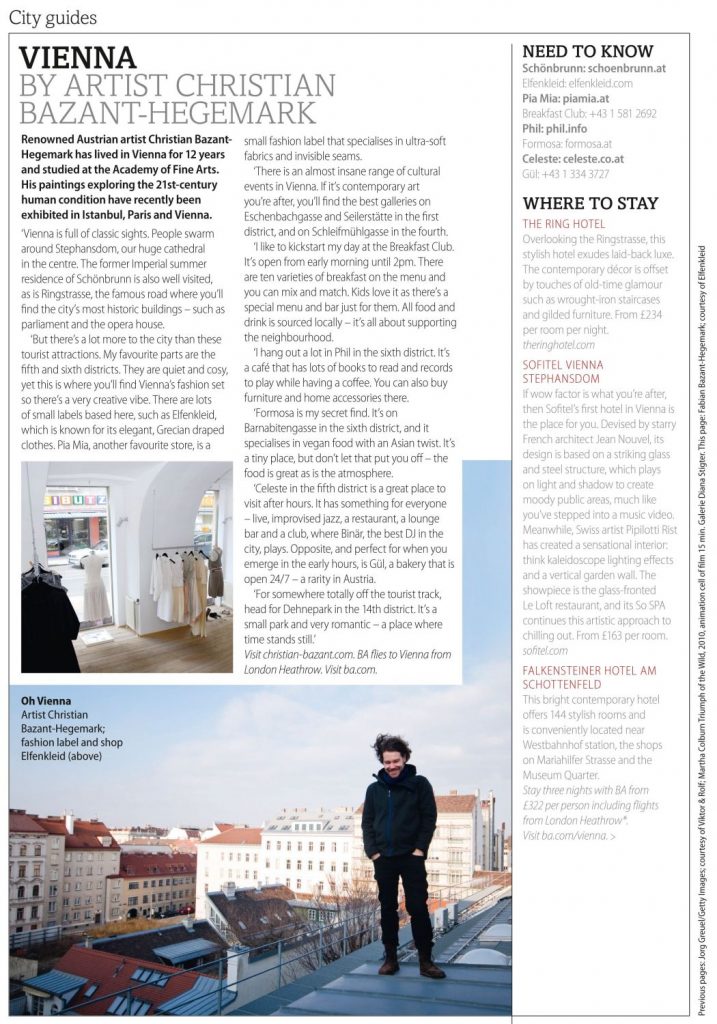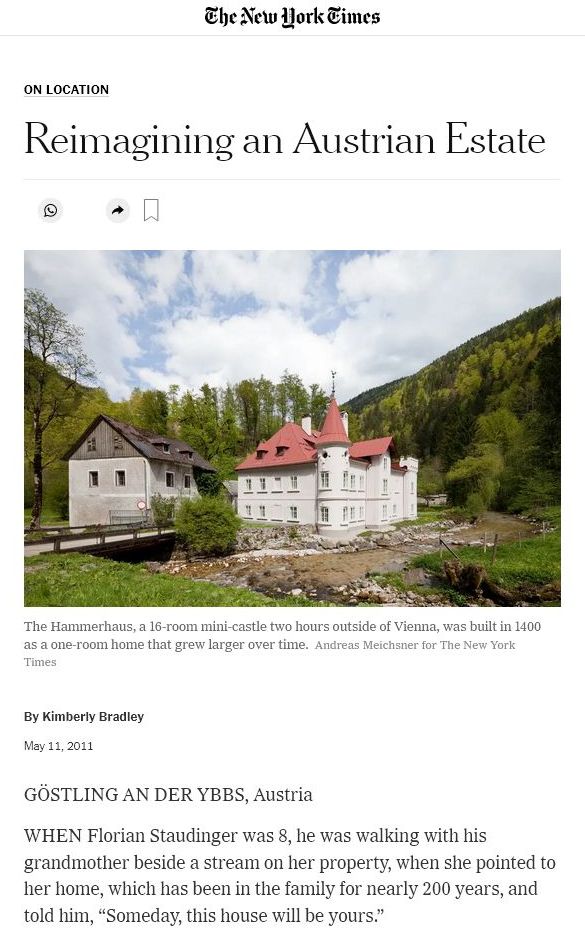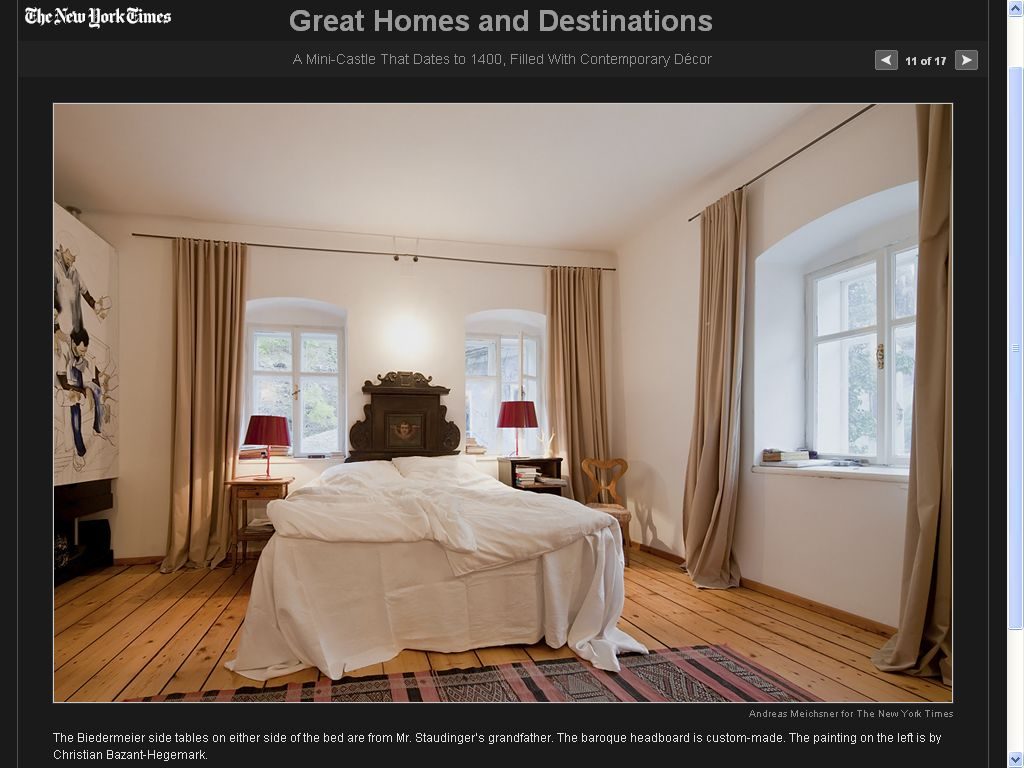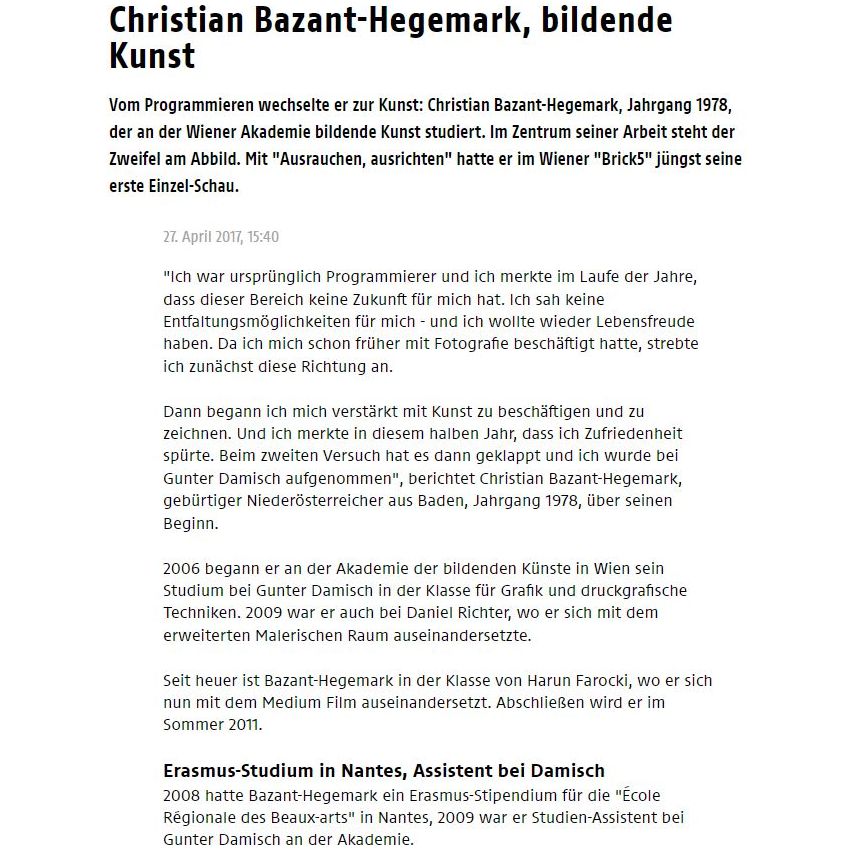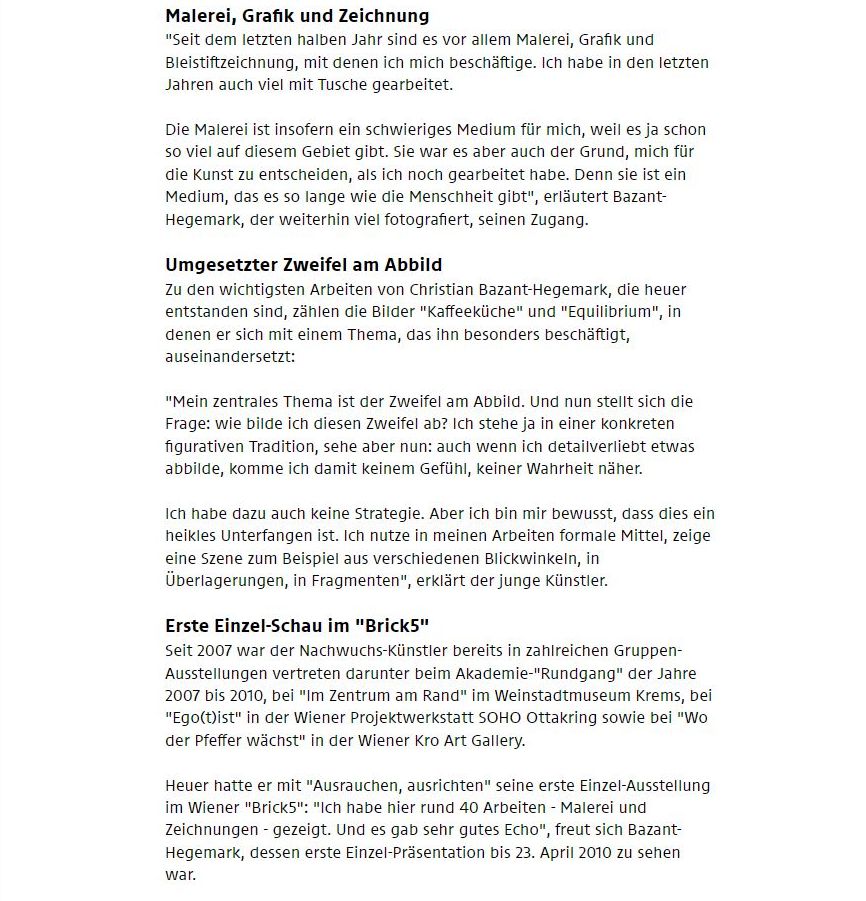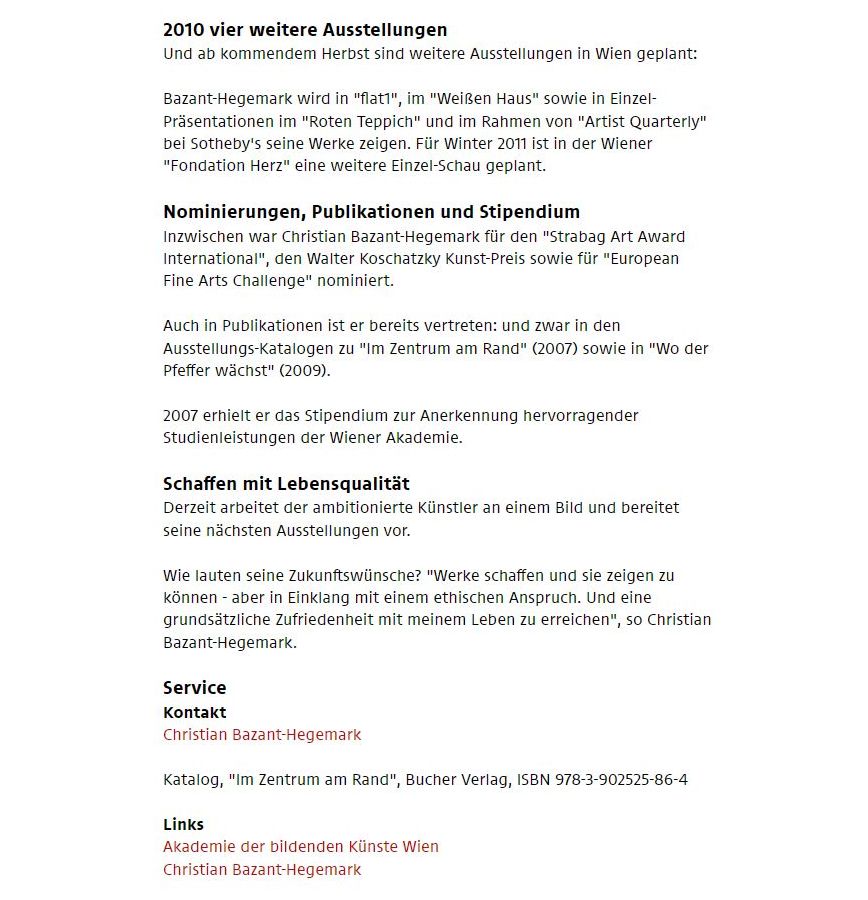Zeichnen fühlt sich für mich sehr natürlich an. Ähnlich wie zu schreiben ermöglicht es eine hohe Genauigkeit, was zu den verschiedensten visuellen Abbildungen benutzt werden: Präzision, Unschärfe, Striche oder Flächigkeit, Monochromie oder Farbigkeit. Man kann Striche wegradieren, aber der ursprüngliche Druck des Stiftes hinterlässt auf vielen Trägermedien dennoch eine Spur: Zeichnen ist für mich ein rein additiver Prozess.
Ich zeichne meist auf Papier, und radiere dabei kaum – diese Haltung ist noch ein Überbleibsel aus meiner Zeit als Programmierer, wo mich das Arbeiten in unendlichen Versionen und Undo-Stufen oft eher gestresst als empowered hat. Zu zeichnen wird für mich dadurch auf eine Weise meditativ, dem Moment verhaftet, und damit auch dem Sprechen ähnlich – es ermöglicht im Unterschied dazu aber eine Nachverfolgbarkeit: jede Zeichnung ist immer auch auch ein Dokument von Spuren, von Handlungen und Geschehnissen die an ihr geschahen. Am stärksten empfinde ich das wenn ich Tusche mit der Feder auf Papier anbringe – es führt zu einer Art performativen Permanenz: man ist im Moment, aber der Moment bleibt bestehen.
Zeichnen war das erste Medium das ich genutzt habe, es half mir beim Einstieg in die Kunst: Bleistift und Papier. Es ist ein Medium ohne große Schwellen oder Kosten, ohne große Kaschierungsmöglichkeiten: Zeichnungen zeigen klar was sie sind.
Durch Zeichnungen kann man sich die Welt erlebbar machen; sie erlauben ein Verständnis von Dingen, Situationen, Ideen, ohne dass diese vorab bereits verbalisierbar sein müssten. Wo ein Ausstellungstext künstlerische Arbeiten für andere öffnen möchte, möchten meine Zeichnungen vor allem mir selbst etwas öffnen: sie sind damit auch vorverbale Möglichkeiten.
Man kann auf unterschiedlichen Materialien zeichnen. Ich nutze dabei so häufig Papier, dass die Idee von Zeichnungen für mich eigentlich nicht von der des Papiers trennbar ist. Papier besteht aus verbundenen Fasern, hat bestimmte, sehr konkrete Haptiken, ist vergleichsweise erschwinglich und definitiv sehr verletzbar. Es nimmt Farbtöne auf, speichert sie. Es speichert sie irgendwie auch sehr unzuverlässig – ohne Fixativ werden Bleistiftzeichnungen sehr dynamische Abenteuer, verlieren sich in sich selbst. Daher zeichne ich oft mit Tusche, was einen Kompromiss zwischen der Exaktheit der Linie und der Offenheit des Wischens ermöglicht – aber mit der Gewissheit der Permanenz. Tusche und Bleistift und Papier sind mein persönliches Triumvirat zeichnerischer Möglichkeiten.
Ich zeichne Menschen, Objekte, Dinge. Situation, Handlungsstränge, Narrative. Eigentlich zeichne ich auch Worte und Noten – sowohl meine Schrift, als auch meine Unterschrift haben sich durch die jahrelange zeichnerische Auseinandersetzung geändert, sind persönlicher geworden. Sind ästhetische Ansprüche erst einmal erarbeitet, weiten sie sich überallhin aus, eben auch auf das eigene Schriftbild oder die Notation von Musik.
Seit 2015 benutze ich Zeichenmaschinen für manche meiner Vorzeichnungen. Basis hierfür ist eine Software die ich entwickelt habe, die unter anderem Fotos auf ihre Kanten abtasten und in Vektoren umwandeln kann. Ähnlich wie die vorhin beschriebenen Skizzen sind diese Algorithmen eine weitere Form des persönlichen Ausdrucks. Man sieht sie nur durch ihr Resultat (die Abstraktionen von Bildinhalten), beim Programmieren geht es für mich aber um etwas anderes: Programmcode hat eigene Ästhetiken, die den Softwarenutzenden nie sichtbar sind: Leerzeichen, Strukturen des Programmflows, der Aufbau von Funktionen, dutzende offene Enden für spätere Erweiterungen. Code ist nicht abschließbar, und ist dadurch auf fast heimliche Weise performativ. Code ist wie eine offene Zeichnung – die niemand je sieht.
Die Hardware und Algorithmen die ich nutze um digitale Daten zu Papier zu bringen sind schlampig und fehlerhaft, sie schaffen es noch nicht einmal eine gerade Linie zu zeichnen. Damit fühle ich mich wohl, denn ich selbst könnte das ohne Lineal ja auch nicht. Gemeinsam sind diese Software, die Zeichenmaschinen und ich eine Art Triumvirat der Ungenauigkeiten. Wenn meine Schrift und Skizzen mir persönlichen Ausdruck ermöglichen, trifft das im Kontext der Zeichenmaschine auch auf die Algorithmen zu, die ich dazu geschrieben habe.
Meine Software kann sowohl Bilder als auch Bewegtbilder verarbeiten. Der Workflow den ich etabliert habe um Videos zu zerlegen, zu verarbeiten, zusammenzuführen und mit Ton zu synchronisieren ist erneut eher skurril bzw. anstrengend, was den Vorteil hat dass ich in digitalen Werkzeugen das Gefühl analoger Workflows erfahren kann. Fehler bekommen Haltbarkeit, Anstrengungen werden sichtbar.
Über die Jahre habe ich unterschiedliche Werkserien in unterschiedlichen Malstilen erarbeitet – aber auch zur Malerei bin ich letztlich nur durch die Zeichnung gekommen. Ich behandle die Leinwand häufig insofern wie Papier, dass es eine klare Trennung zwischen Hintergrund und Vordergrund gibt; der Hintergrund wird malerisch, aber der Vordergrund bleibt zeichnerisch und betont die Linie. Ich nutze oft Outlines um Objekte bzw. Fragmente voneinander visuell abzugrenzen, oder ihnen räumliche Tiefe zu verleihen.
In diesem Text steht nichts über den Inhalt meiner Arbeit; ich verstehe sie als Resonanzplattform die von konkreten Erklärungen wenig profitiert. Man kann sich ihr nähern wie dem meditieren: durch Interesse und Achtsamkeit.
